The best camera for photography 2025: top picks for every budget
The best camera for photography, whatever your budget

- Quick list
- 1. Best full-frame hybrid
- 2. Best beginner
- 3. Best for pro stills
- 4. Best APS-C
- 5. Best Micro Four Thirds
- 6. Best premium compact
- 7. Best value
- 8. Best DSLR overall
- 9. Best instant camera
- 10. Best sports hybrid
- 11. Best for image quality
- 12. Best pro DSLR
- Also consider
- How to choose
- Meet the team
- How we test
TechRadar started testing cameras almost 20 years ago. Since then, our expert team has reviewed more than 1,000. As a result, we know exactly what makes a great tool for shooting stills. While many modern cameras are hybrid models, some stand out for their photographic strengths. That’s what we’ve featured here, drawing on our extensive experience.
If we had to pick a stand-out stills camera in 2025, it would be the Nikon Z6 III. In our review, we were impressed by its speed, performance and image quality. We also found it an intuitive camera to handle. Taken together, we think that makes it a superb camera for covering all manner of scenarios. That said, new photographers are better off looking at the beginner-friendly Canon EOS R10.
Our list isn’t limited to the best mirrorless cameras. From premium compacts to good-value DSLRs, we’ve included models of all genres that take great photos. Each recommendation is based on the results of extensive real-world testing, so you know our feedback can be relied upon.
Top 3 picks
The summary below will give you a quick overview of the best cameras for photography right now. When you find one that fits your requirements, follow the links beneath each entry for an in-depth summary of our feedback.

The best full-frame hybrid overall
If you want a full-frame camera that blend power, speed, reliability and quality for both photo and video creatives, the Z6 III is our top pick.
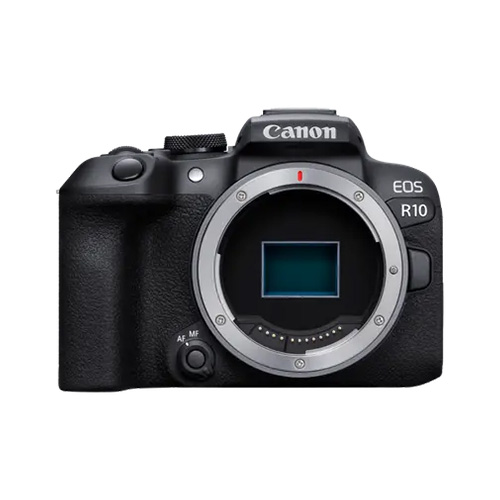
The best camera for beginners
With a compact build, good handling and modern autofocus, the Canon EOS R10 represents excellent value for beginners.

The best professional camera for stills
With a huge pixel count and superb autofocus, the flagship Sony A7R V delivers outstanding stills when paired with a top-tier lens.
Best by use-case
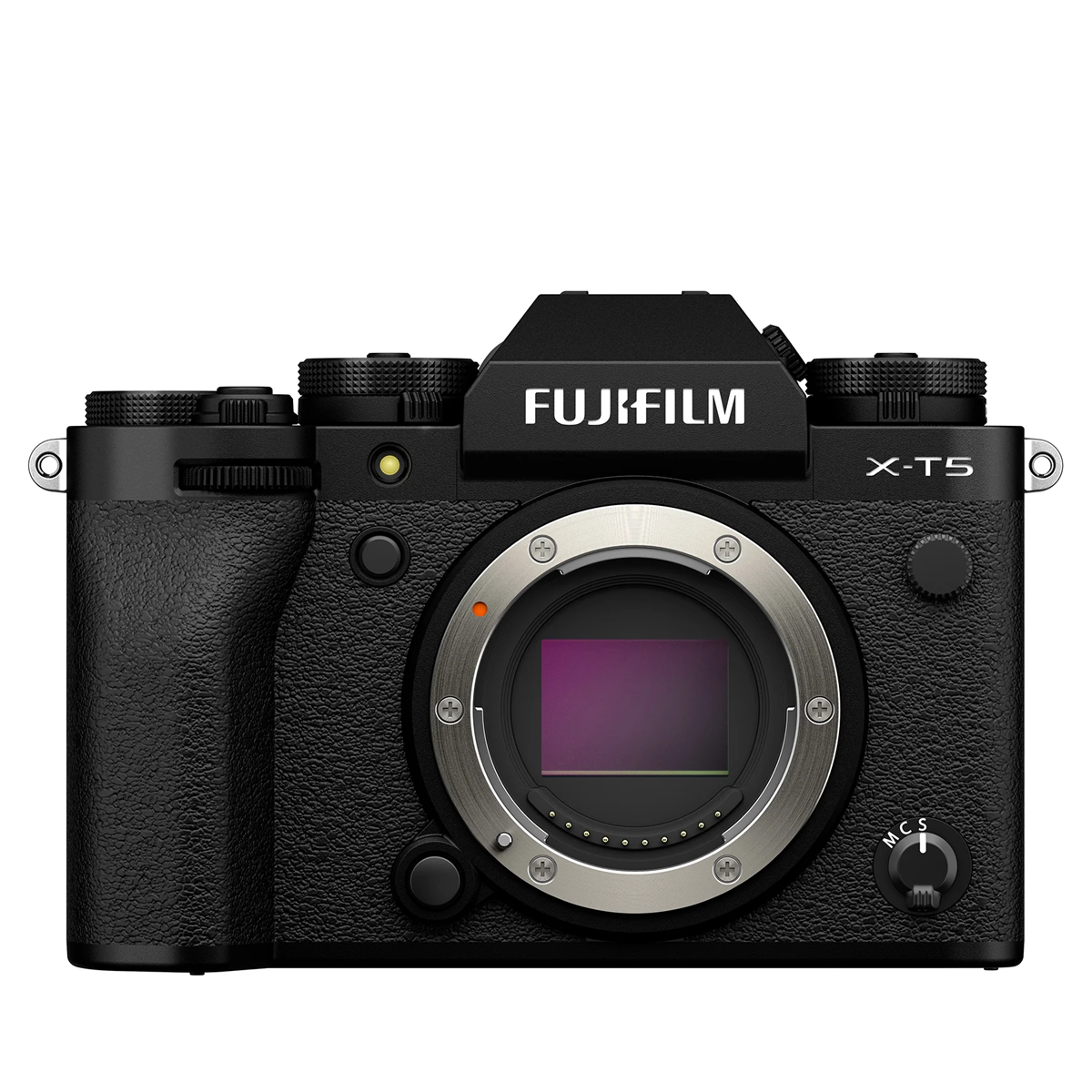
The best APS-C camera for enthusiasts
With 40MP sensor, flagship specs and retro design, the X-T5 is a Sony / Canon-beating camera for hobbyists who want something powerful and fun to shoot with.
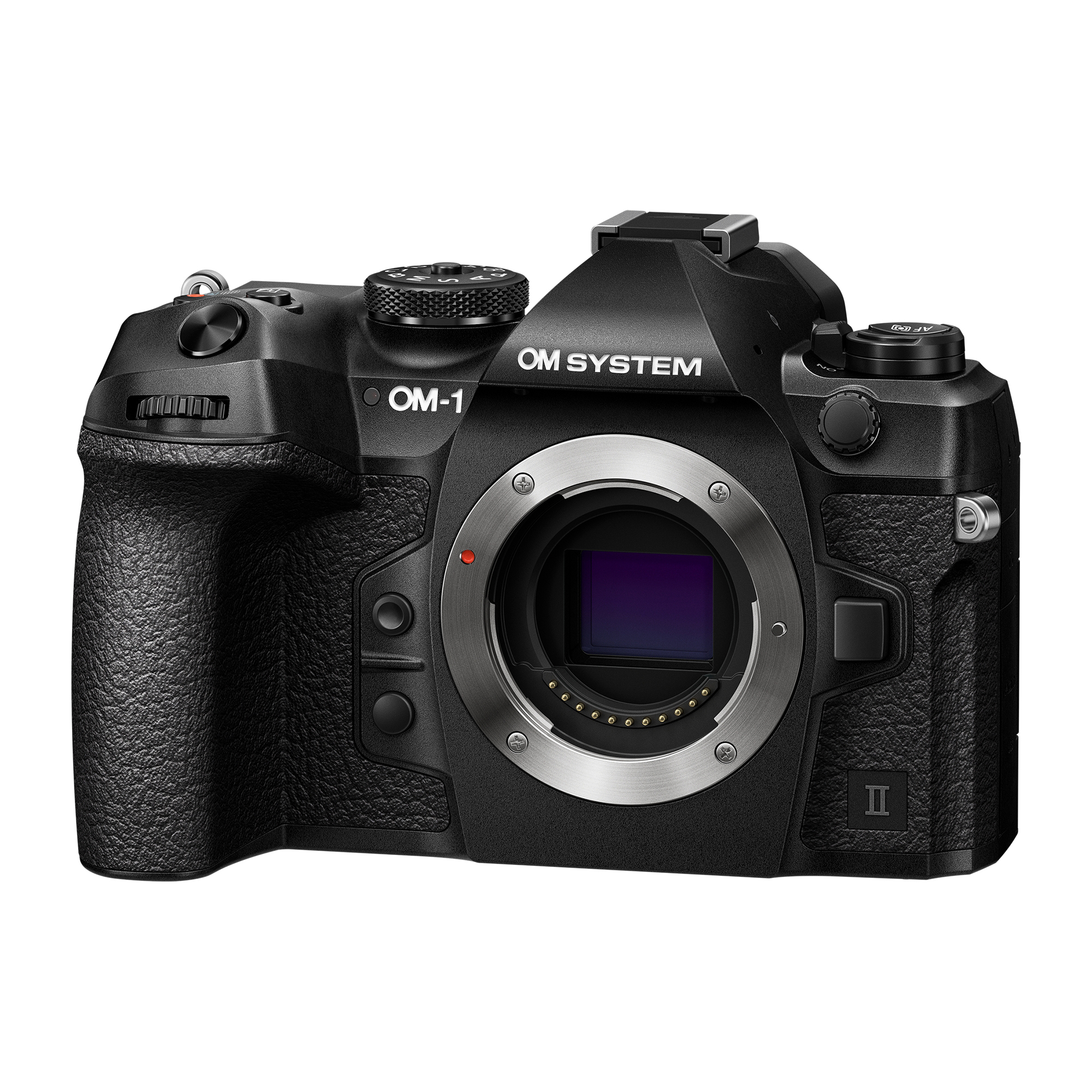
The best Micro Four Thirds camera
Lovely to shoot with, the OM-1 II delivers versatile performance with its 20MP stacked sensor and unique computational modes.
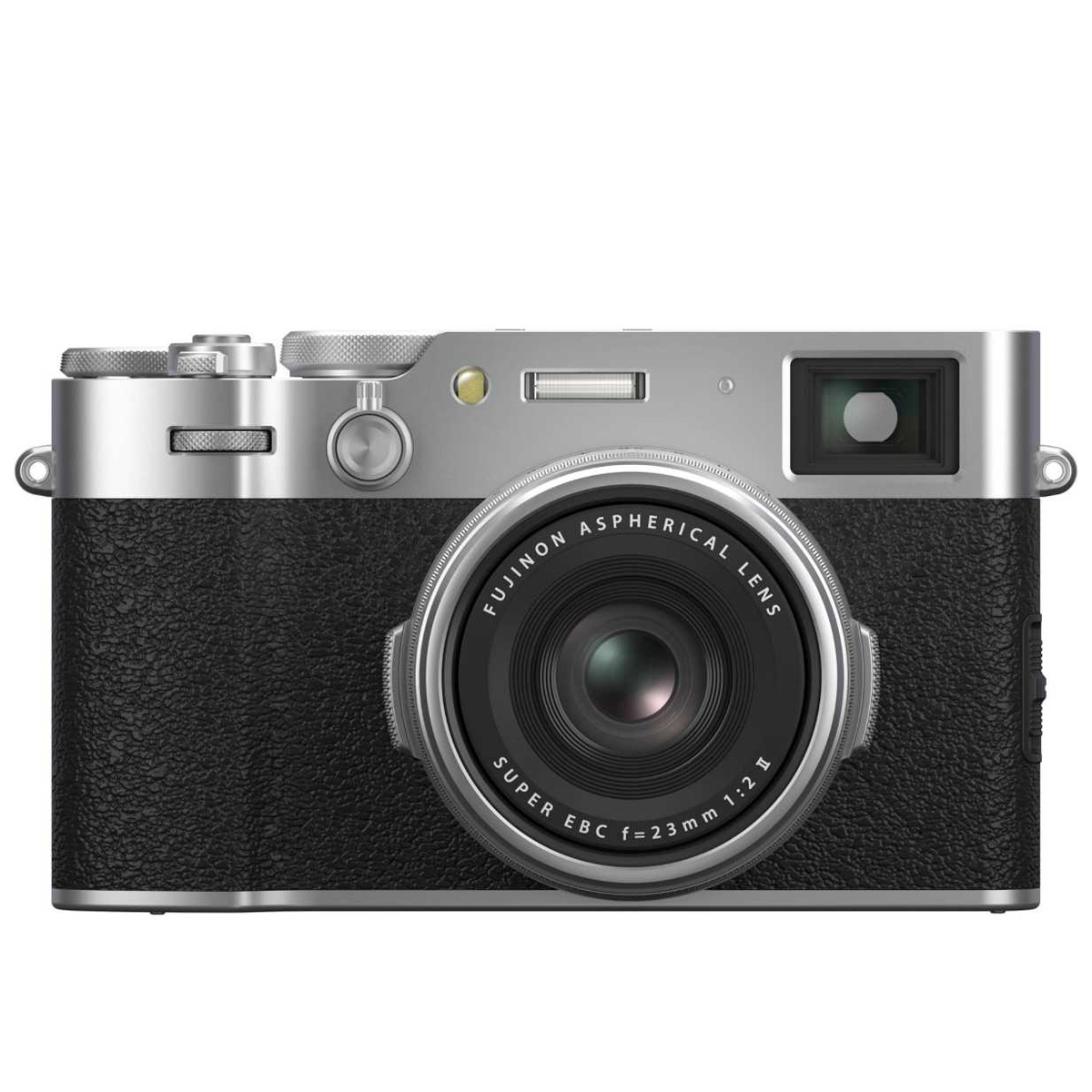
The best premium compact
With a fixed focal length that’s perfect for street photography, the Fujifilm X100V is a premium compact with plenty of retro style.
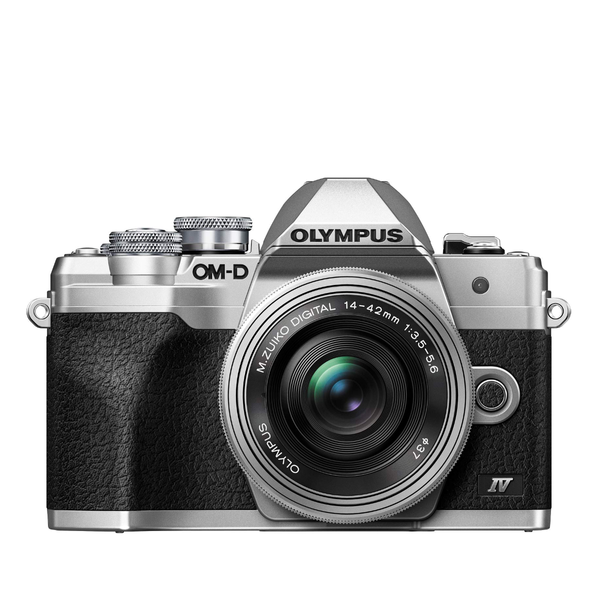
The best value photography camera
It’s not cutting-edge, but a compact body, excellent image stabilization and handy touchscreen make this a great value option.

The best DSLR overall
Nikon's last remaining DSLR with APS-C sensor is an excellent all-rounder with 20.9MP still, superb battery life and intuitive handling.

The best instant camera
If you want an instant camera that’s easy to use, cheap to refill and capable of producing vibrant prints, the Instax Mini 12 is it.
Load the next 3 products...
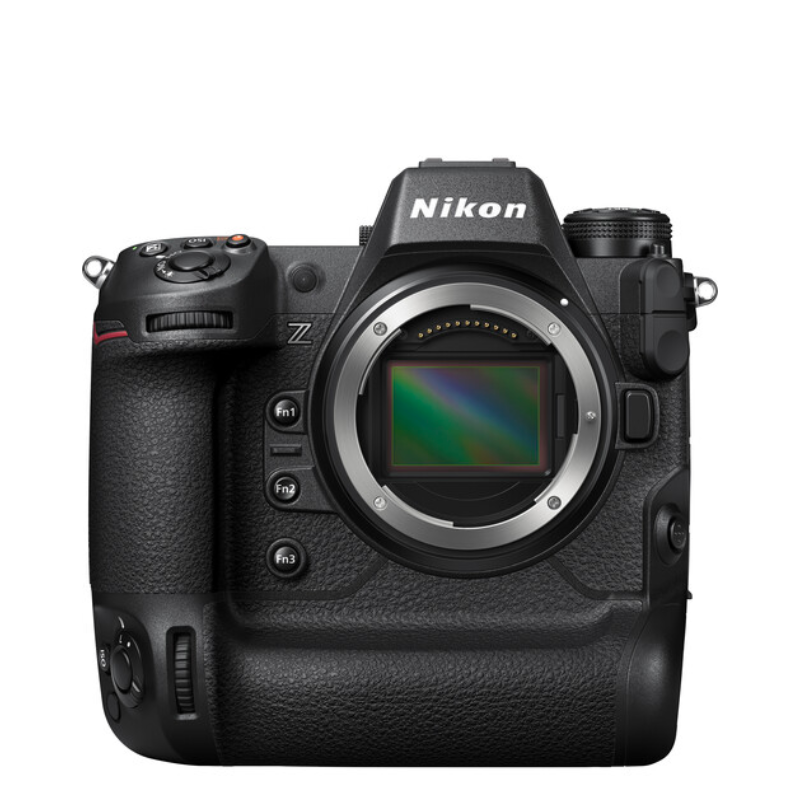
The best pro hybrid for sports and wildlife
Built like a rugged DSLR, the Z9 is Nikon’s most powerful camera ever, complete with an electronic-only shutter and 8K video.

The best for outright image quality
Setting a new benchmark for medium format cameras, the X2D 100C is Hasselblad’s most versatile model yet.

The best pro DSLR
It's not cheap, but if you want the best DSLR money can buy, Canon's flagship has the skills to deliver in any shooting situation.

Tim is TechRadar's Cameras editor, with over 15 years in the photo video industry and most of those in the world of tech journalism, Tim has developed a deeply technical knowledge and practical experience with all things camera related. He notes, "there's often value to be found in choosing one specific to your genre of choice – particularly if that means you don't need a hybrid. A high-resolution camera will suit landscape and portrait photographers who don't need the raw power of a speedy sports camera."
The best camera for photography 2025
Why you can trust TechRadar
Below you'll find full write-ups for each of the best cameras in our list. We've tested each one extensively, so you can be sure that our recommendations can be trusted.
The best full frame hybrid overall
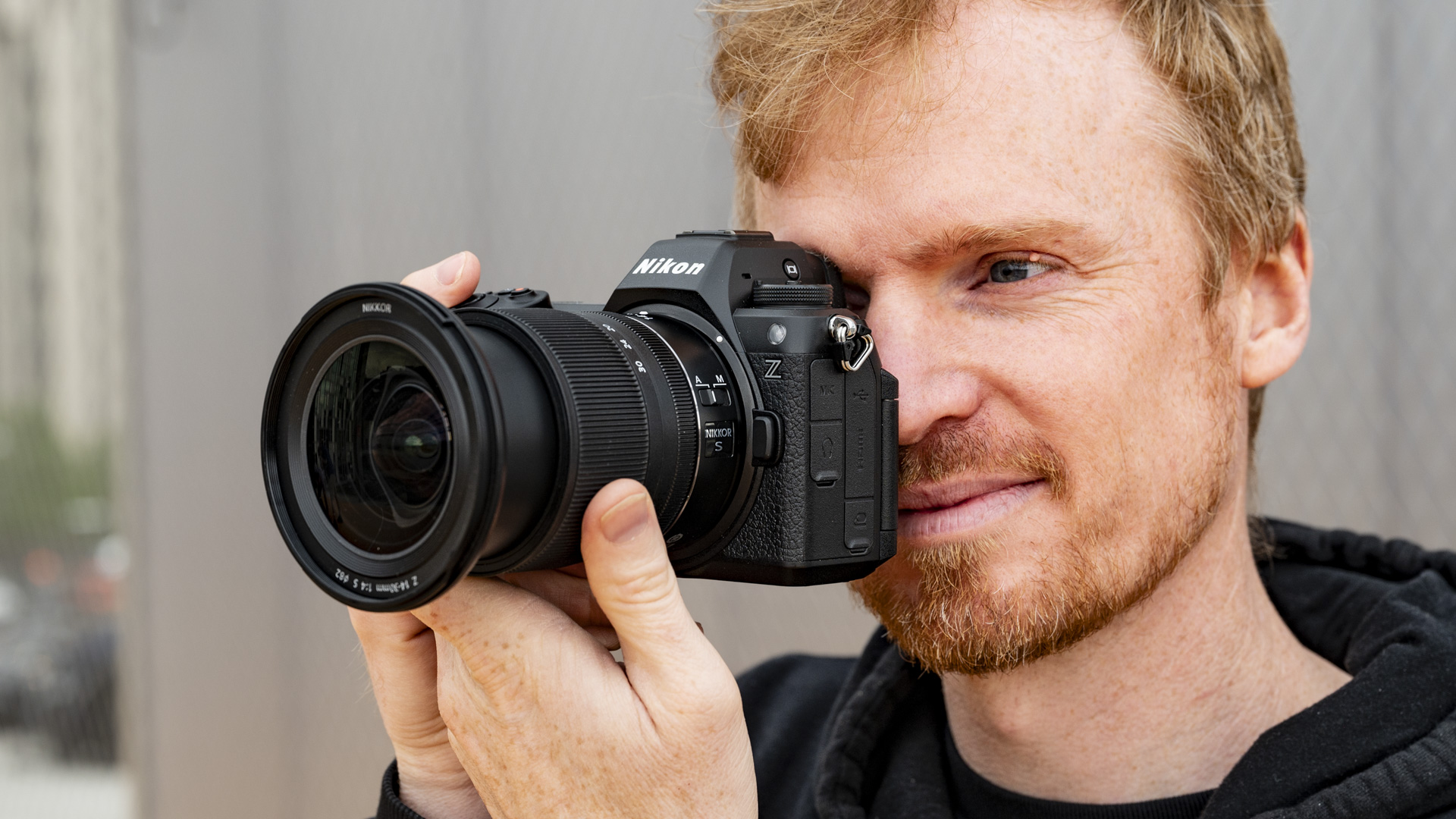
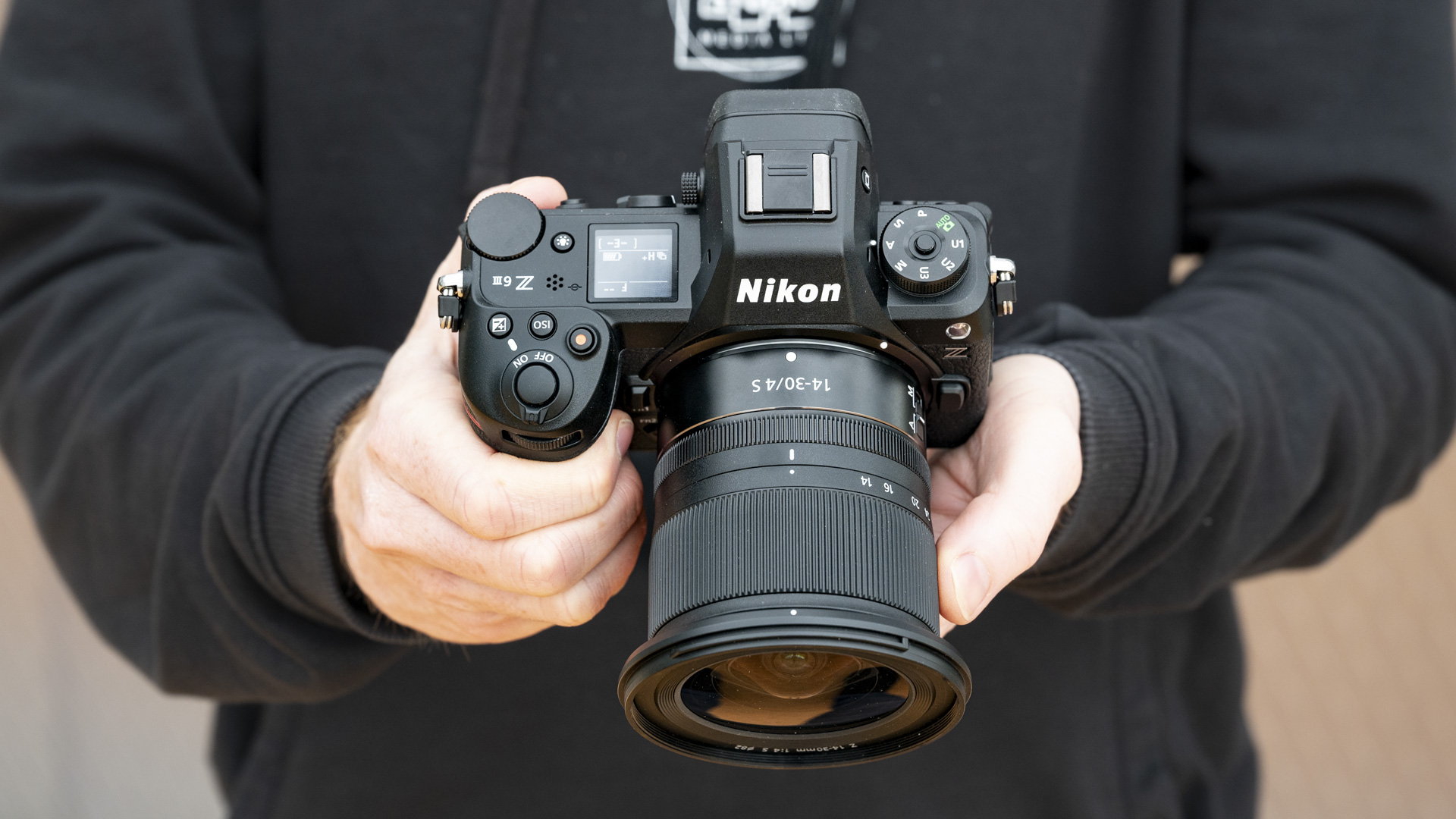
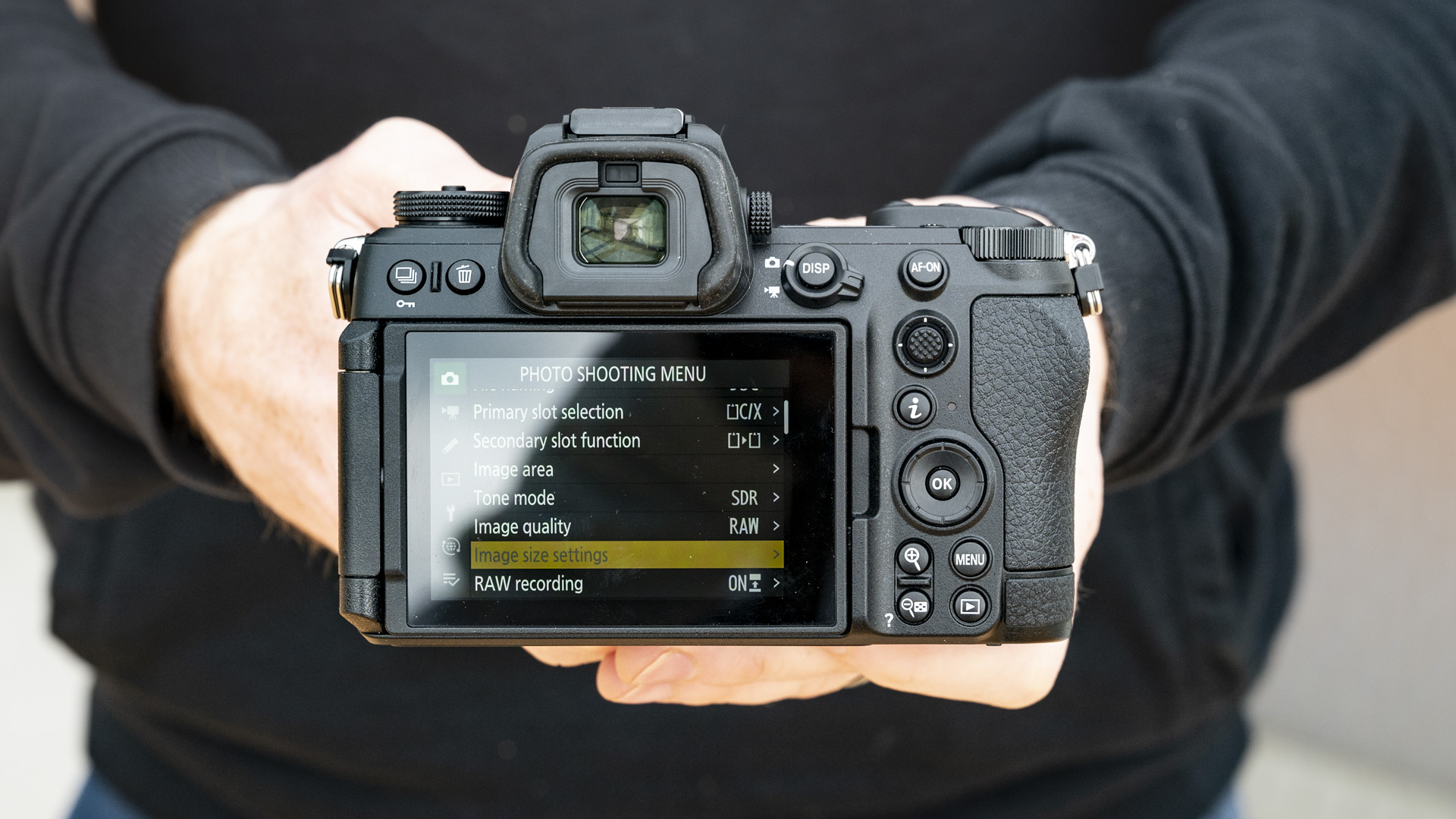
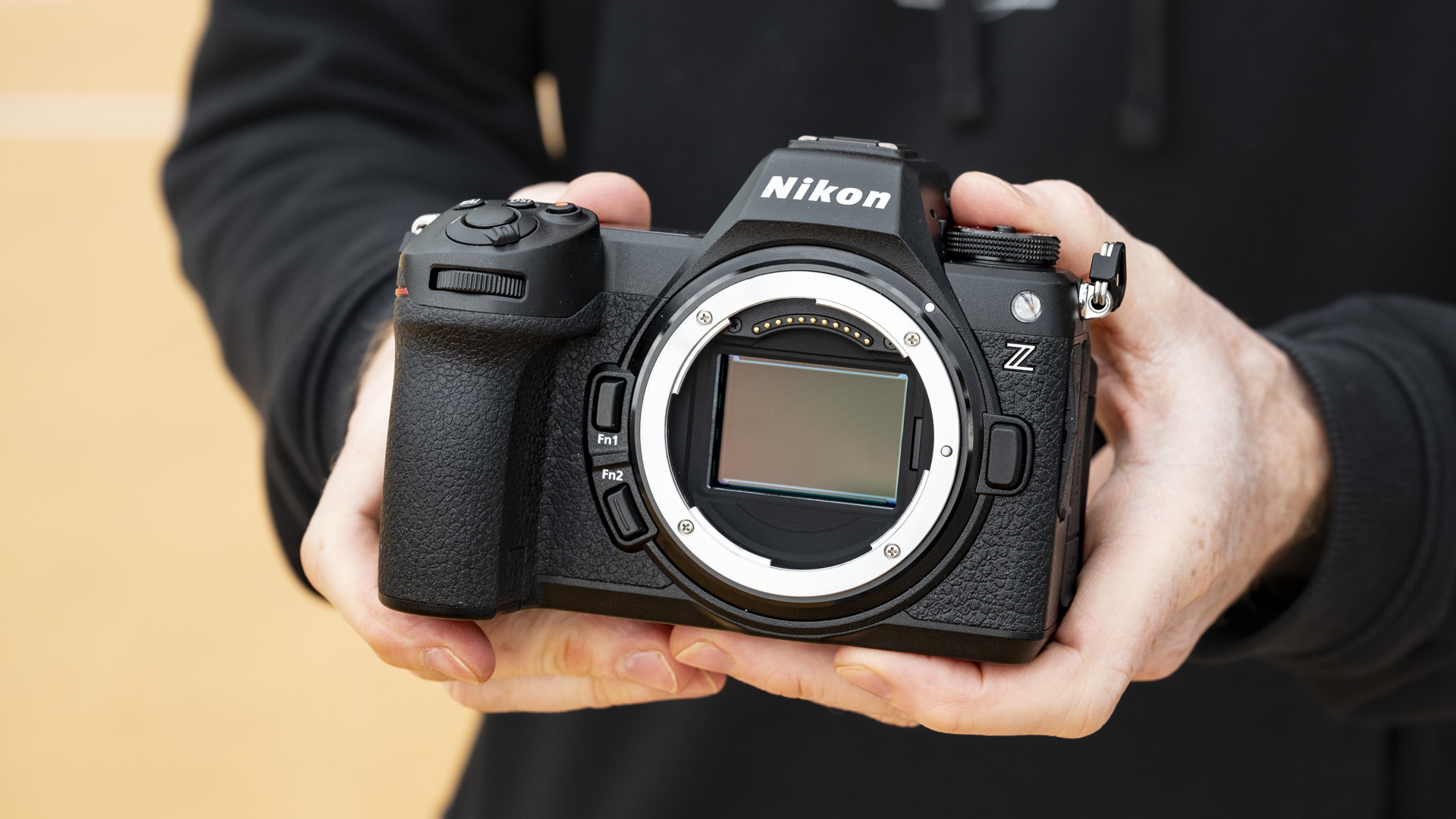
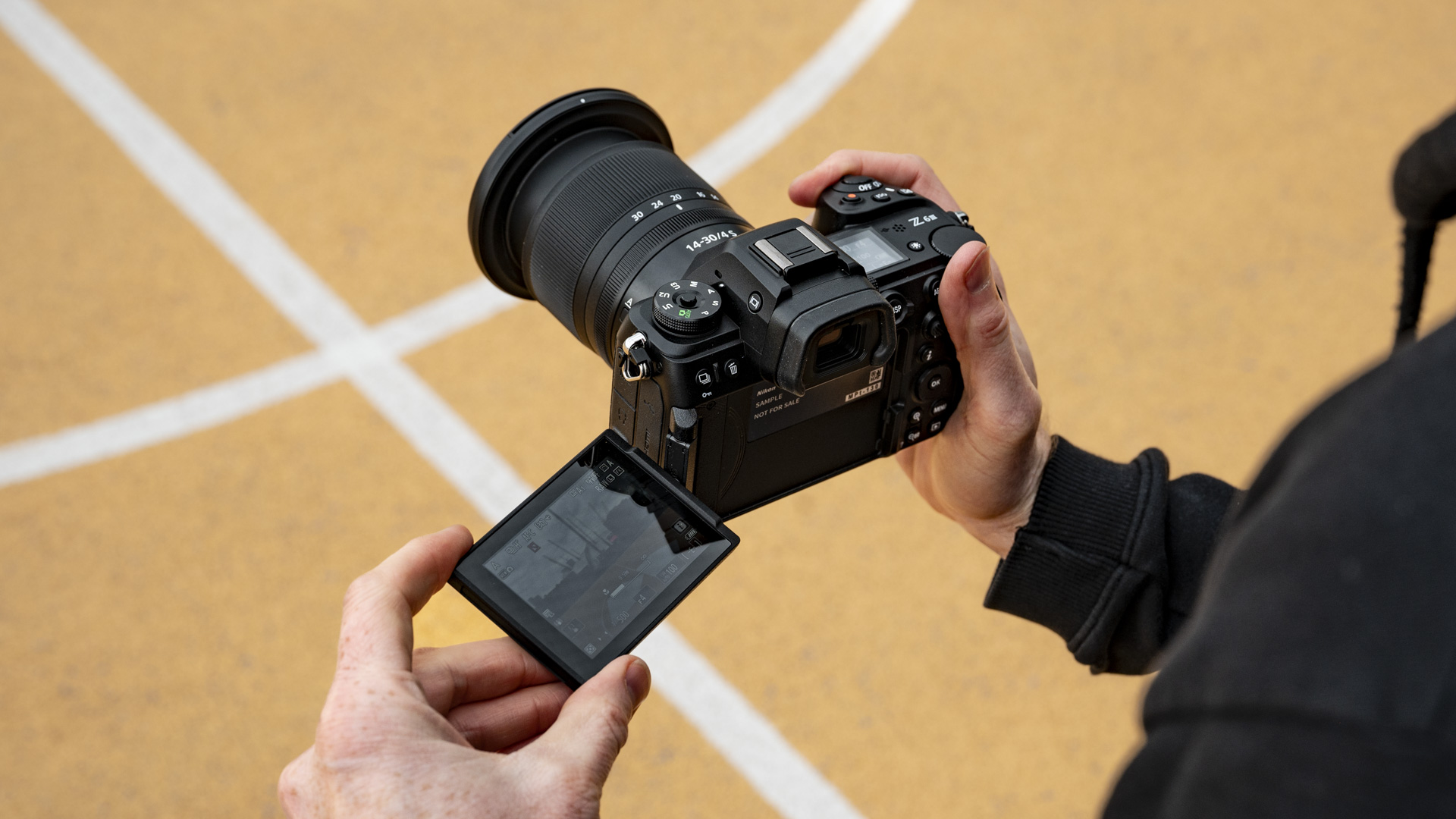
Specifications
Reasons to buy
Reasons to avoid
Nikon Z6 III sample images

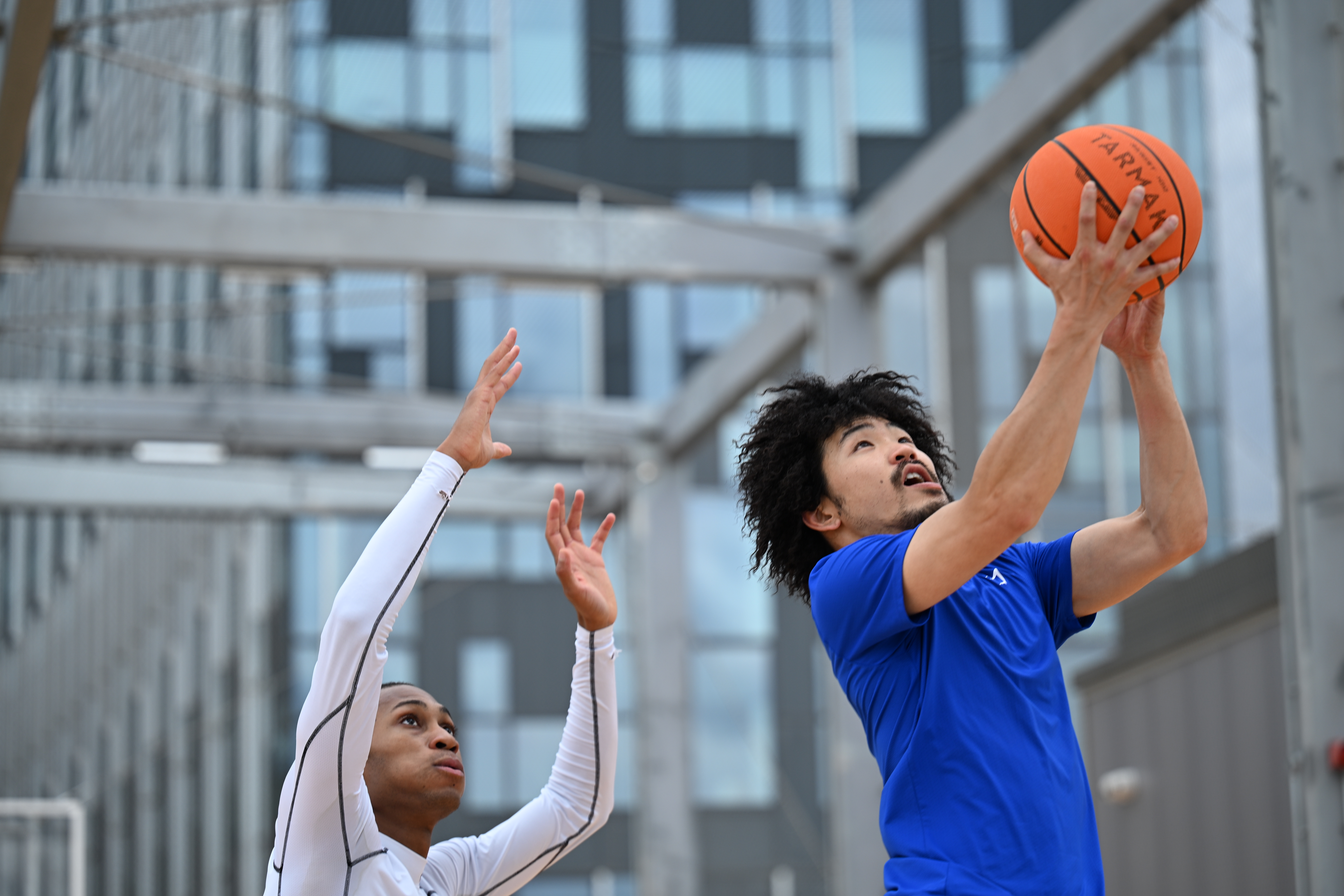
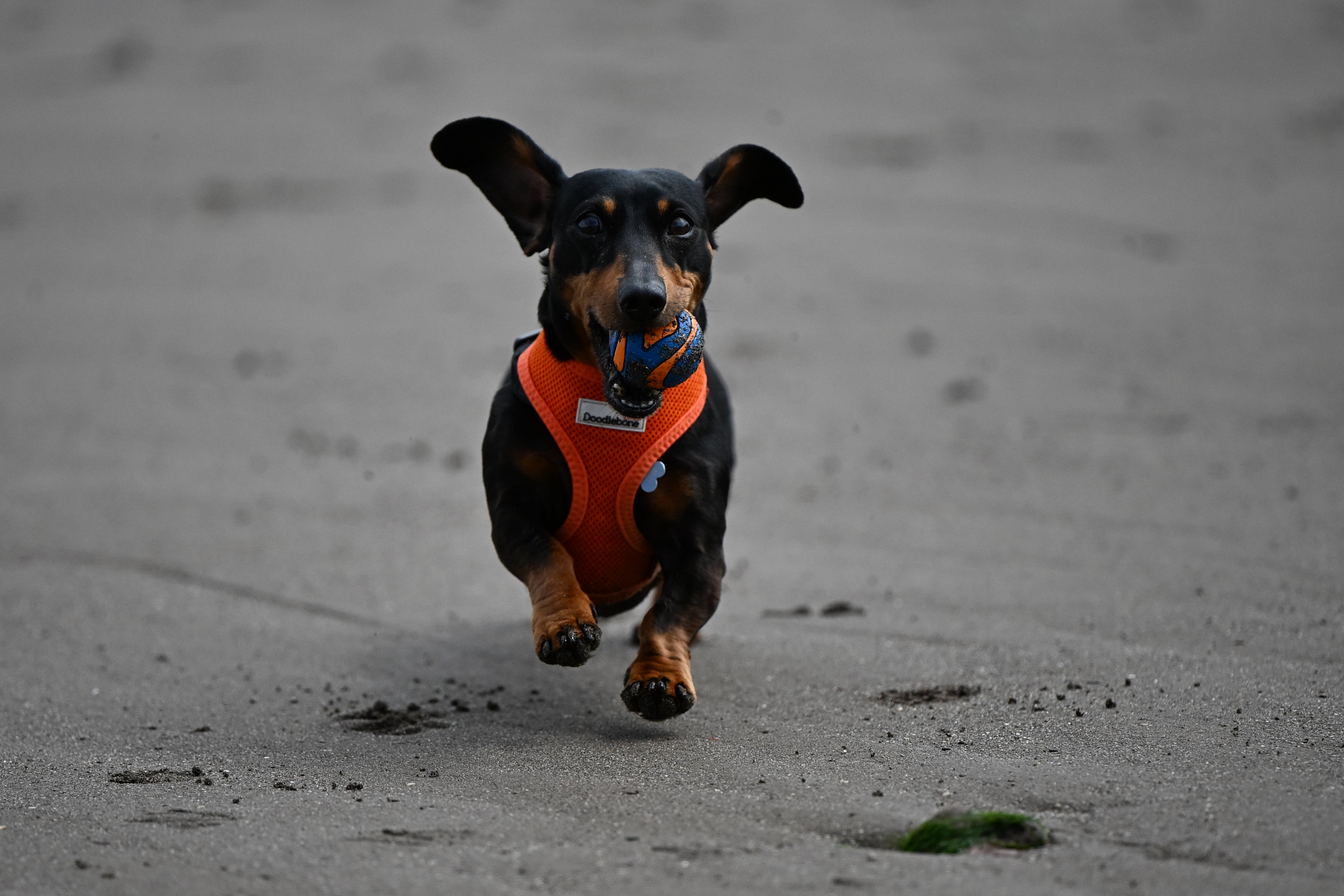

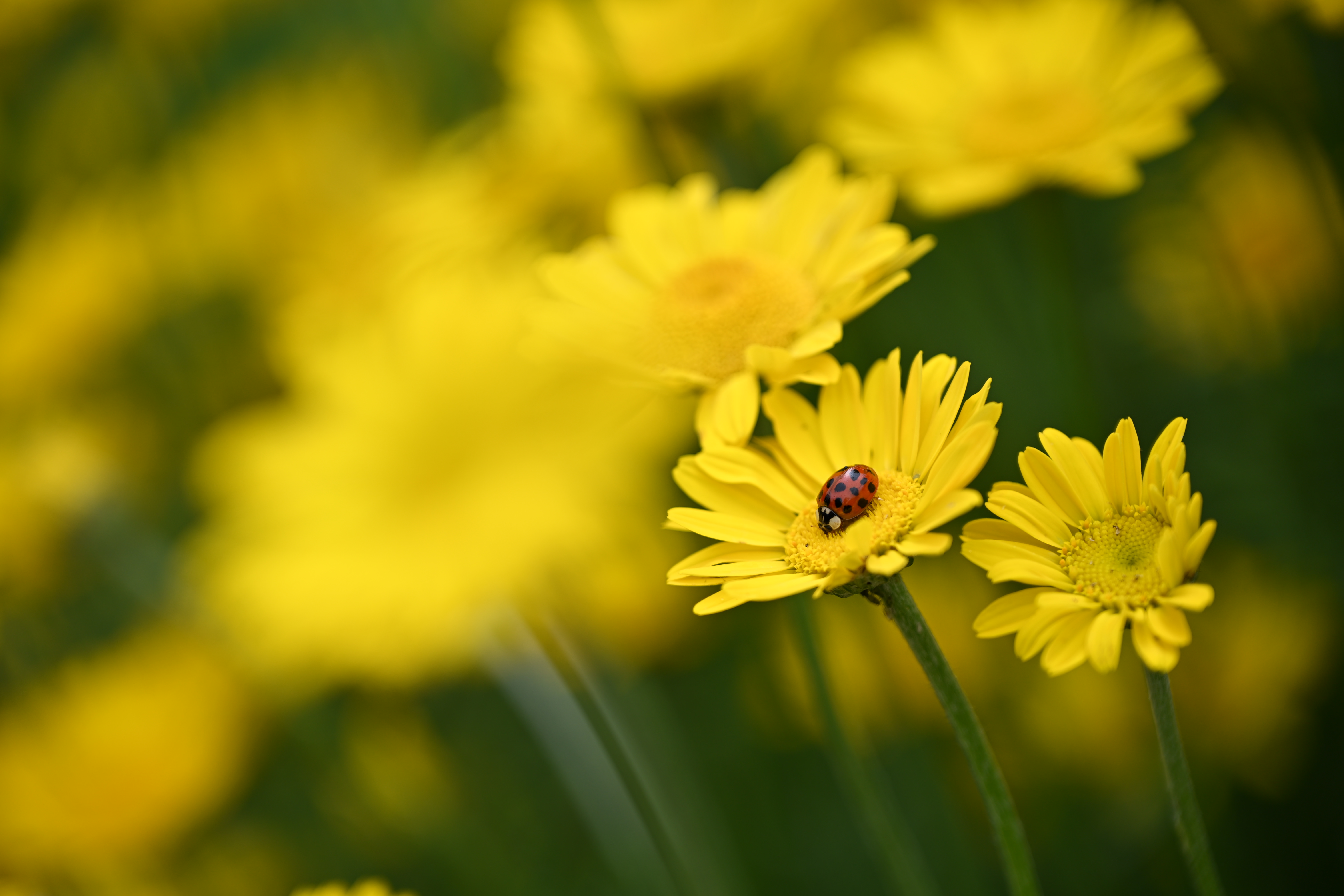
✅ You photograph still and moving subjects: The Z6 III utilizes superb subject detection autofocus and high-speed frame rates, meaning it can handle a wide range of subjects.
✅ You want decent displays: The Z6 III packs Nikon's brightest-ever viewfinder with next-level display, which gives a clear view of the scene, as does the vari-angle touchscreen.
❌ You want the best detail: With a 33MP sensor, Sony's older A7 IV all-rounder still beats the Z6 III for outright detail, but it cannot match the Z6 III's speed.
❌ You only shoot photos: The Z6 III is a powerful hybrid. If you only shoot photos and have no intention of doing video, you might find better value elsewhere.
If you're looking for the best full-frame mirrorless camera overall, we think the Nikon Z6 III mid-range all-rounder is the best choice. It doesn't cost the earth like pro models such as the Nikon Z8, but it still packs Sony A7 IV / Canon EOS R6 II-beating photo and video skills, plus it is a significant upgrade from the cheaper Z6 II.
Its 24.5MP full-frame sensor is par for the course for detail (bettered by the A7 IV), but as a unique partially-stacked type it delivers class-leading burst speeds up to 60fps at full resolution for JPEG. There's also Nikon's best-ever autofocus that stood out during in our review: reliable in low light, able to track a wide range of subjects.
Nikon knows how to make mirrorless cameras that handle really well, and the Z6 III takes things further through Nikon's best-ever EVF (a 5.76m-dot number) – the display is big, vibrant, bright and simply a joy to use, while the 3.2-inch vari-angle screen is also handy for shooting at awkward angles.
However, it's those who also shoot video that will really appreciate the Z6 III, with its 6K video up to 60fps, oversampled 4K raw video, plus regular 4K at 120fps and 10x slow motion up to 240fps in Full HD – all in-camera – plus impressive 120 minute record times.
Read our in-depth Nikon Z6 III review
The best mirrorless camera for beginners

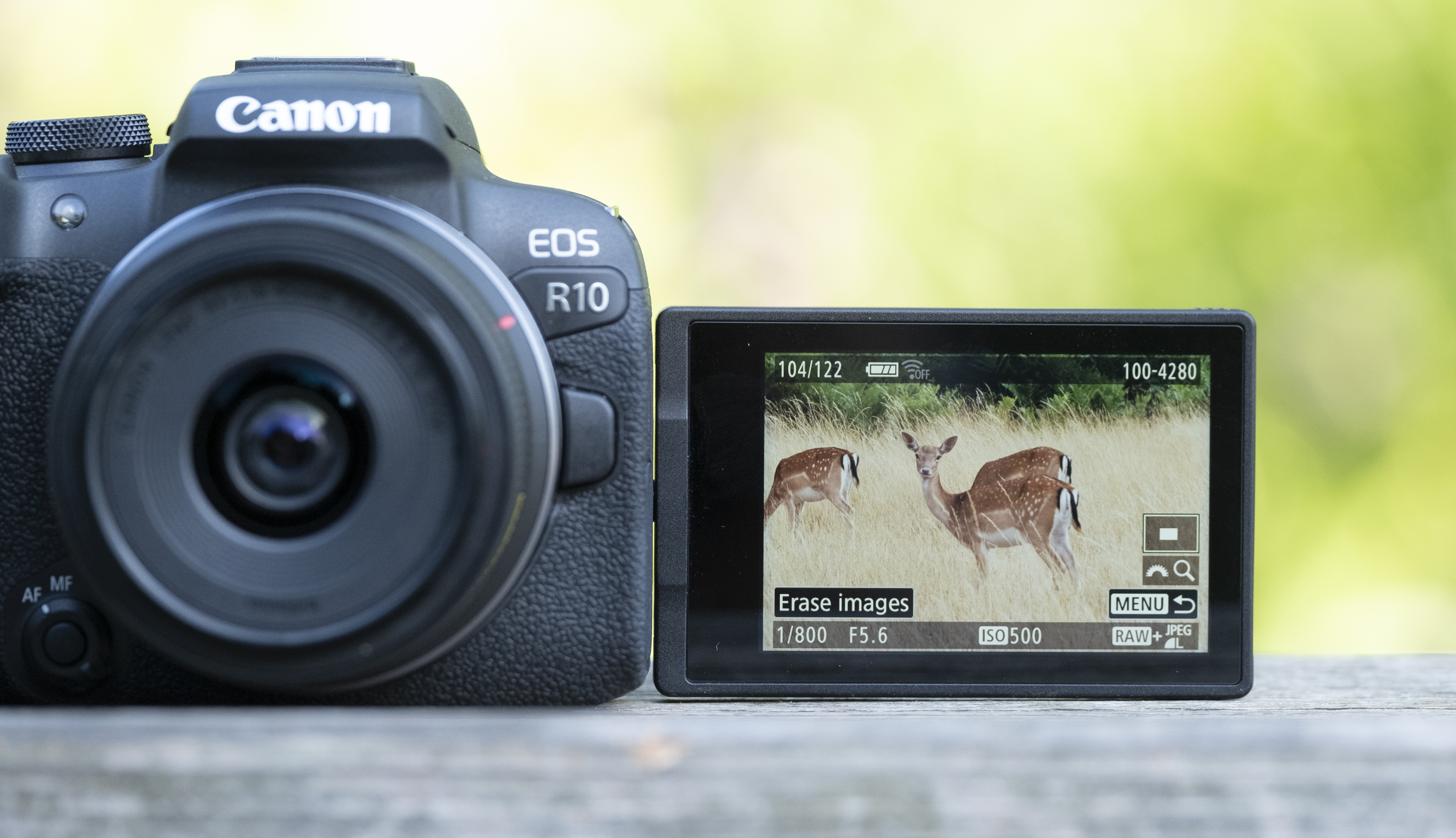



Specifications
Reasons to buy
Reasons to avoid
Canon EOS R10 sample images


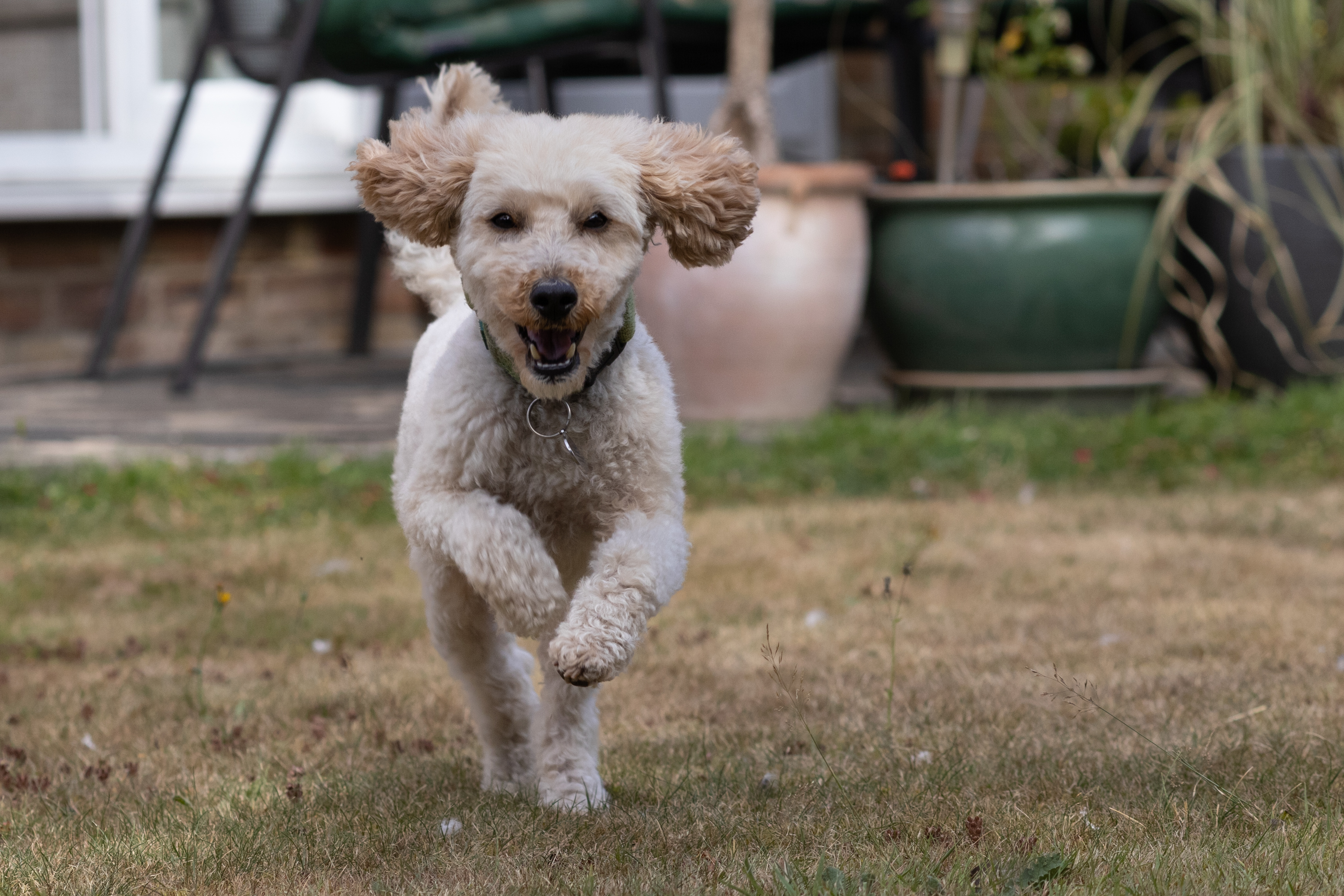
✅ You're shopping for your first camera: Powerful autofocus, good handling and strong burst speeds put the R10 top of the pile for beginners.
✅ You need an affordable sports camera: Its burst speeds and autofocus make the R10 worth the price if you're looking to shoot moving subjects.
❌ You need a wide choice of native lenses: Right now, the EOS R10's main weakness is a lack of native lenses for Canon's RF mount.
❌ You'll be mostly shooting video: No headphone jack for monitoring audio, nor any in-body image stabilization to keep things steady. This isn'y a vlogging camera.
It isn't the cheapest option for beginners, but we think the Canon EOS R10 is the best camera for those starting their photographic journey. Spiritual successor to Canon's popular mid-range DSLRs, the EOS R10 has two standout skills: impressive subject-tracking autofocus and speedy 15fps burst shooting, which was previously unheard of at this price. Both combine nicely to make the EOS R10 a versatile little camera for shooting all kinds of subjects, from portraits to speeding pets. During our autofocus testing, which we conducted on cats, deer and a rapid cockapoodle, the R10 found and tracked subjects' eyes very well, with 15fps burst speeds producing a decent hit rate.
While it isn't a compact camera, the EOS R10 is lightweight at 429g and has a deep grip that makes it well-balanced in the hand with all kinds of lenses. Unfortunately, the EOS R10 doesn't yet have many native lenses (just two at the time of writing) and lacks in-body image stabilization. But if you're happy to buy some of the many full-frame RF lenses that work well with the camera, or adapt old ones using an EF-EOS R adapter, then it's a versatile sidekick that's ideal for fledgling snappers.
Read our in-depth Canon EOS R10 review
The best pro camera for stills



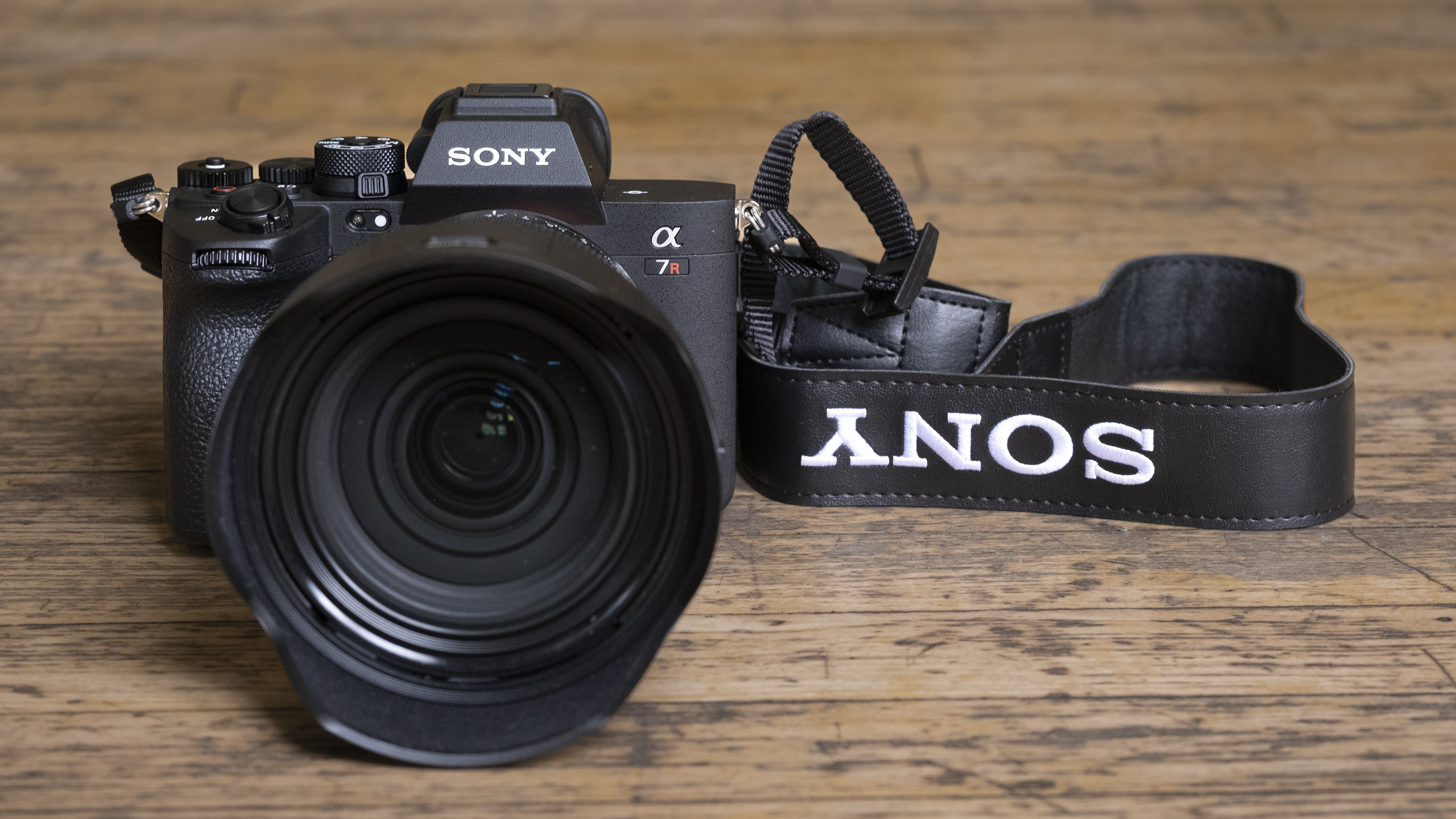
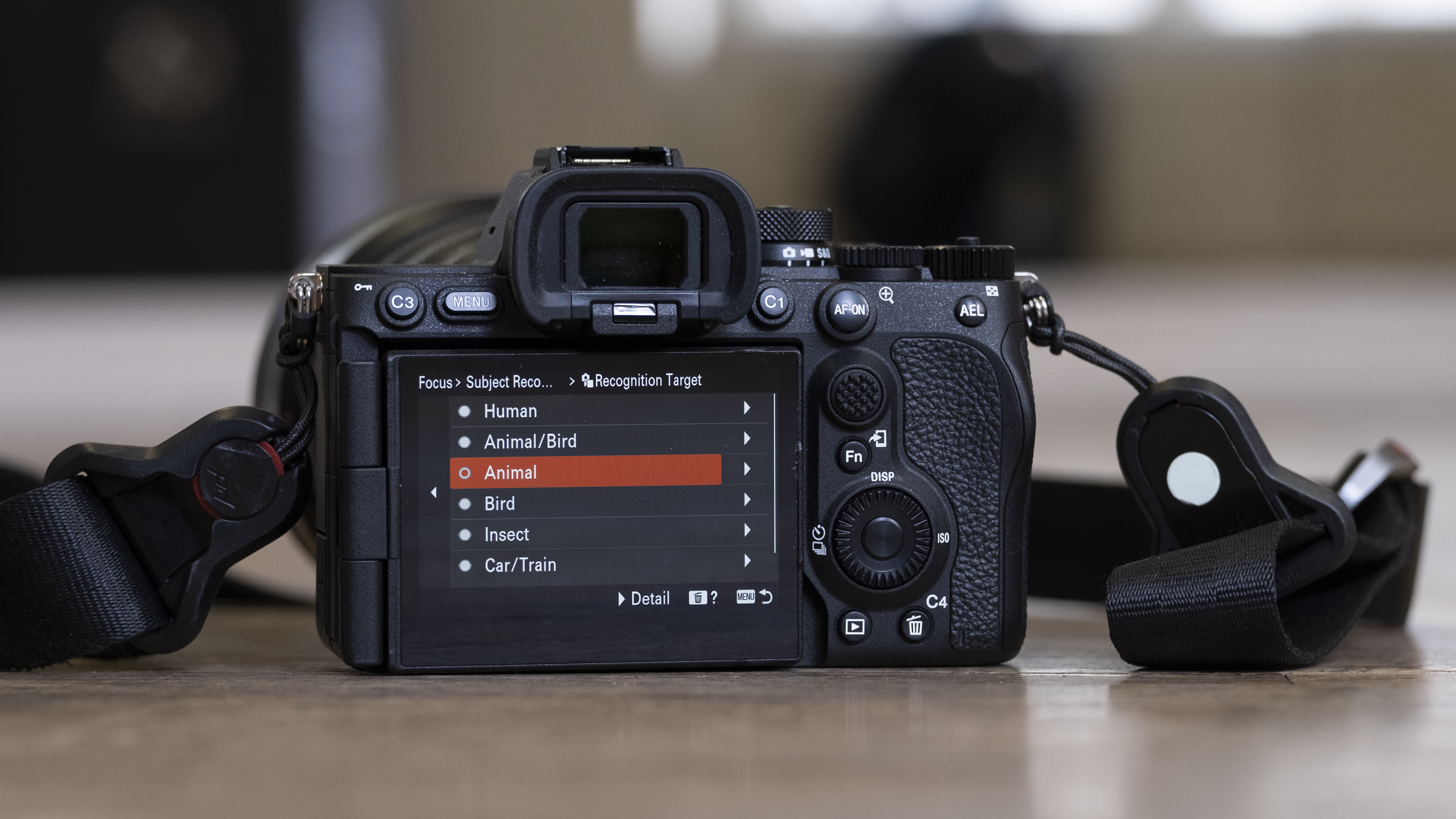
Specifications
Reasons to buy
Reasons to avoid
Sony A7R V sample images



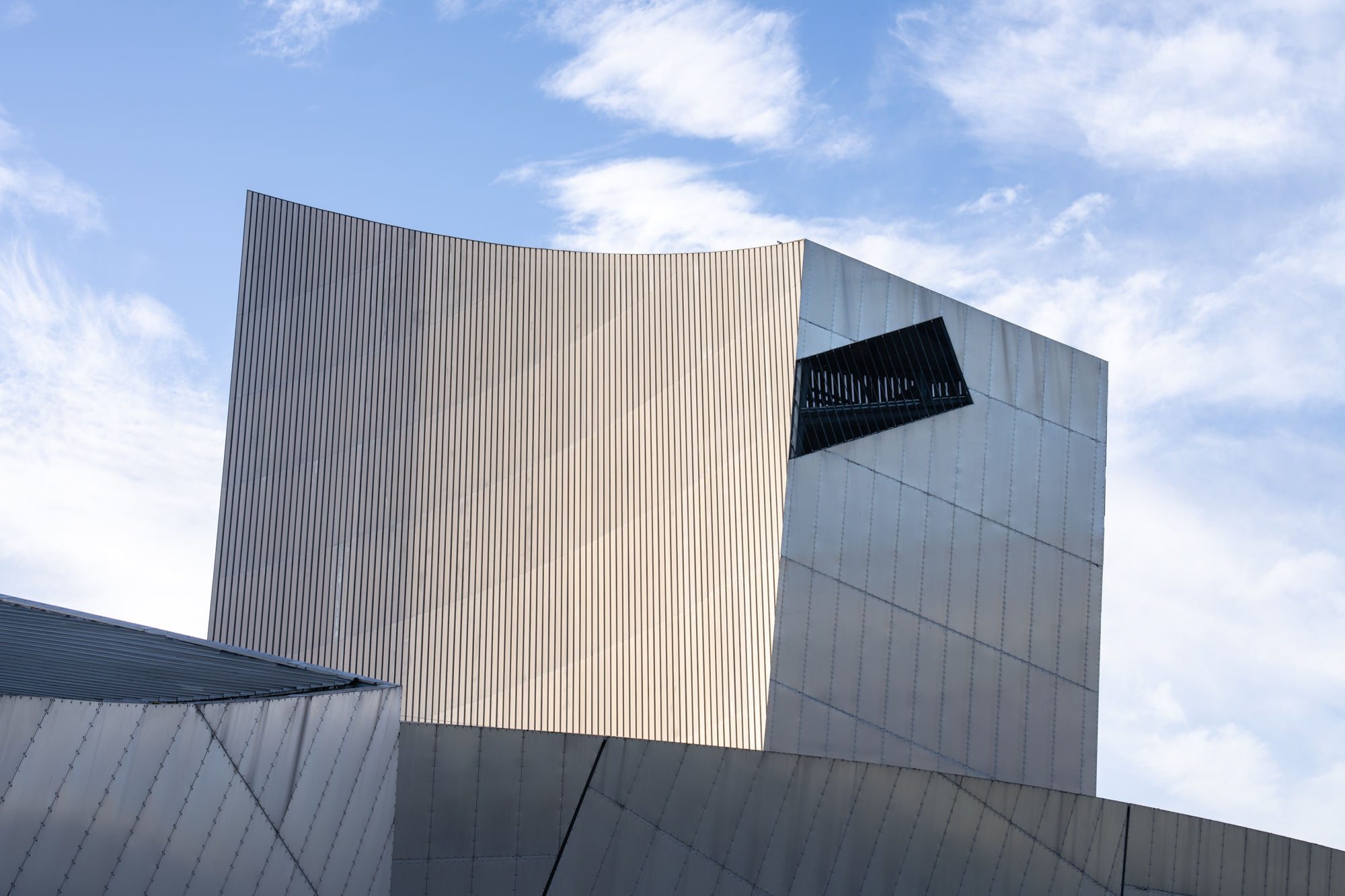
✅ You shoot landscapes, portraits or studio photography: With a 61MP sensor and a powerful processing engine, image quality is excellent.
✅ You need subject the best autofocus: AI subject detection AF provides more reliable autofocus for more subjects in more scenarios.
❌ You don’t have or can’t afford the best optics: A 61MP sensor is unforgiving of any lens deficiencies, so you'll also need expensive high-end pro lenses.
❌ You don’t need the resolution: Do you need 61MP? If not, you'll save a packet by opting for the A7 IV instead.
The Sony A7R V takes up the mantle from the A7R IV as Sony’s sharpest full-frame mirrorless camera. As we found in our review, it also solves several of the A7R IV’s drawbacks to become a more complete professional camera. A new 61MP sensor and Bionz XR processor team up to deliver remarkably detailed stills. Eight stops of image stabilization made it easy to shoot handheld in testing, too. We were also impressed by the effectiveness of Real-rime Recognition AF. It’s not perfect, but it can generally detect a range of subjects and capture them crisply.
From our time with the A7R V, we think its level of detail makes it best suited to landscape and studio work. Do keep in mind that it only produces its best results when paired with top-spec lenses, which will add heavily to the already high price tag. The A7R IV offers the same resolution, but we do think the A7R V is the better camera overall, particularly with a sharper EVF that makes framing a joy. That said, if you don’t need so many sensor pixels, you’ll find better value for less elsewhere.
Read our in-depth Sony A7R V review
The best APS C camera for enthusiasts




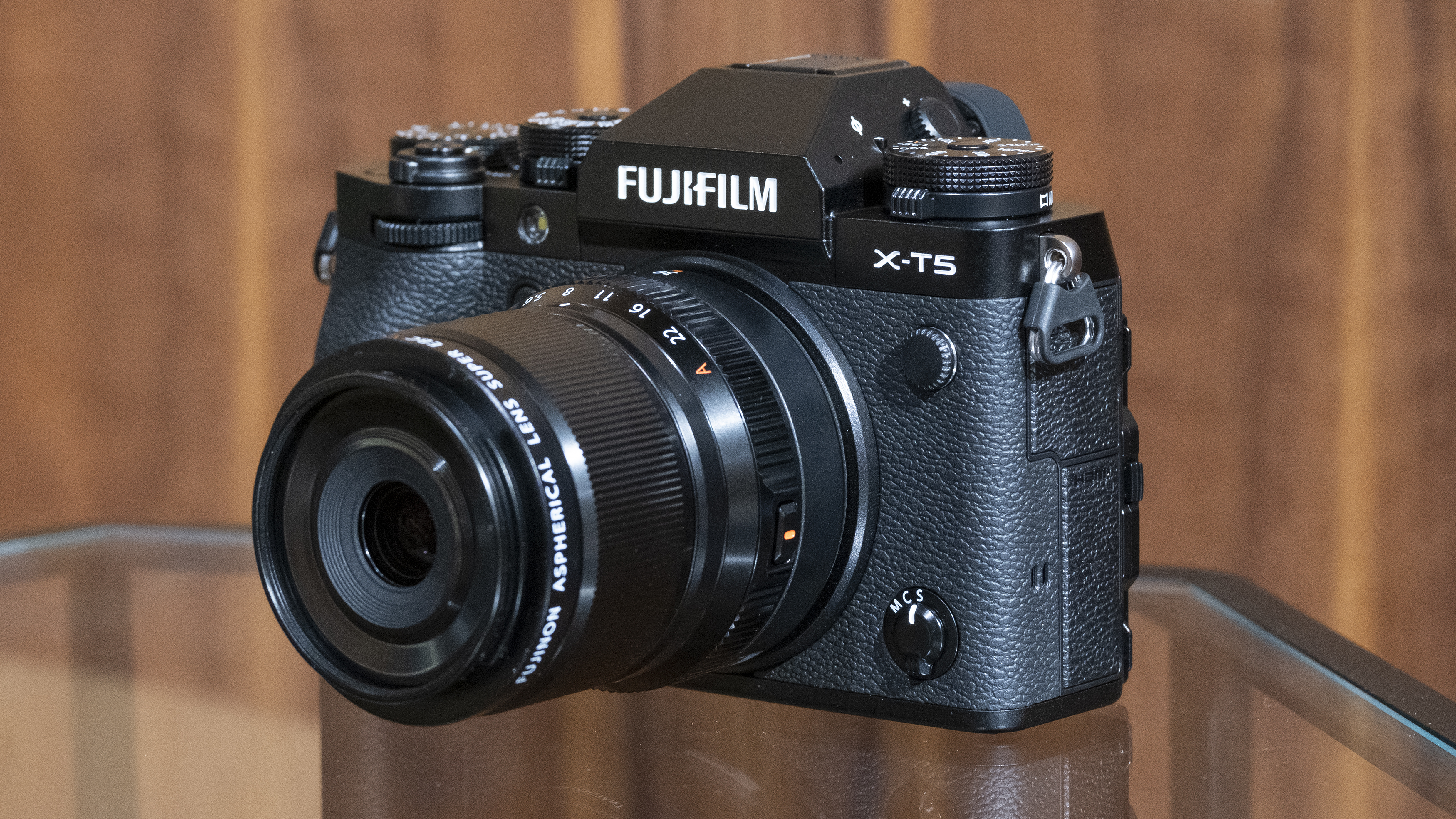
Specifications
Reasons to buy
Reasons to avoid
Fujifilm X-T5 sample images
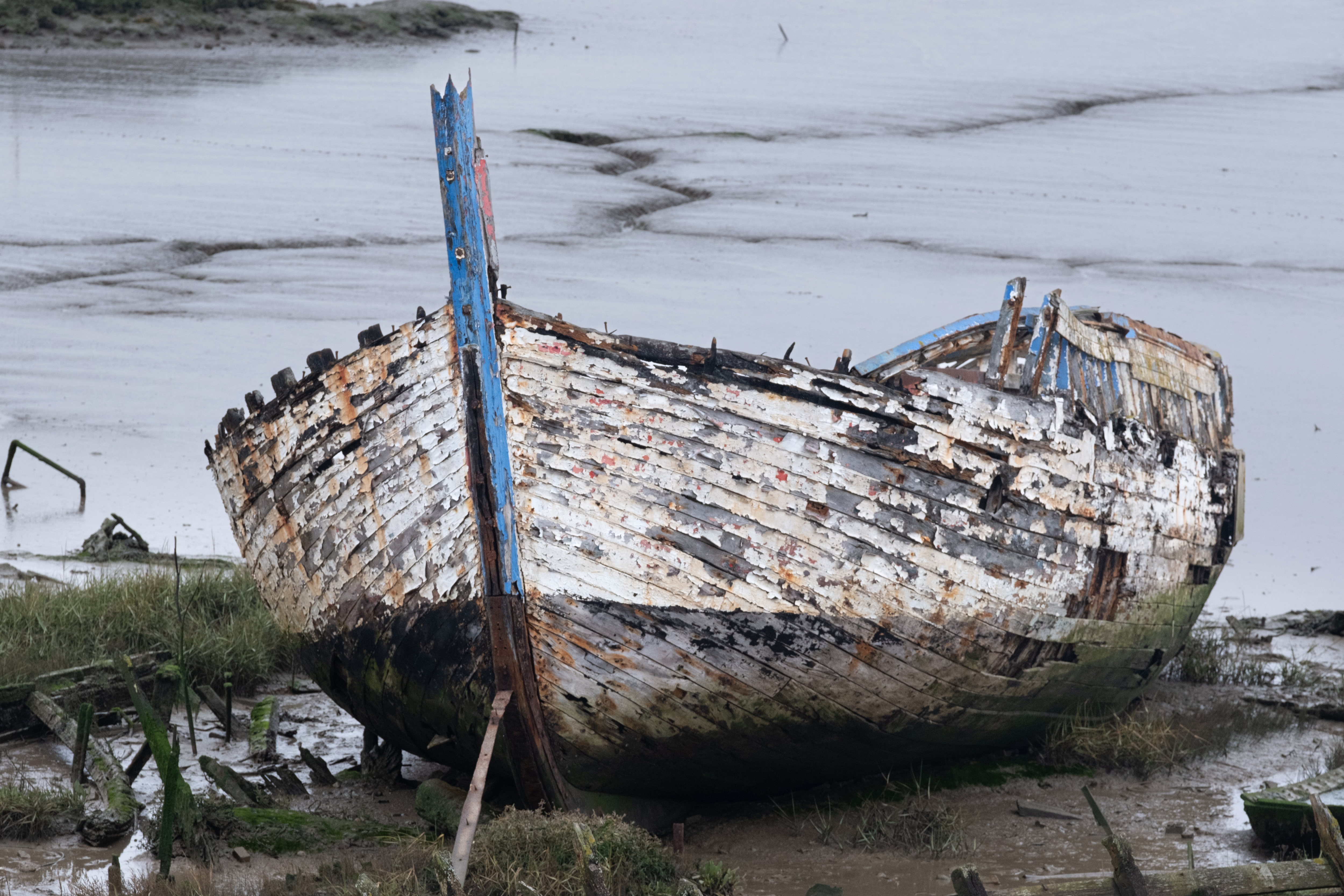
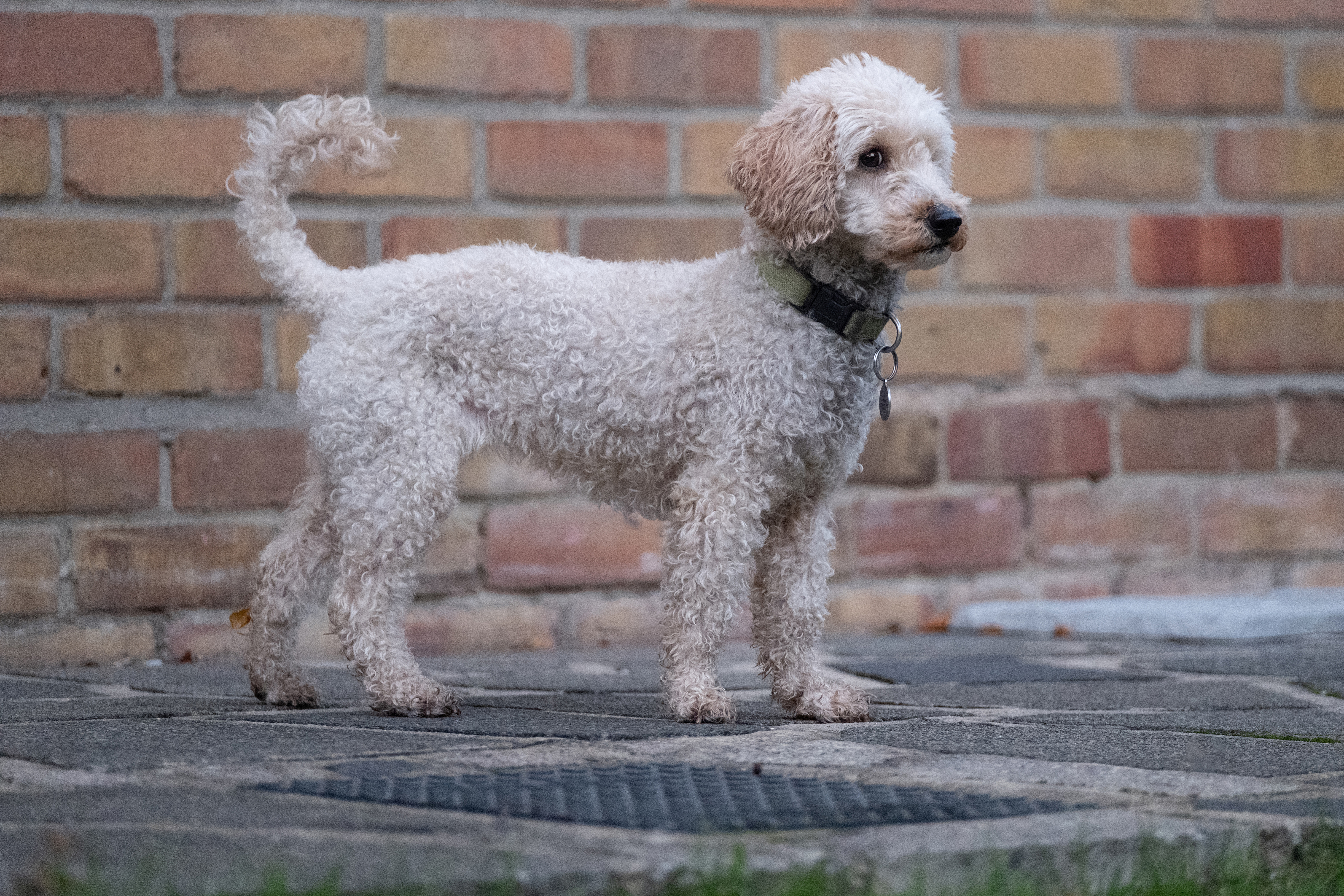
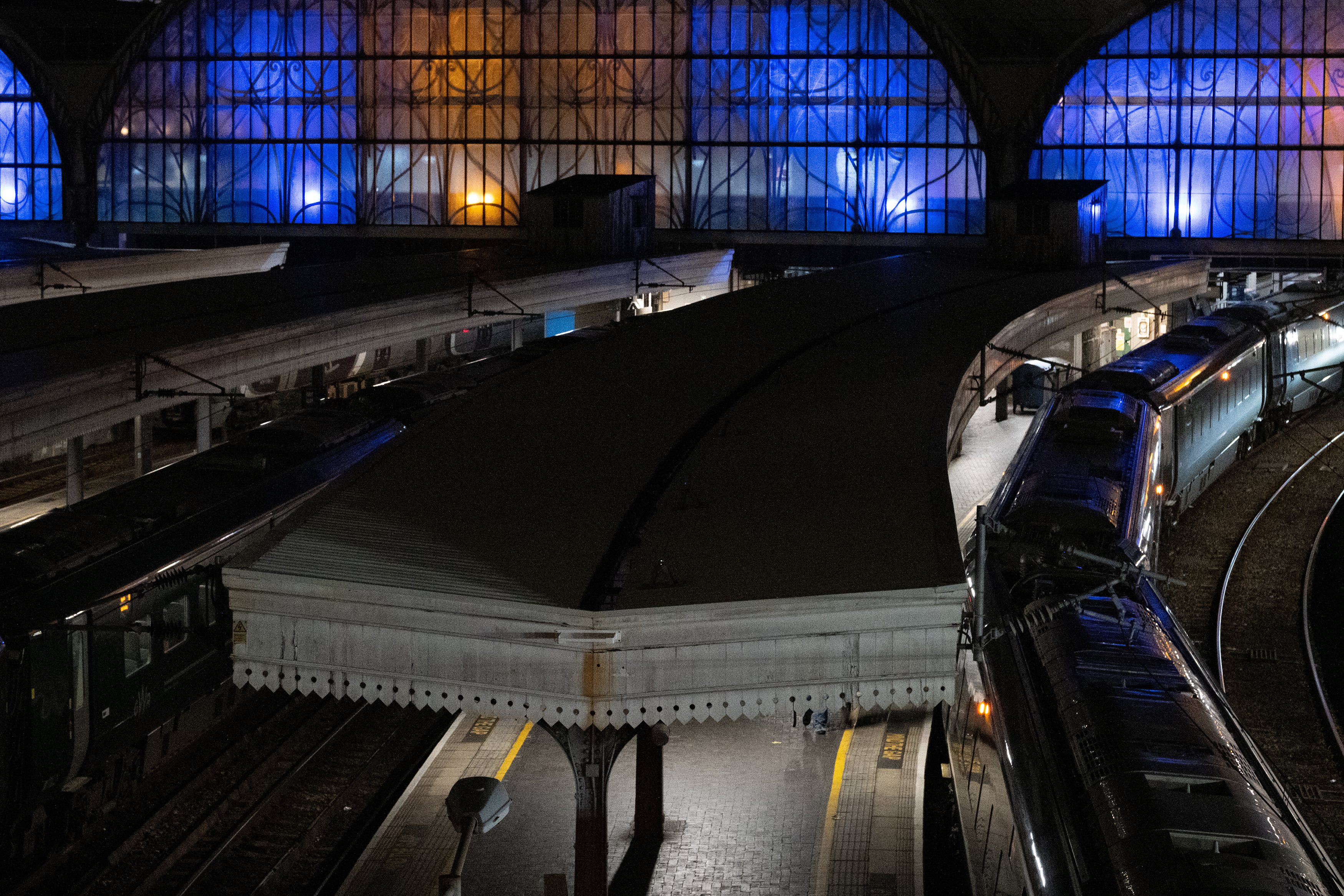
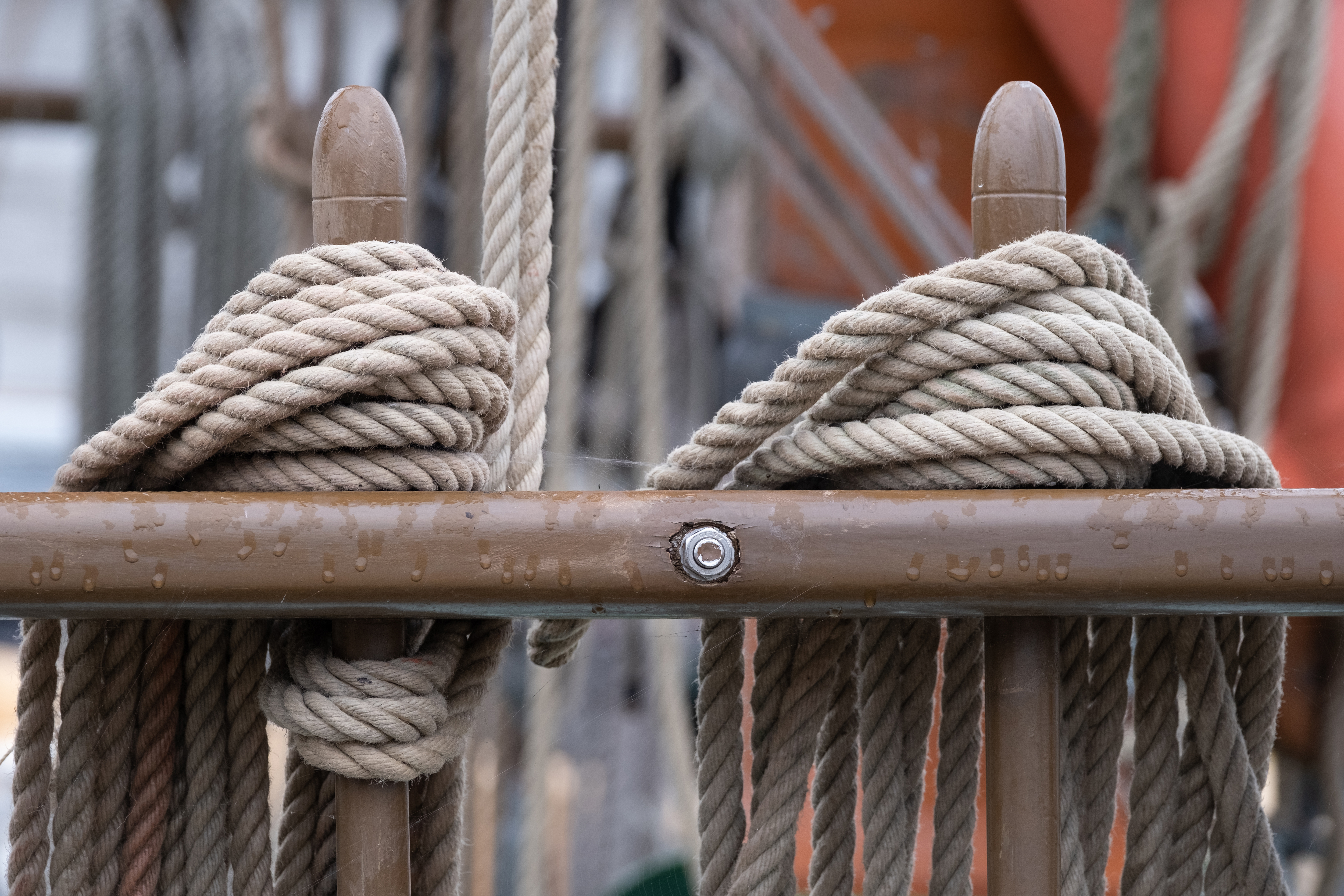
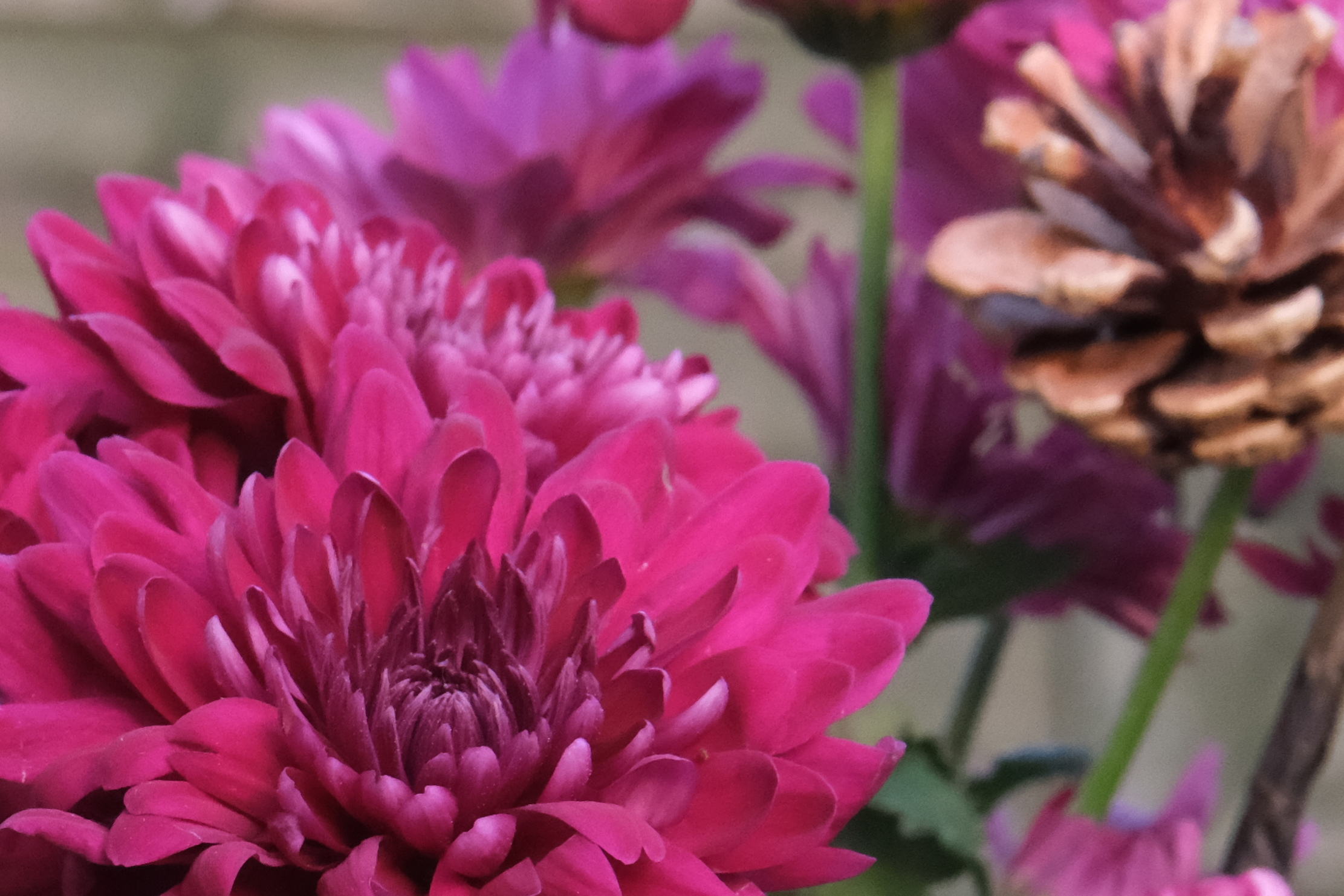
✅ You want class leading detail: Fujifilm's 40MP sensor delivers the most detailed pictures of any camera with APS-C sensor.
✅ You don't need full-frame: Full-frame is the most popular sensor format with camera lovers, but there's a lot going for APS-C; the format is smaller and more affordable.
❌ You shot a lot of action: If you need value speed and focusing skills over outright detail, the Canon EOS R7, Sony A6700 and even Fujifilm's own X-H2S are better APS-C rivals.
❌ You need the best subject tracking autofocus: The X-T5's autofocus is fine, but if you want the best, those Canon and Sony options mentioned above are more reliable.
If photo quality, portability and retro handling float your boat, there's no better mirrorless camera with APS-C sensor than Fujifilm's X-T5. It squeezes the powerful specs of Fujifilm's X-H2 into a relatively compact body, complete with vari-angle screen and DSLR-style controls and dials – we found a true pleasure to shoot with, even if there are better EVF's elsewhere.
It's the photo quality of the X-T5 that truly stands out; the stabilized (IBIS) 40MP sensor and Fujifilm's gorgeous Film Simulation color profiles combined for excellent results. This is no slouch for video, either; there's pleasant 6.2K/30p footage, even if there’s a 1.23x crop and no easy way to monitor audio given there's no headphone jack.
The X-T5 is our favorite APS-C mirrorless camera detail, but if your main focus is action photography, for which you need quick and sustained burst shooting speeds and top notch autofocus, then the Canon EOS R7 and Sony A6700 rival cameras are arguably better.
Read our in-depth Fujifilm X-T5 review
The best Micro Four Thirds camera for enthusiasts

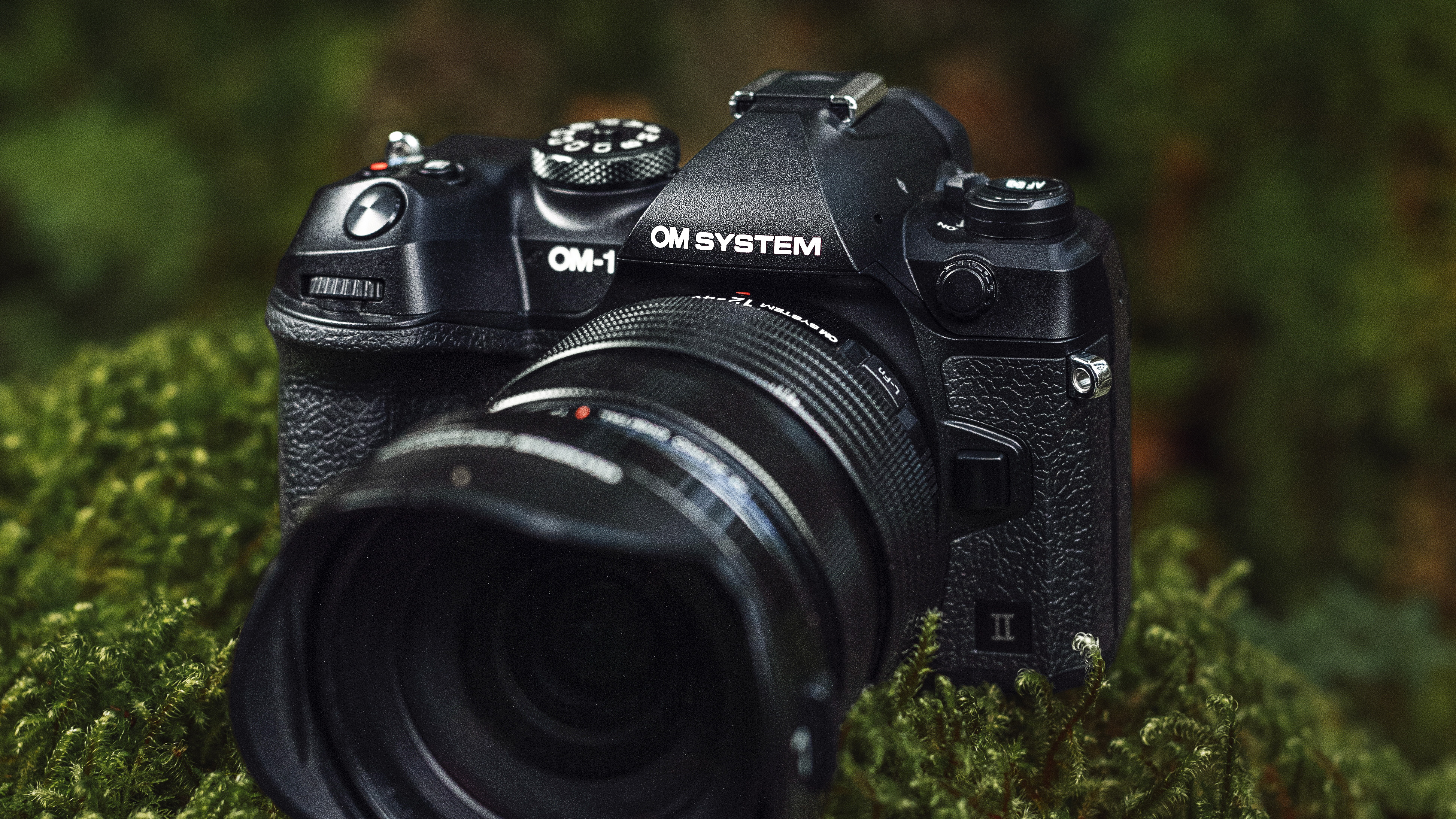
Specifications
Reasons to buy
Reasons to avoid
OM System OM-1 II sample images
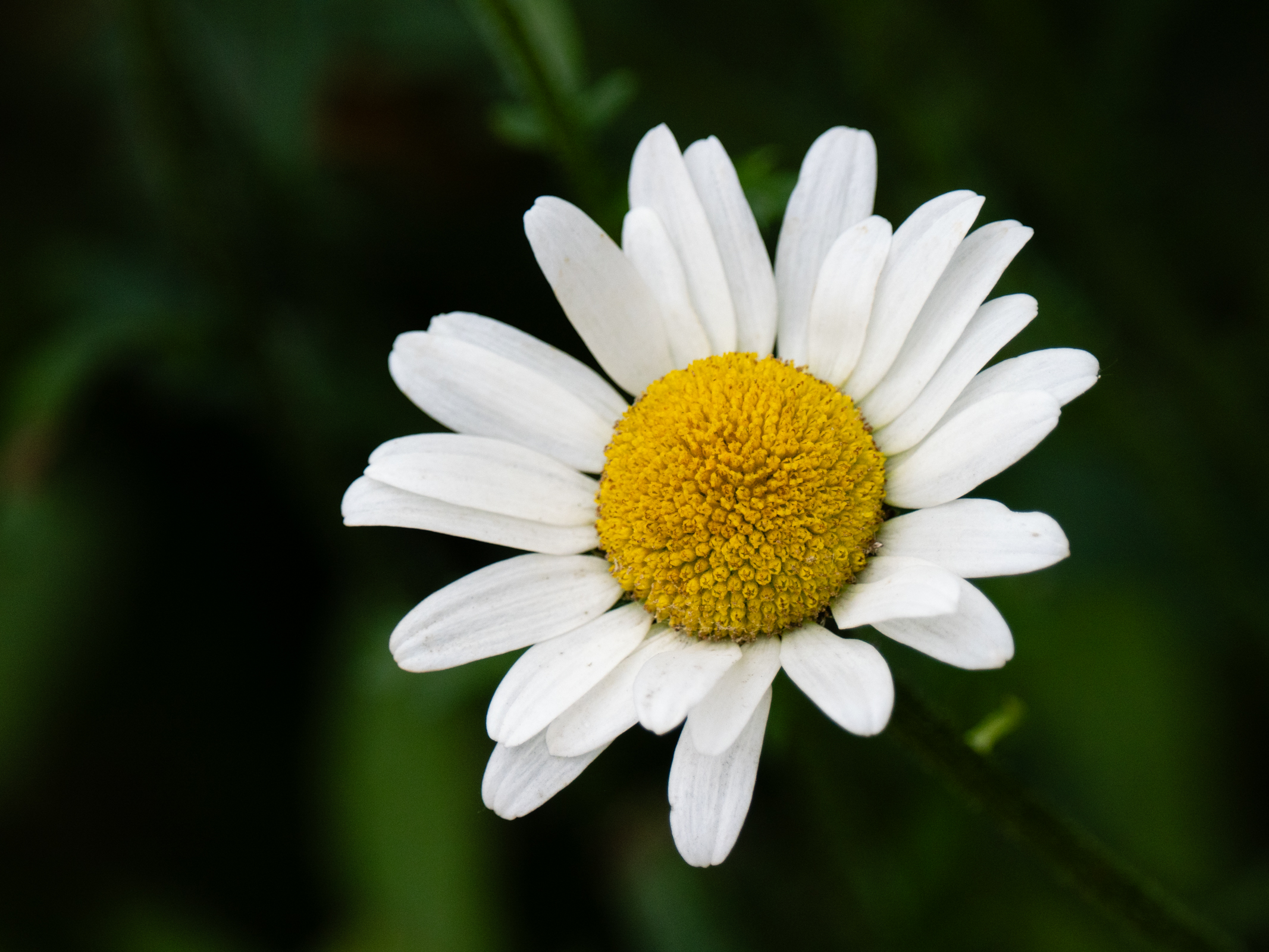
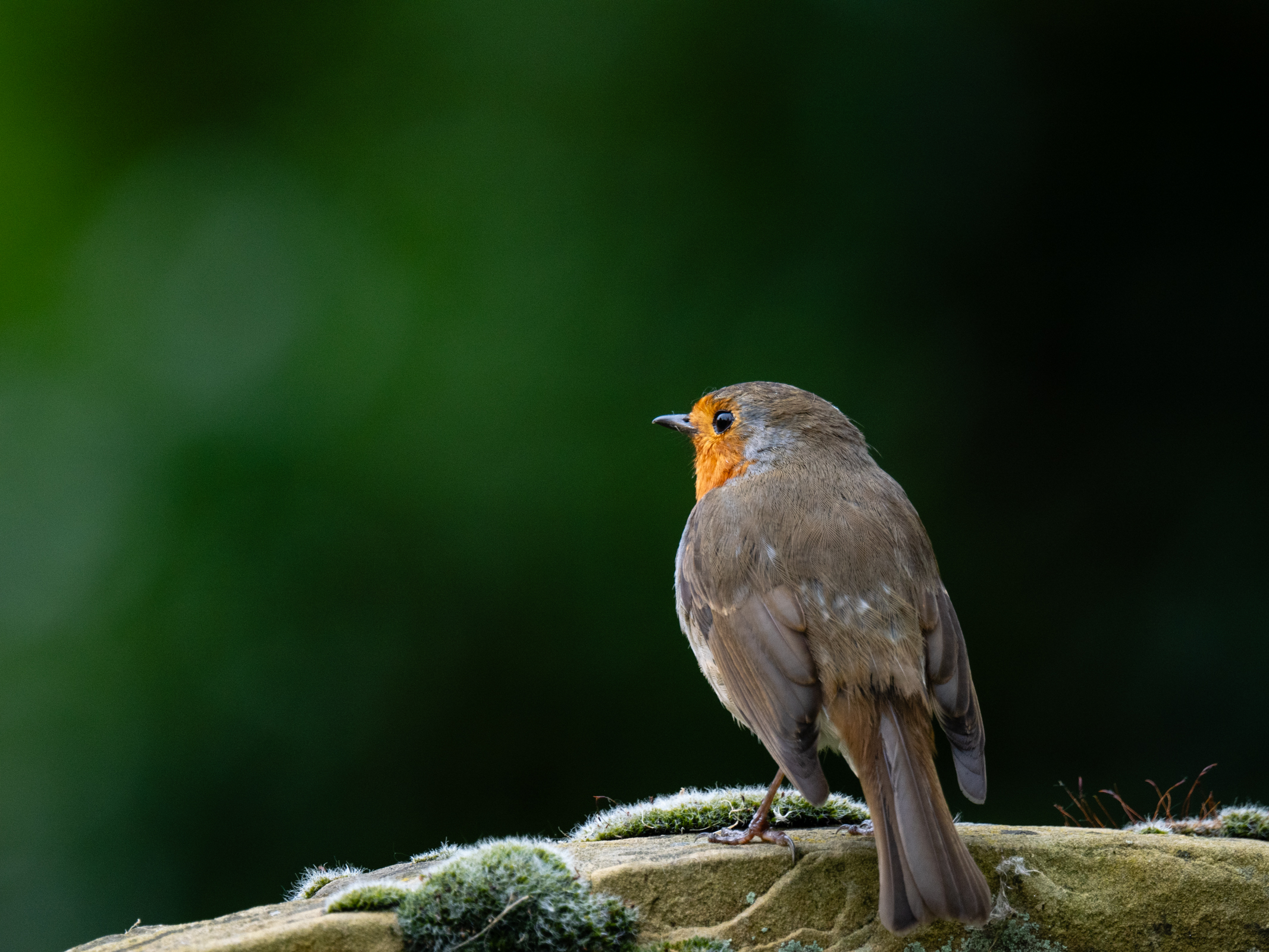

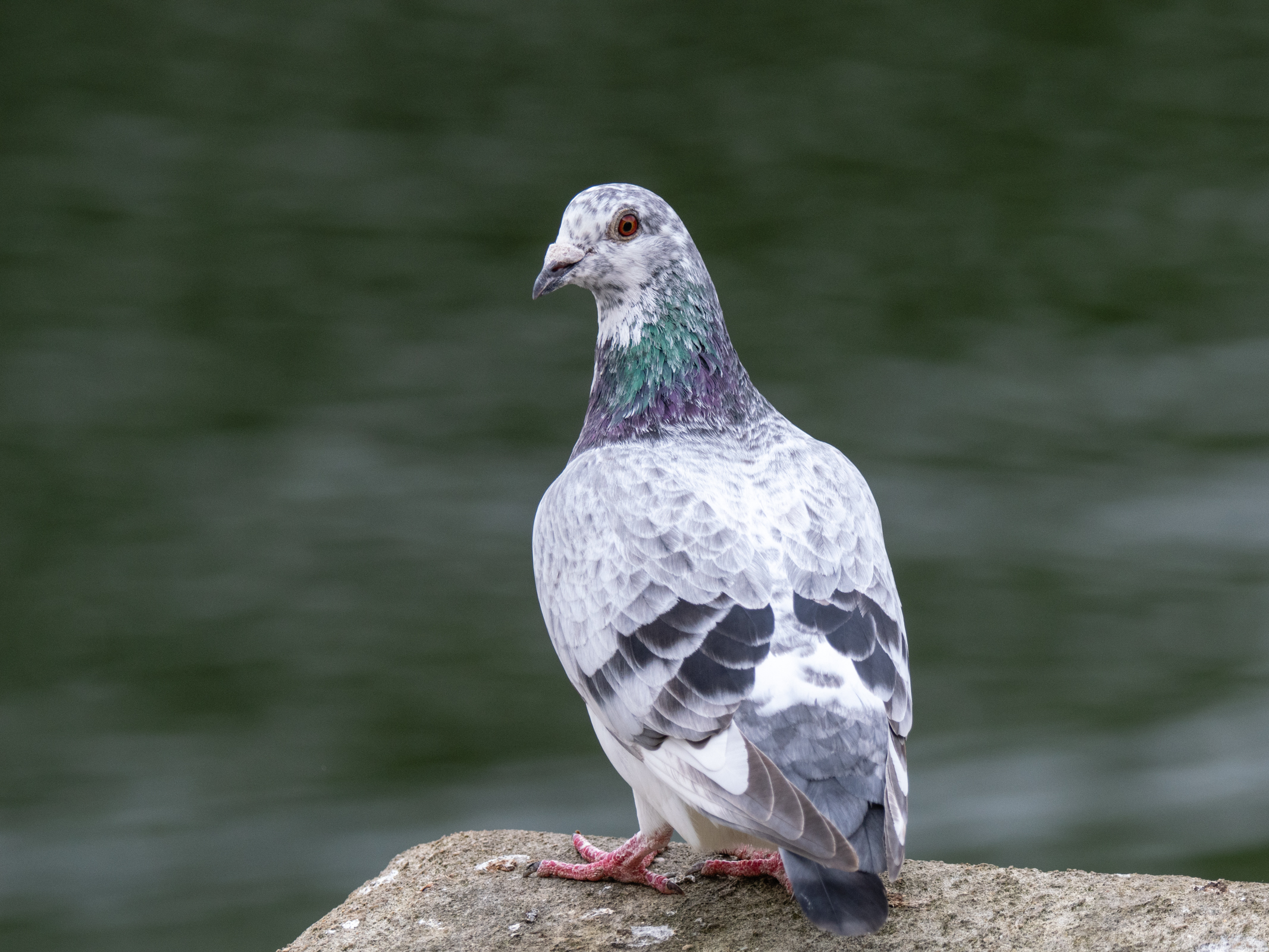

✅ You want value for action photography: A stacked sensor, subject detection AF and wildlife photography-friendly MFT format make this is an outright action camera.
✅ You don't want to be weighed down with kit: A like-for-like full-frame system will likely be twice the size, weight and price.
❌ You want high-resolution images: These days, 20MP in a photography-centric flagship camera with this price tag is modest.
❌ You want the best single-shot image quality: The OM-1 II's multi-shot computational workarounds are good for specific scenarios, but they can’t be used for everything.
Rugged and lightweight, the OM System OM-1 II is a compelling alternative for photographers who prioritize size, versatility and a fun handheld experience. Thanks to its stacked Micro Four Thirds sensor and a speedy TruePix X processor, the OM-1 II performed superbly in most of our tests, especially wildlife photography. It has a swathe of subject detection modes, and you'd struggle to find a more capable autofocus system for bird photography. It also benefits from unique computational photography modes that are the best you'll find outside a smartphone, which go some way to compensating for its smaller sensor.
It's not all good news, though. This second-gen model is but a mere refresh of the now cheaper OM-1, we think it's updates could have been added to the OM-1 by a firmware update rather than making a new, pricier model. The MFT sensor and 20MP resolution are modest for a camera at this price, with low light image quality not quite up to the level of full-frame rivals. If you can overlook those drawbacks, then the OM-1 II (and its huge range of Micro Four Thirds lenses) will make a fine companion. Quite simply, it's the one of the most enjoyable cameras you can buy.
Read our in-depth OM System OM-1 II review
The best premium compact
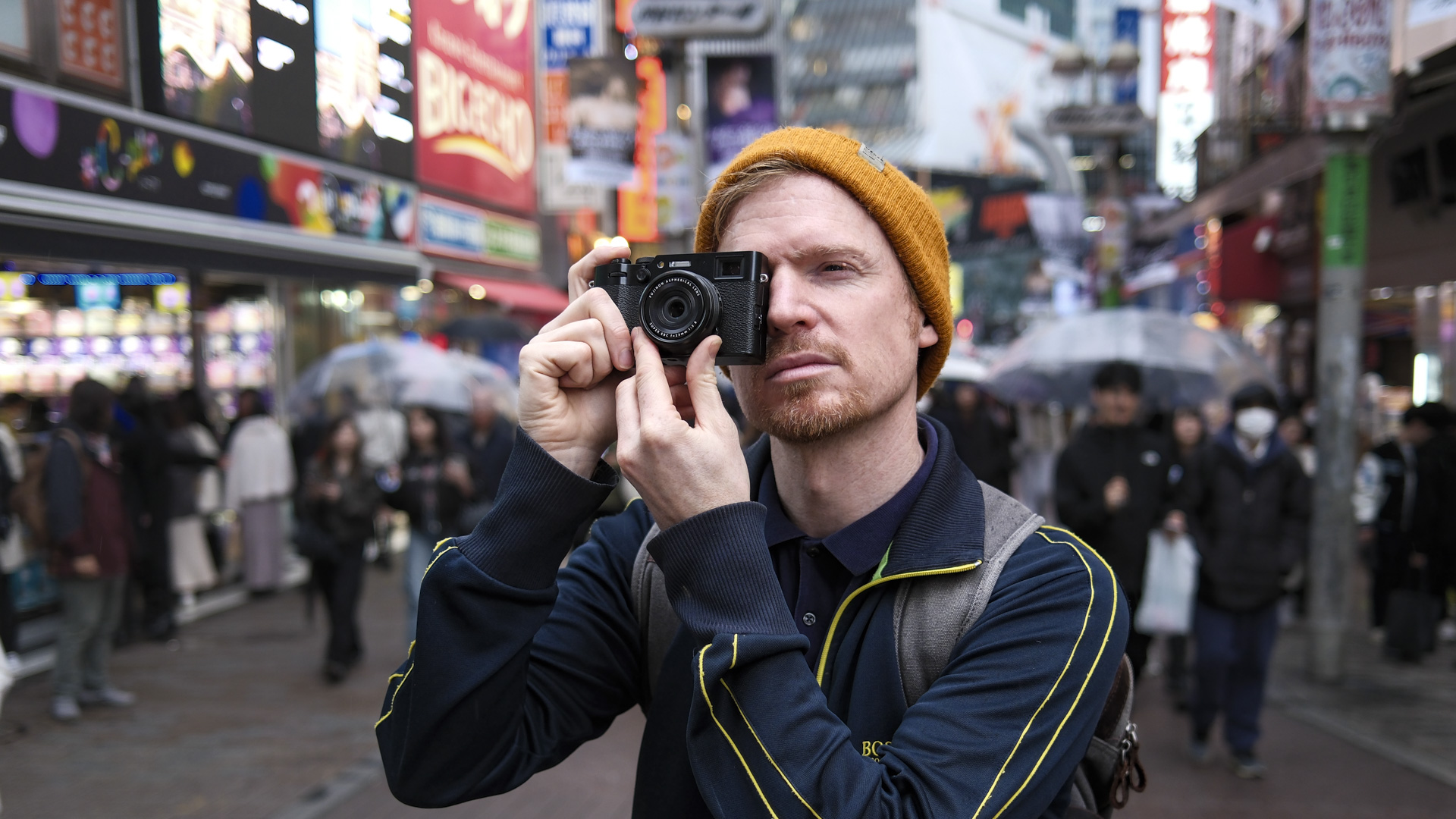

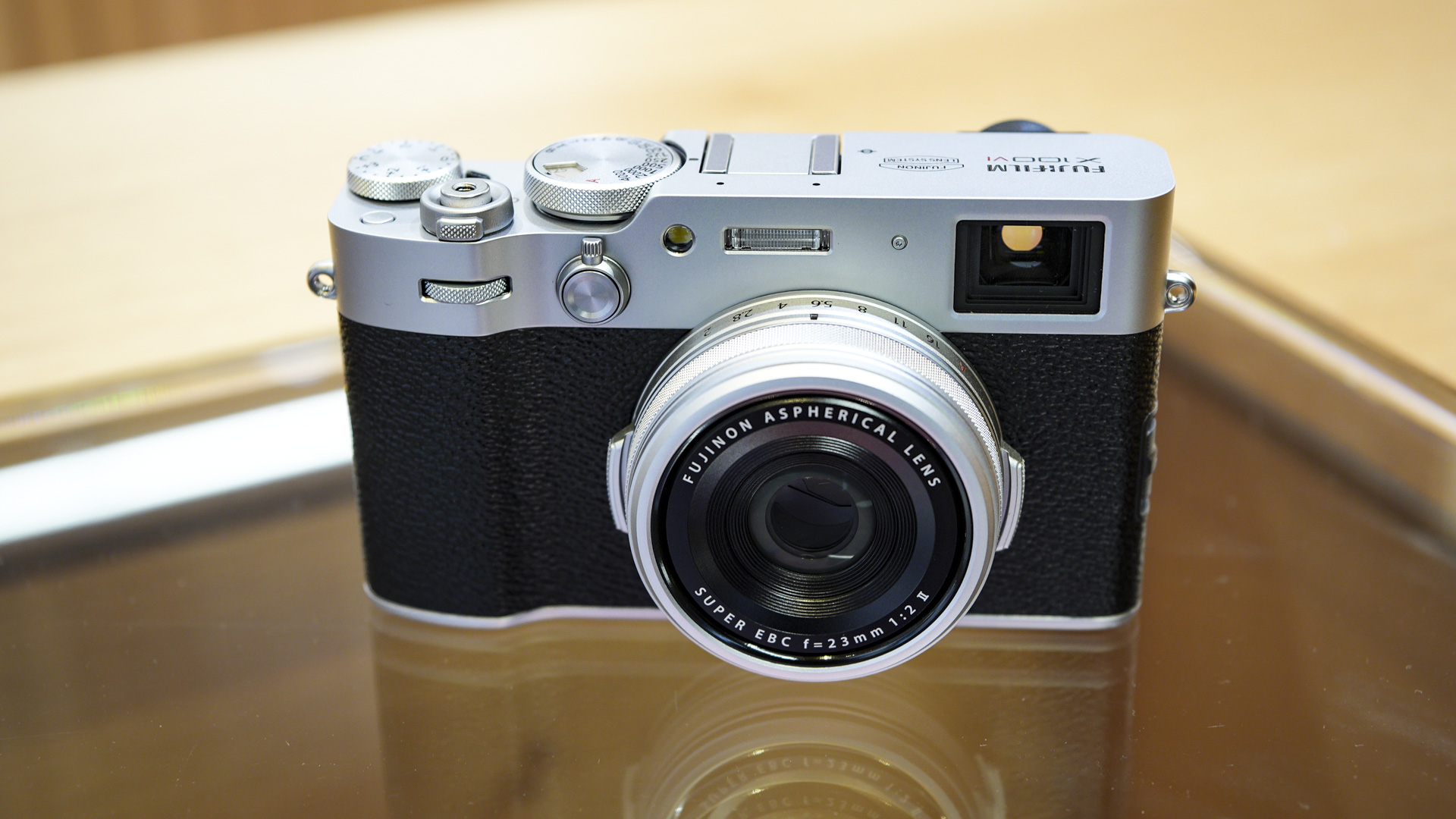
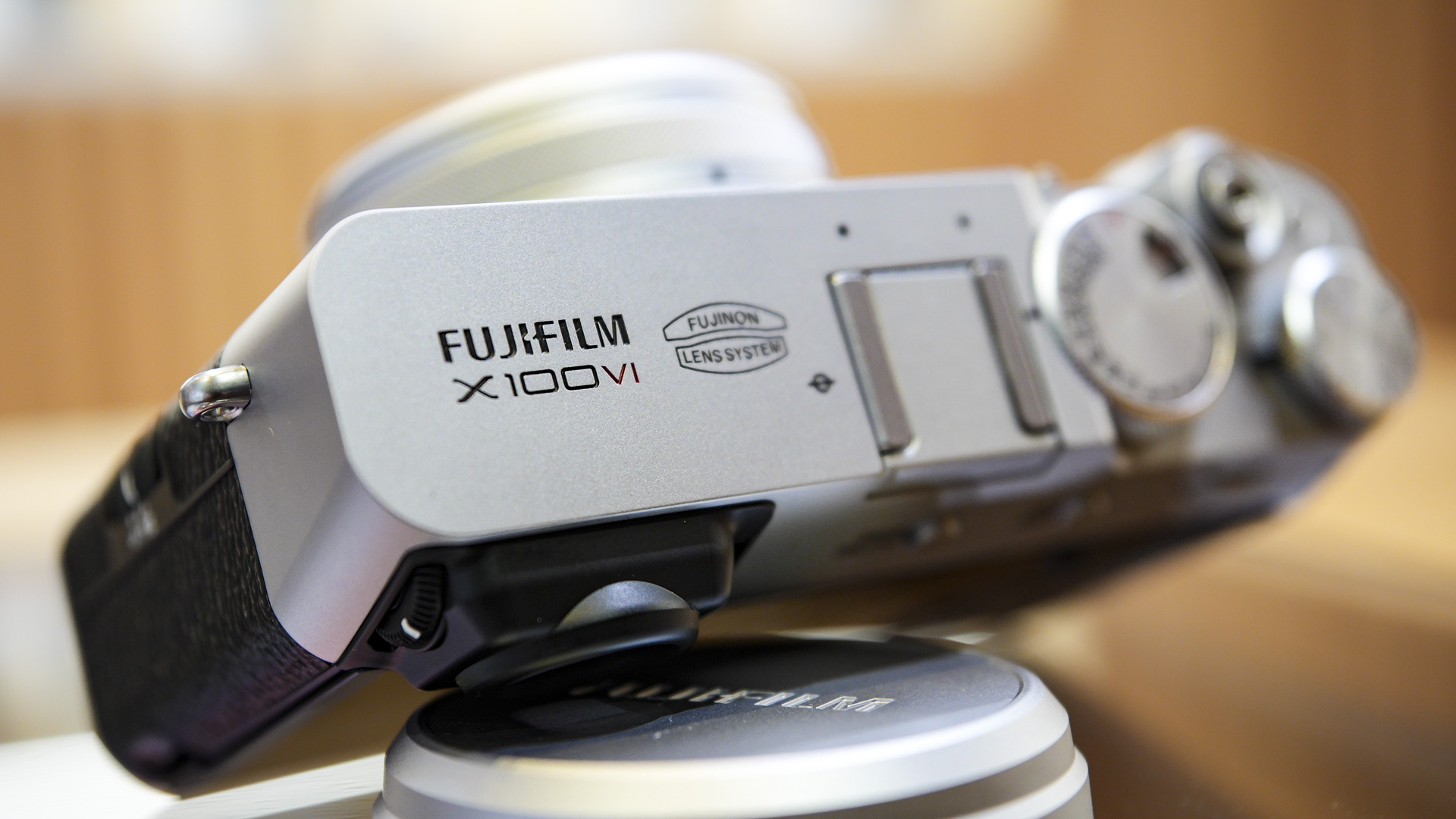

Specifications
Reasons to buy
Reasons to avoid
Fujifilm X100VI sample images
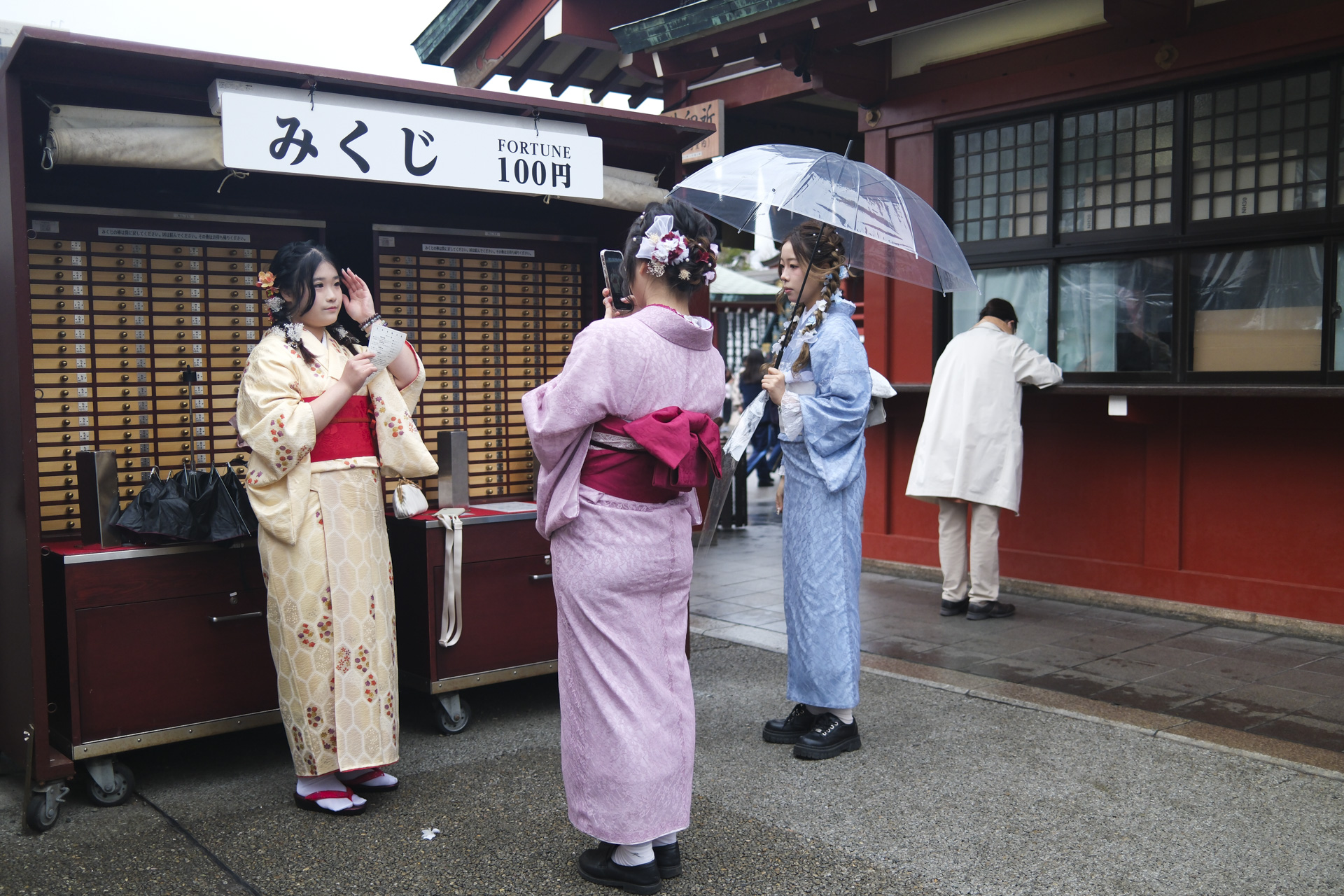


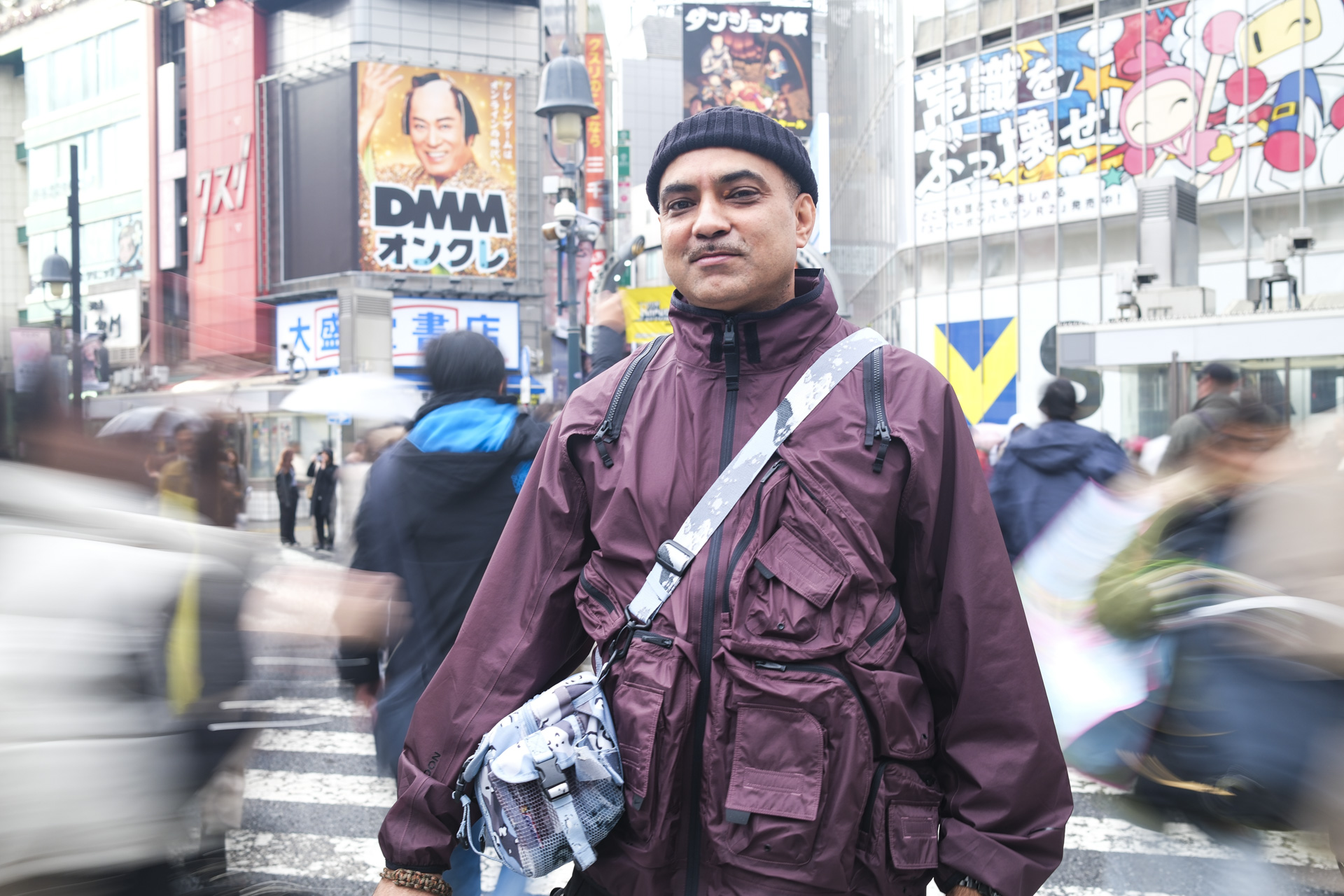

✅ You want a stylish snapper: From its body design to its exposure dials, the X100VI is packed with retro appeal.
✅ You want a unique shooting experience: If you haven't used the X100VI's hybrid viewfinder, try it and thank us later.
❌ You want a wide perspective: The fixed 35mm lens is slightly tighter than your smartphone's camera. If you want to fit more in the shot, you'll have to take a few steps back.
❌ You want flexibility: As a fixed lens compact, you can't zoom in out or out for a different field of view from its 35mm focal length, although with more pixels you can crop in.
If you want the best compact camera for photography, we think the Fujifilm X100VI is the top choice for most people. The latest model is near identical to Fujifilm X100V, with its retro style, fixed 23mm f/2 lens and pocket-friendly design, while its hybrid viewfinder remains and we absolutely love it – you have to give it a spin. It's the inside where the big improvements have been made: the X100VI boosts resolution to 40MP, plus it adds in-body image stabilization for the first time in the X100 series – arguably the most needed feature for this street photography camera. You also get Fujifilm's best autofocus, borrowed from the Fujifilm X-T5.
You might not need the increased pixel count because the X100V's 26MP is plenty enough for most people. However, the extra resolution offers greater flexibility for cropping into your pictures. The X100VI is also a more capable filmmaking tool, armed with 6.2K 10-bit video. It's not a perfect camera: we think Fujifilm should have implemented a new 28mm lens, while there's only one UHS-I SD card slot and you still need an adaptor for full weather-proofing. It's also a pricier camera than the X100V. However, we think the X100VI is Fujifilm's most compelling cmaera and the best premium compact for everyday use.
Read our in-depth Fujifilm X100VI review
The best value camera for photography
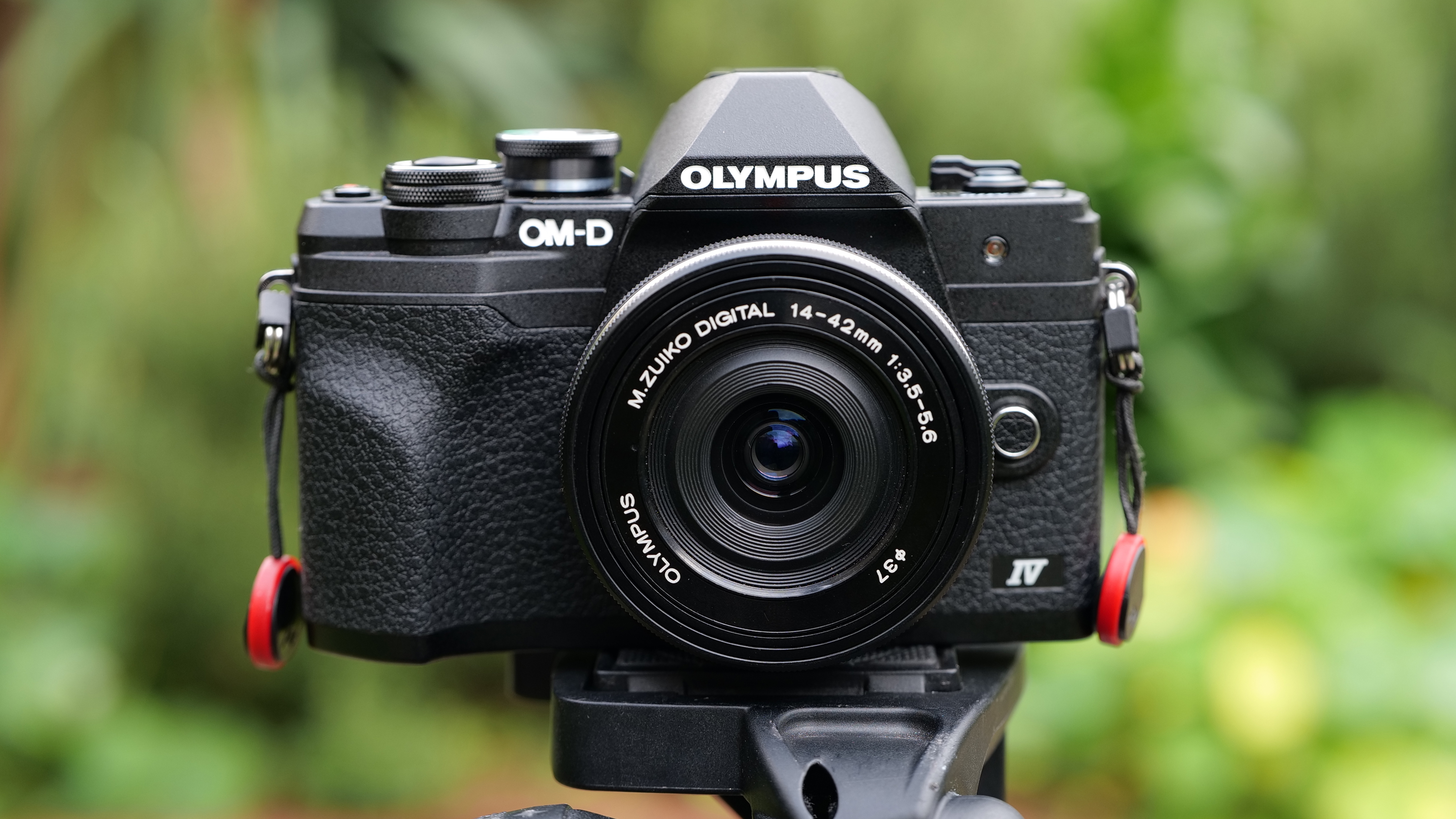
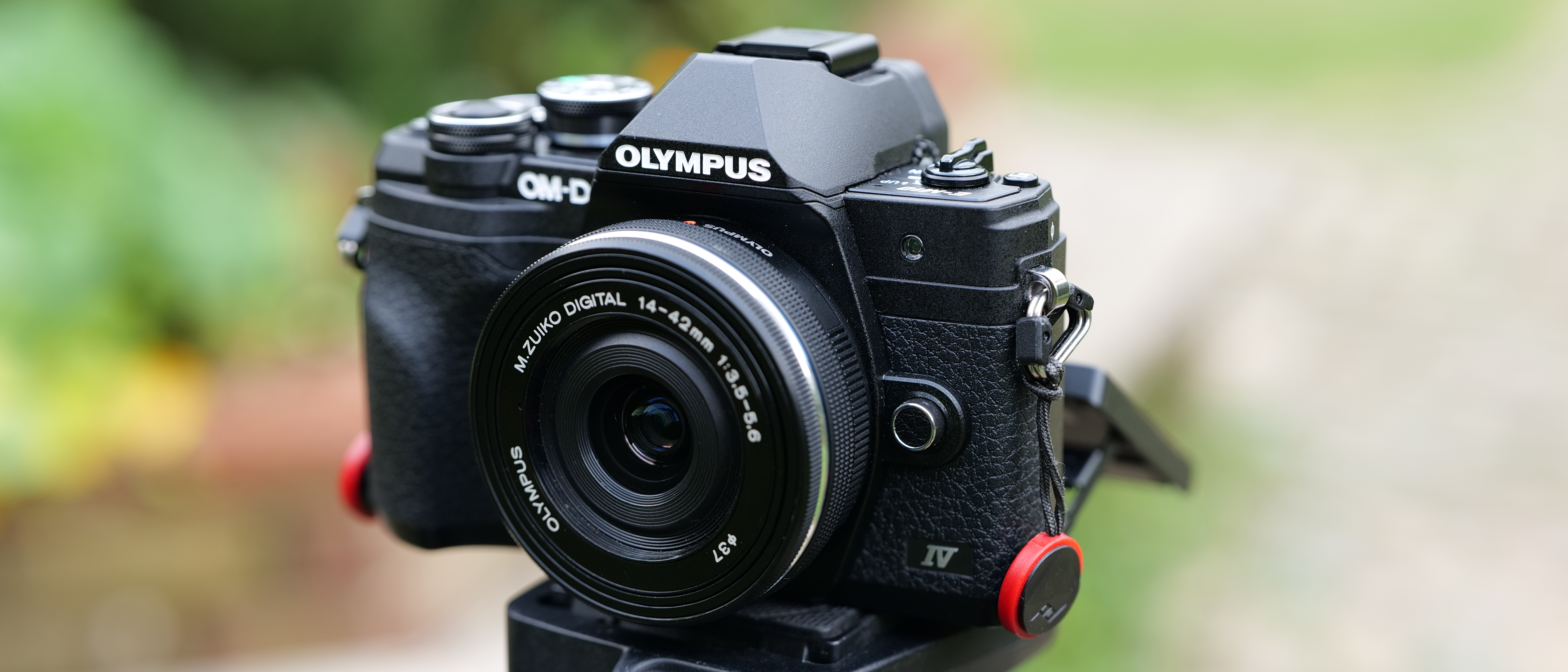
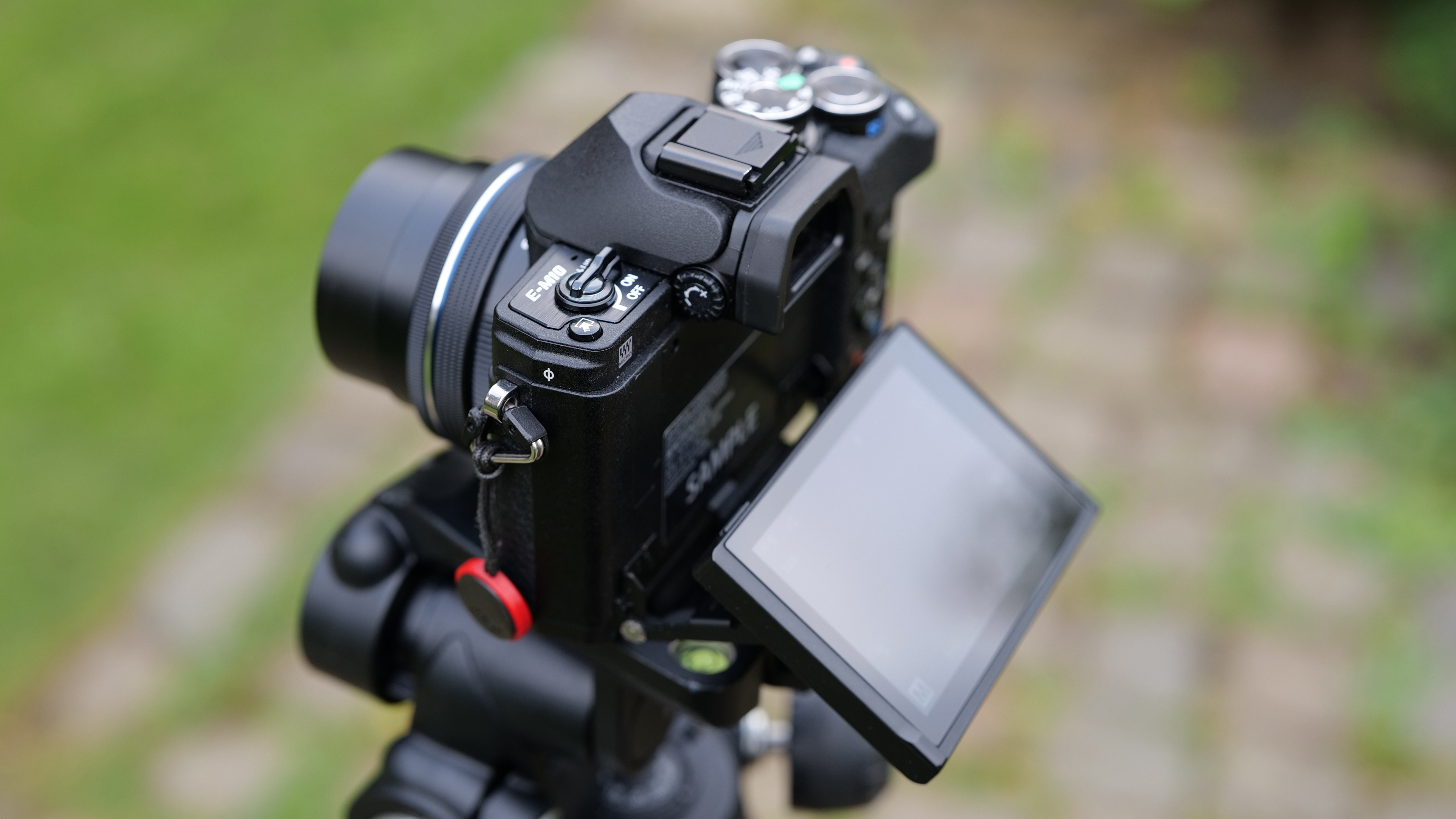

Specifications
Reasons to buy
Reasons to avoid
Olympus OM-D E-M10 Mark IV sample images
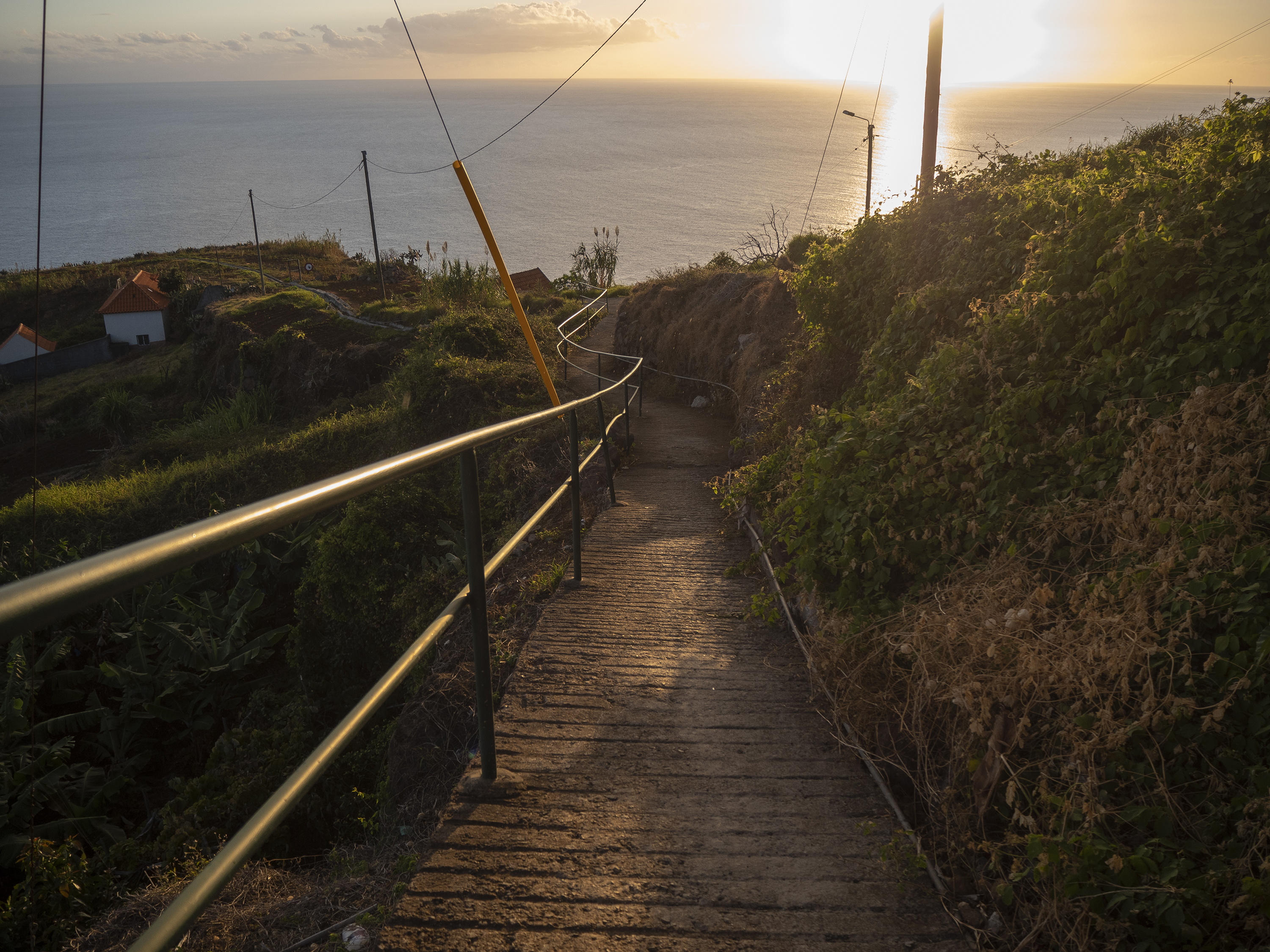
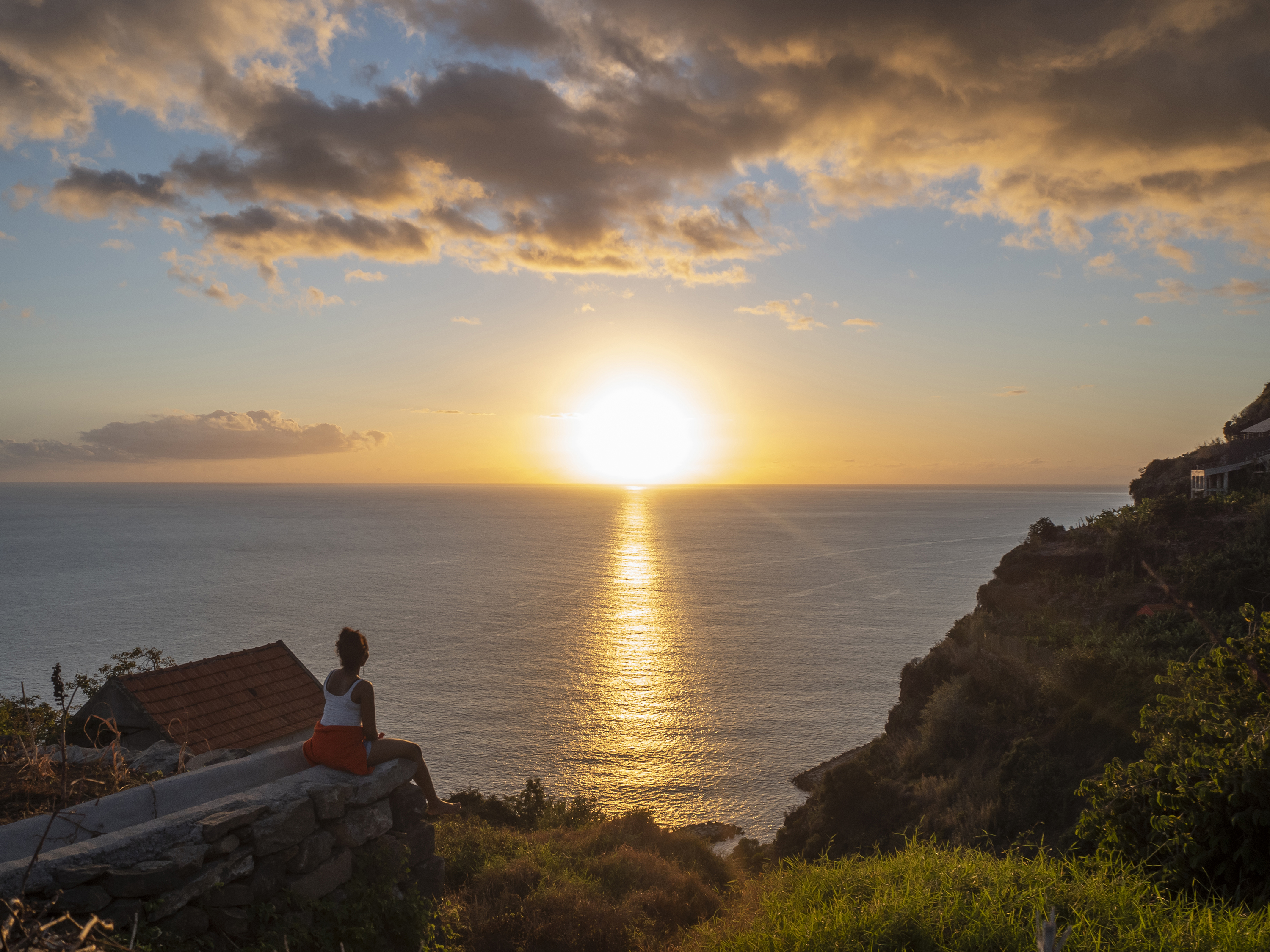
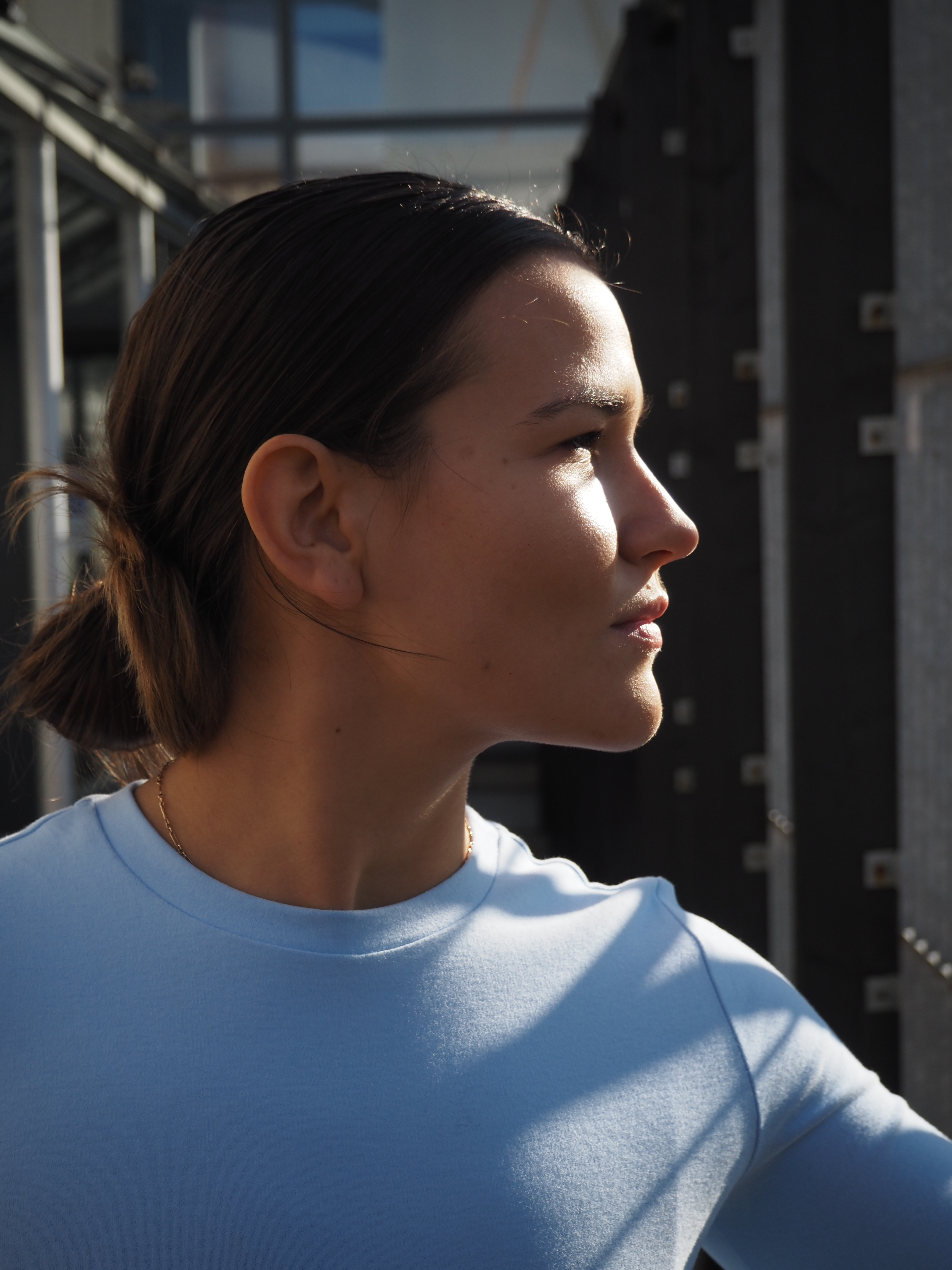

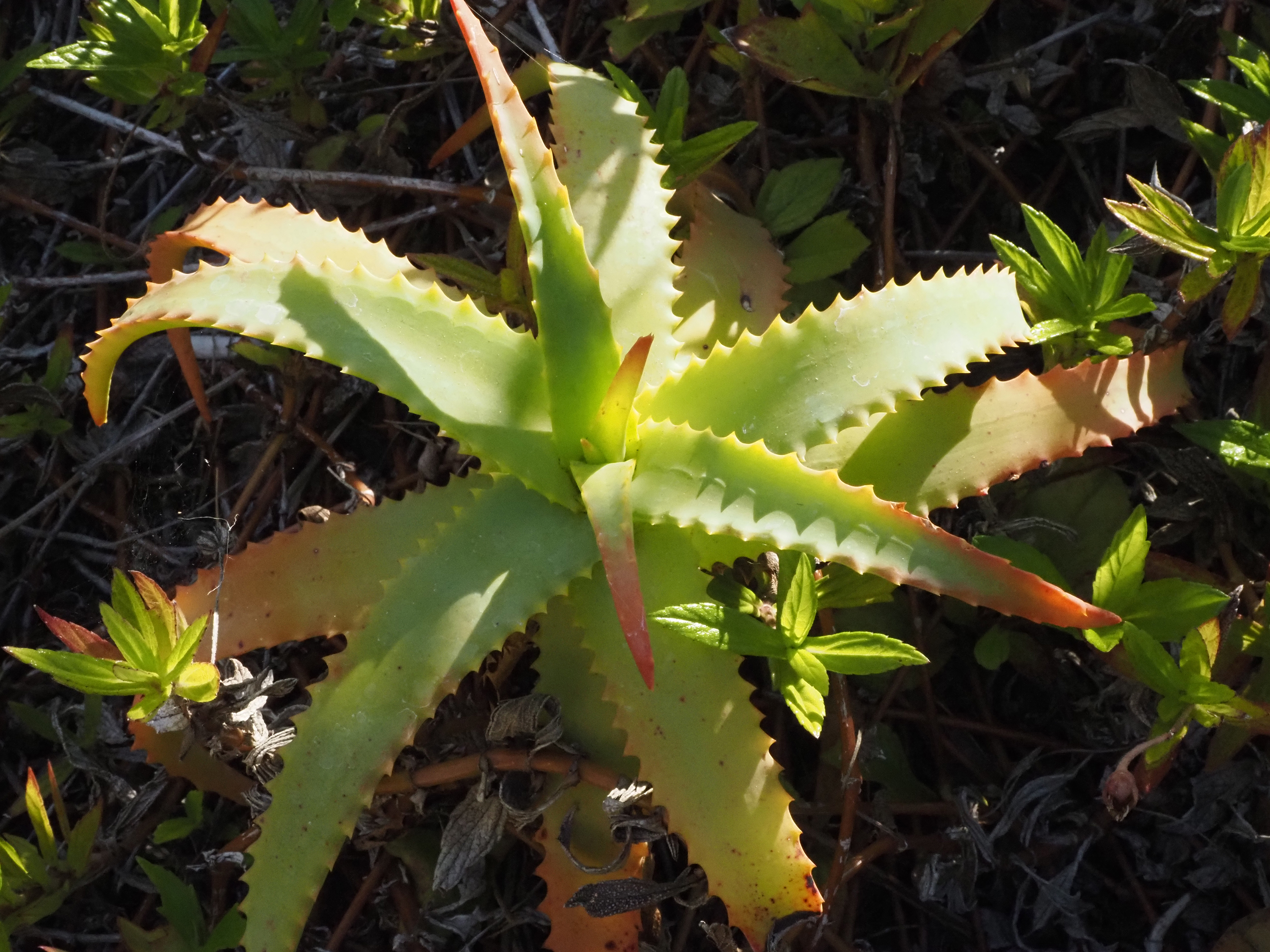
✅ You want a compact, capable camera: Small but mighty, the E-M10 Mark IV offers a lot of features in compact packaging.
✅ You like to shoot handheld: Impressive in-body image stabilization helps to keep images sharp even shooting at 1/8th of a second.
❌ You’re a videographer: While the E-M10 Mark IV can produce impressive video, its feature set isn’t geared towards vlogging.
❌ You want a cutting-edge camera: Missing features such as phase detection autofocus, the E-M10 Mark IV is a step behind its rivals.
It isn’t the latest Micro Four Thirds model on the market, but if you want a travel-friendly option for shooting impressive stills, we think the Olympus OM-D E-M10 Mark IV represents fantastic value. The result of careful refinement over several generations, the Mark IV offers a generous feature set and works with hundreds of affordable lenses. In our review, we noted that its 20MP sensor enables to the Mark IV to capture greater dynamic range than smartphones and compact cameras.
We were also very impressed in testing with its five-axis in-body image stabilization, which gives it the edge over rivals like the Fujifilm X-T200 when shooting handheld. Its button layout makes it an approachable camera for beginners, as does the 3-inch touchscreen. Video limitations – such as the lack of microphone input and 4K/30p cap – do hold it back from competing with hybrids. All the same, the E-M10 Mark IV remains an appealingly portable, affordable photography upgrade.
Read our in-depth Olympus OM-D E-M10 Mark IV review
The best DSLR overall

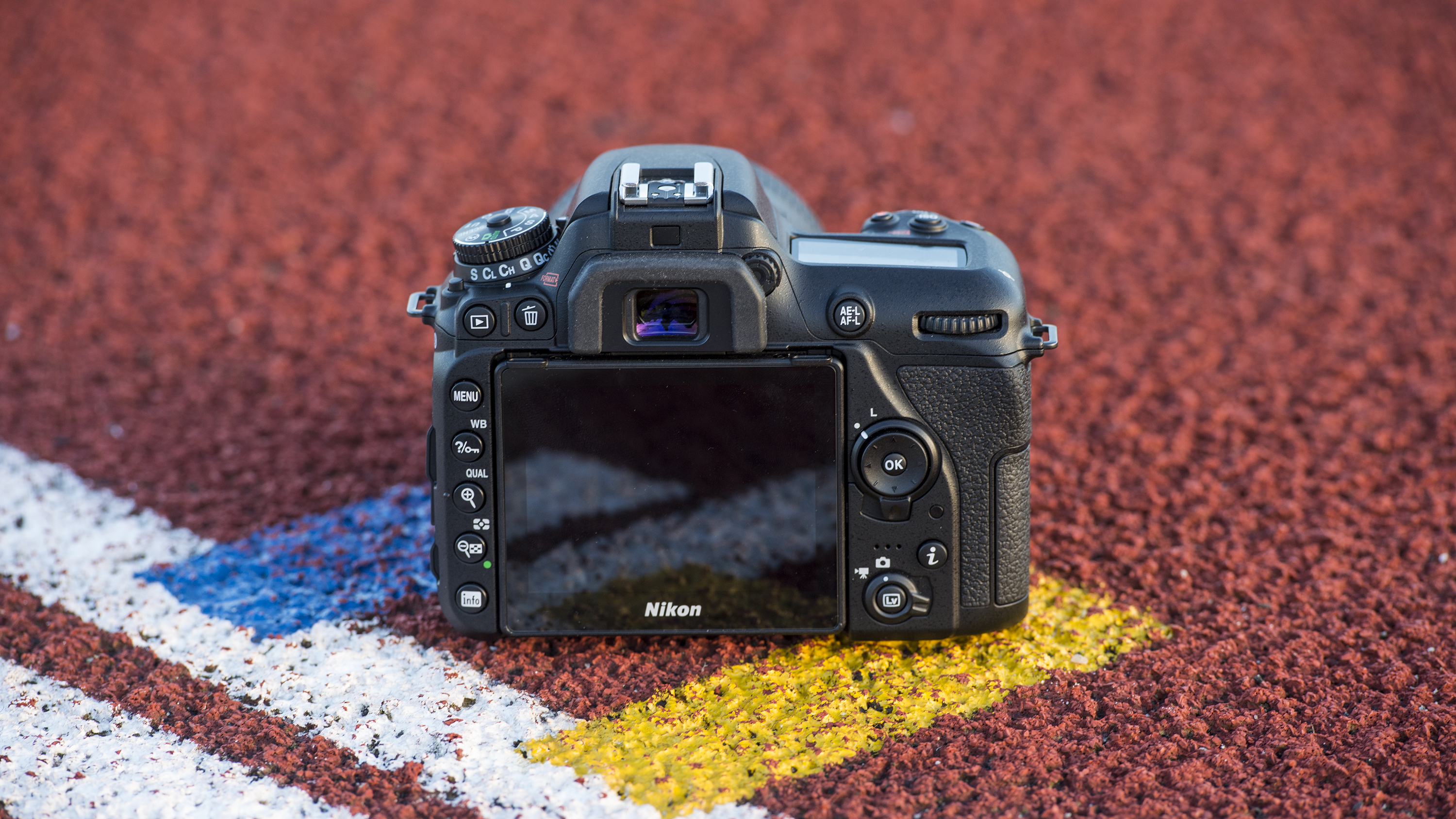

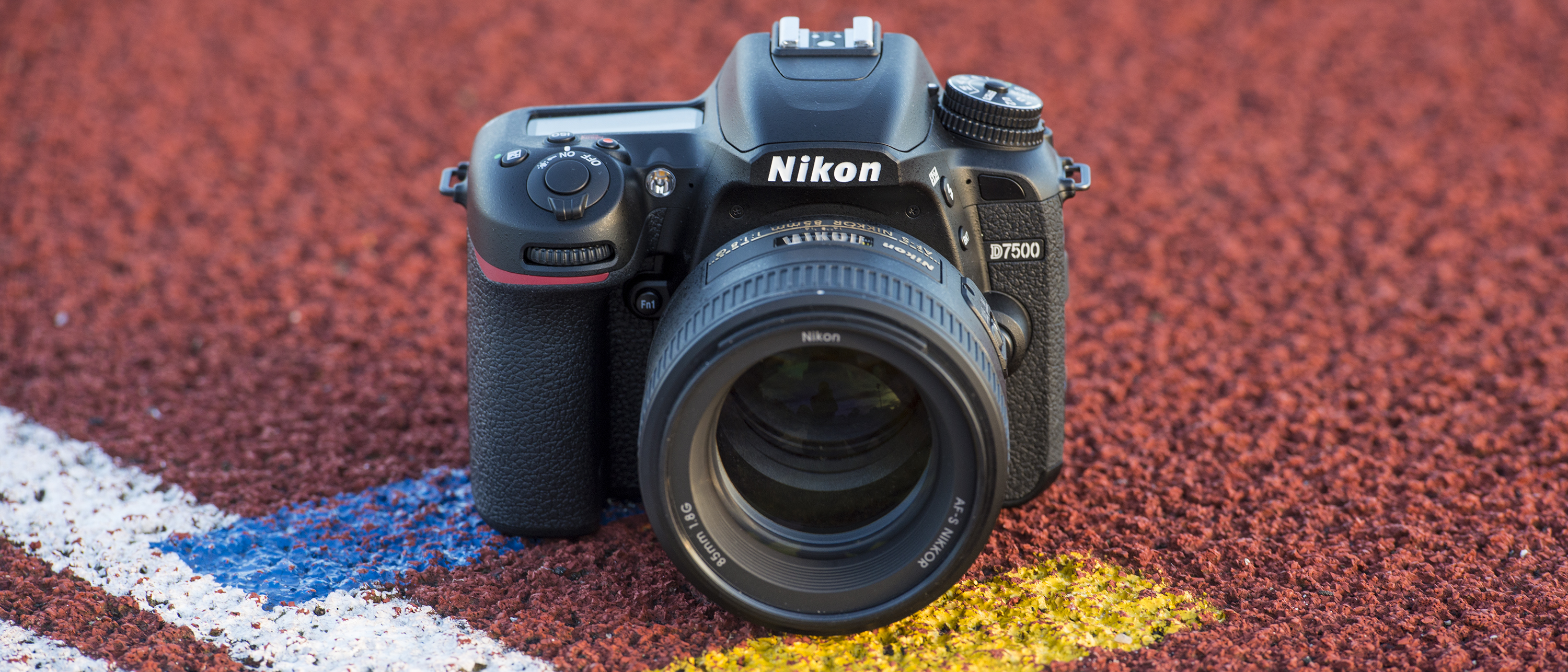
Specifications
Reasons to buy
Reasons to avoid
Nikon D7500 sample images
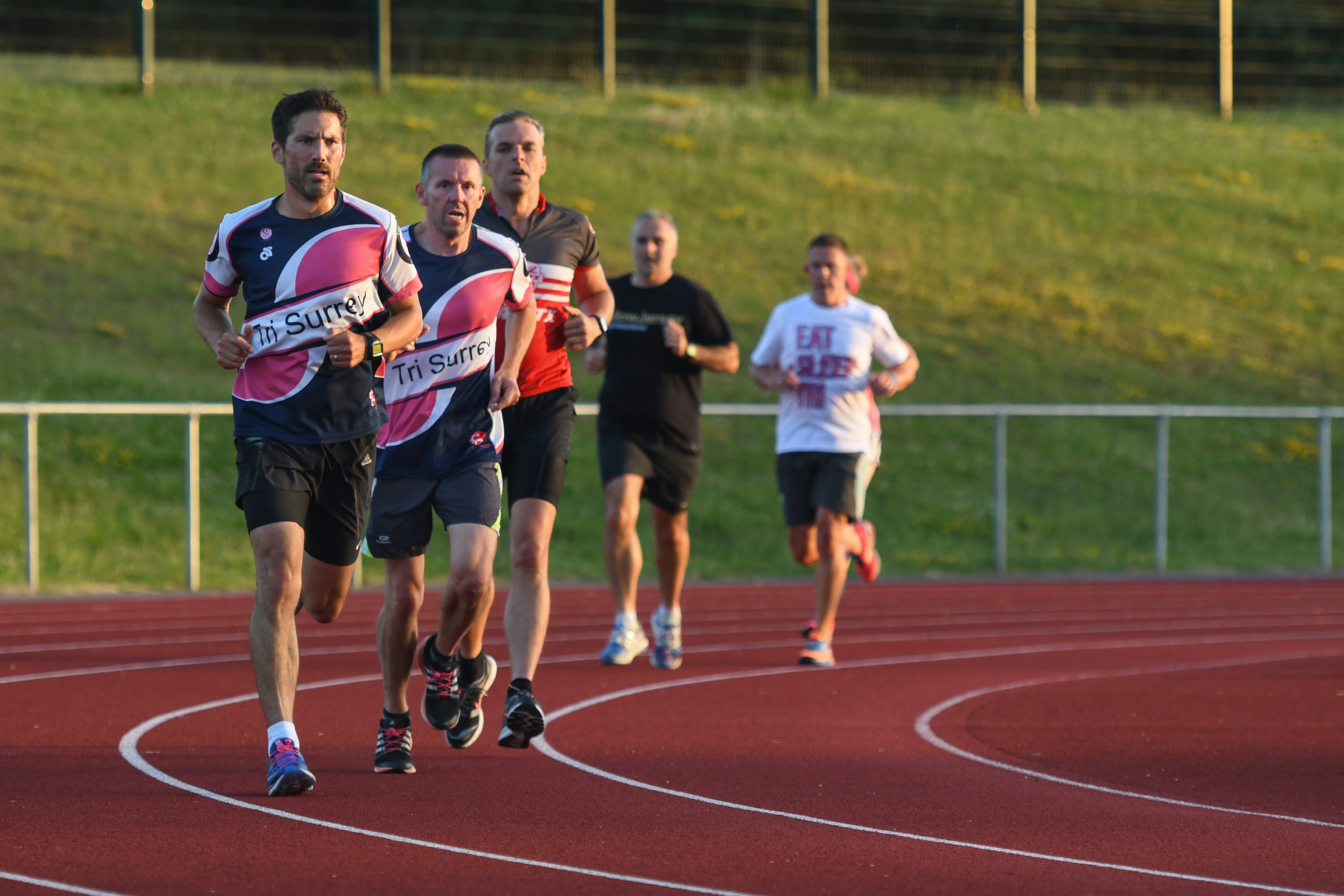
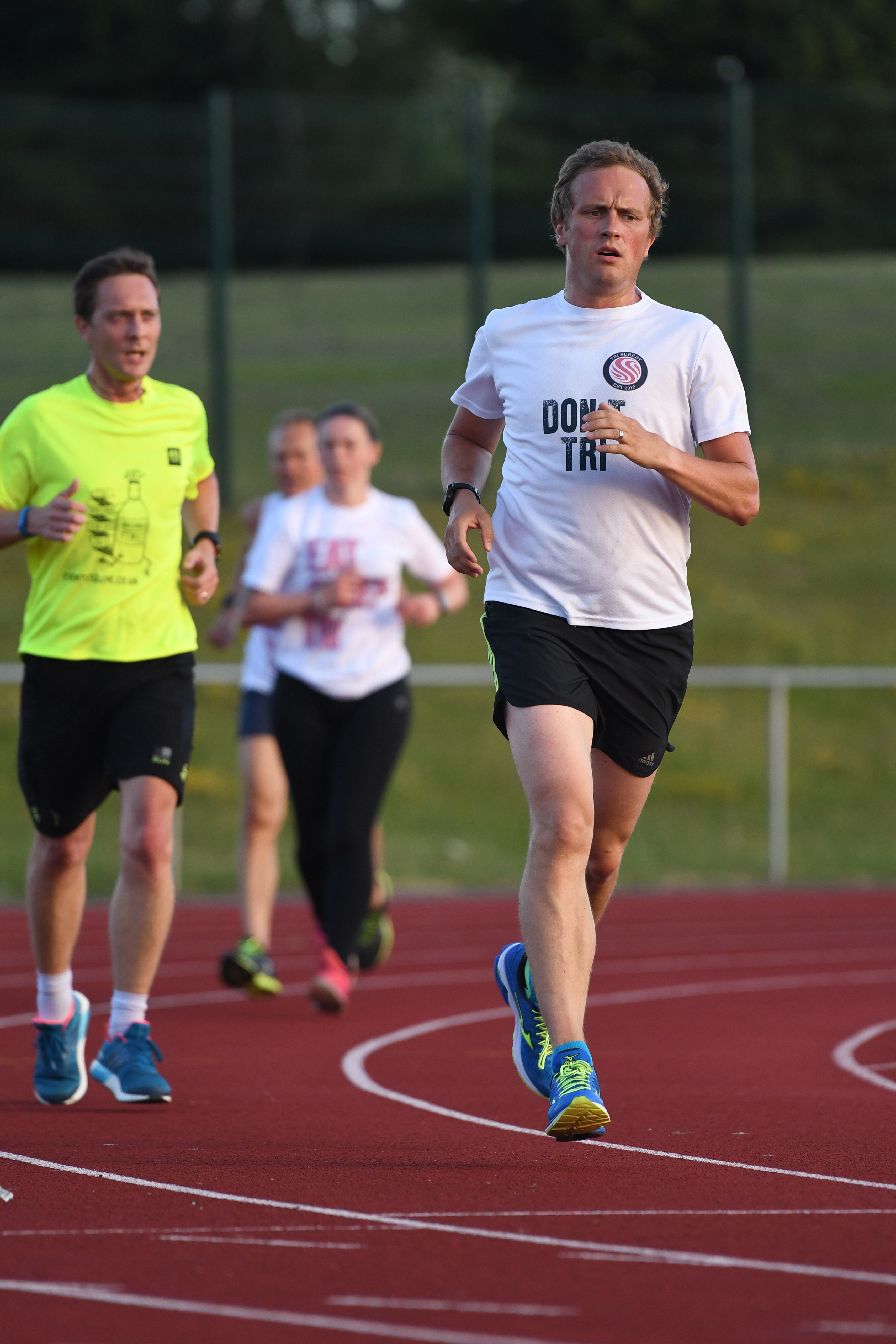
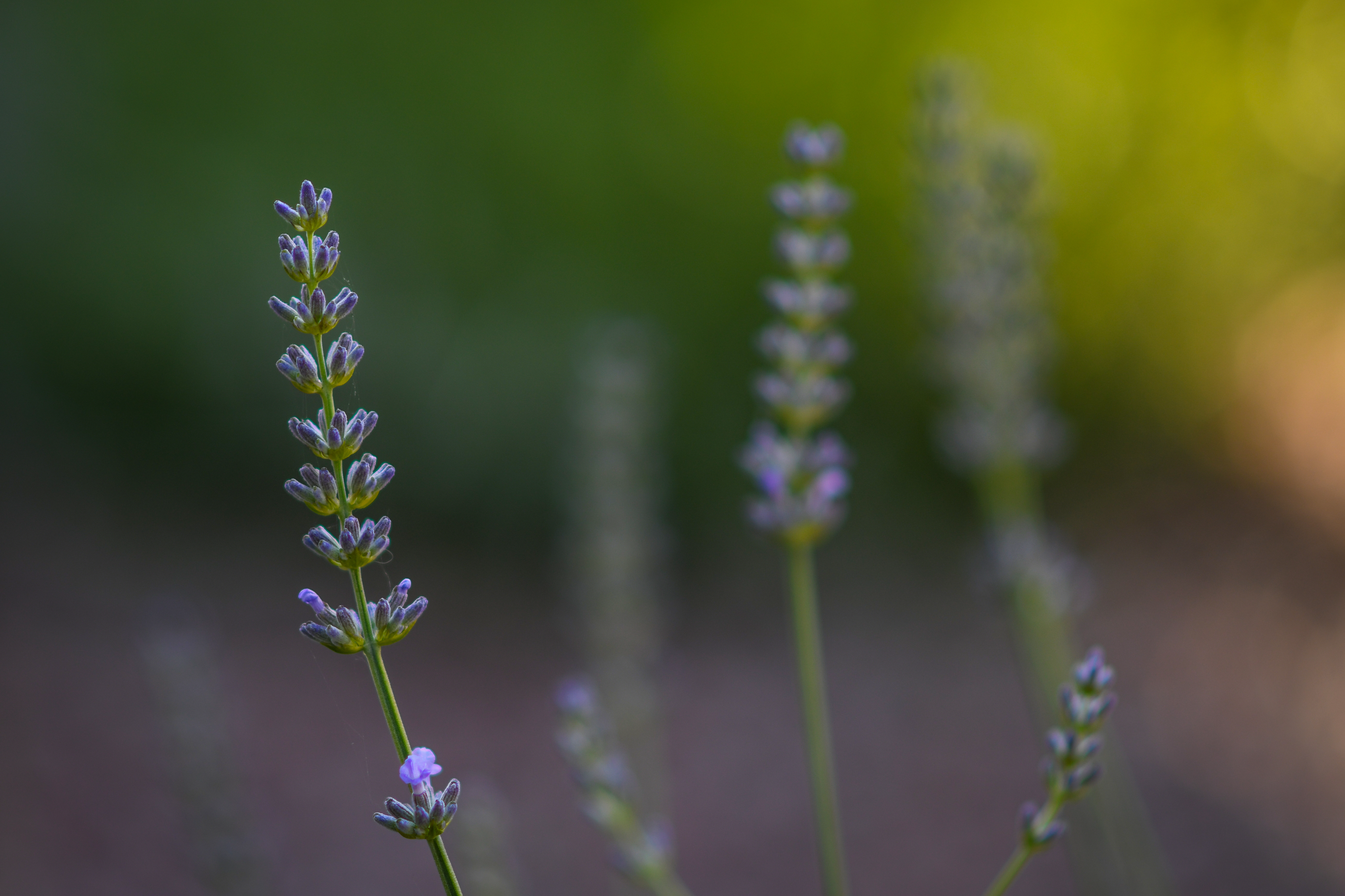
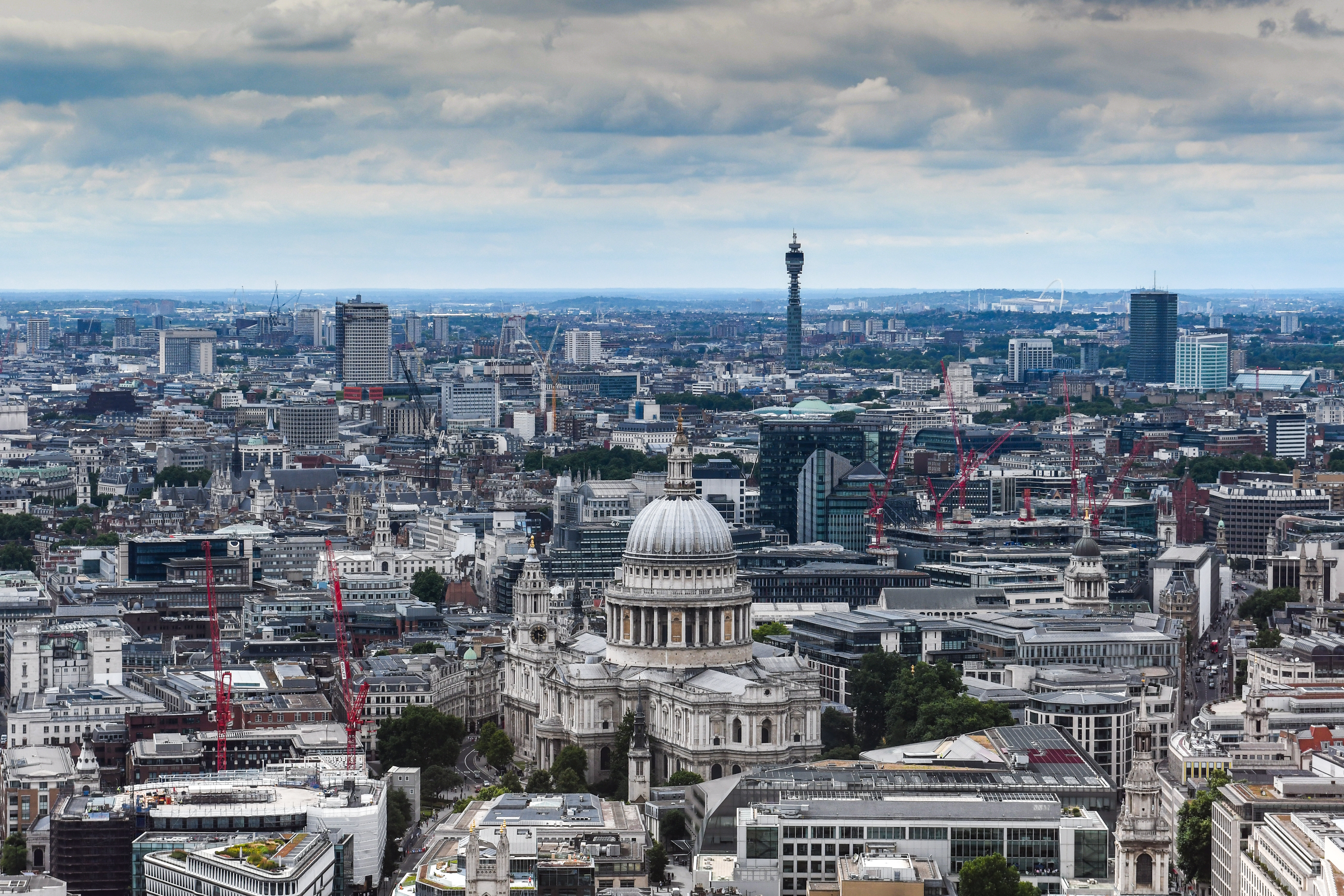
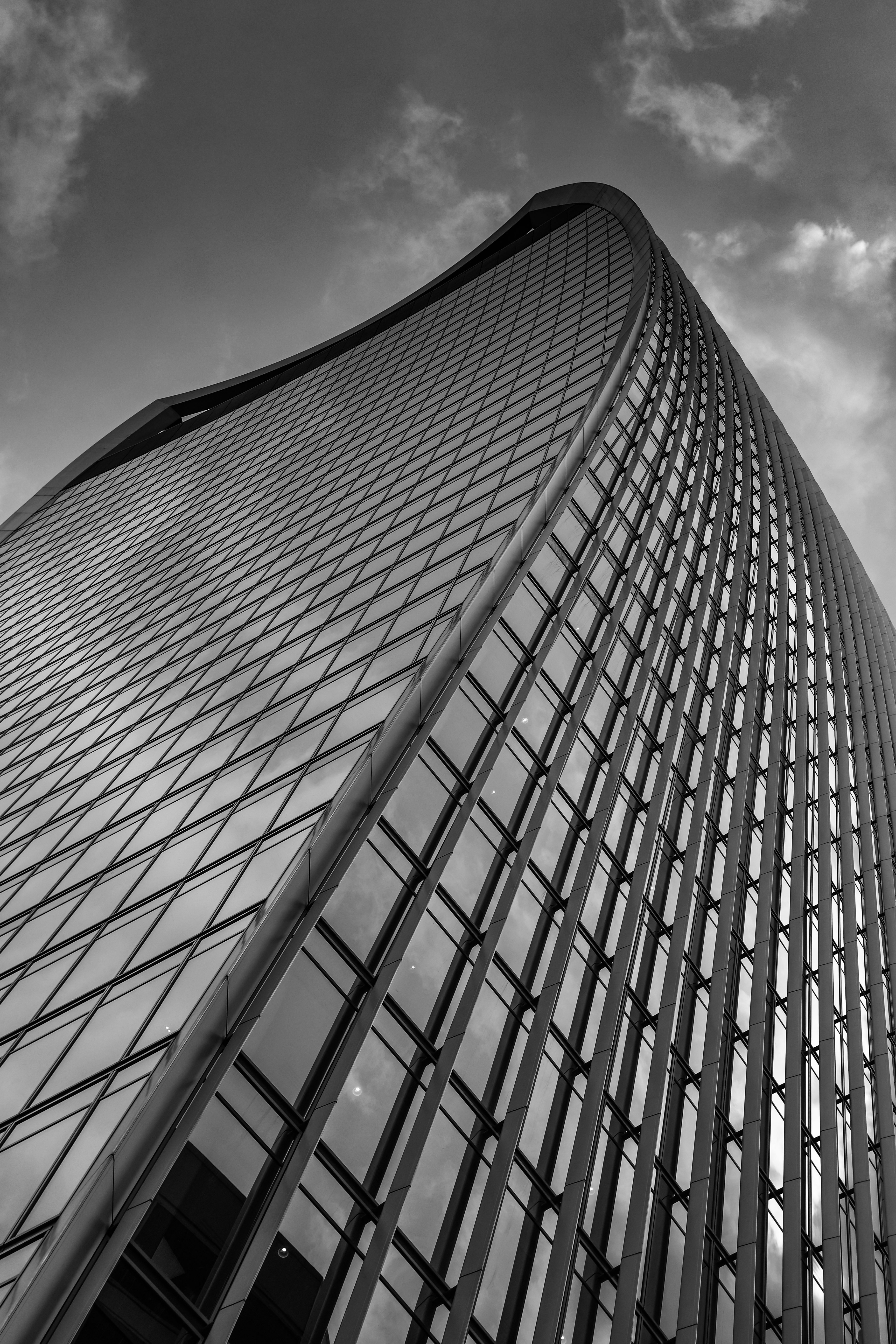
✅ You want a decent value DSLR: The D7500 is one of few enthuisast-level DSLRs still available, and it's under $1,000 / £1,000.
✅ You're primarily a photographer: Nikon's DSLRs are a superb starting point for photographers, and the D7500 is sturdy enough for demanding users.
❌ You want to shoot high resolution photos: The D7500 tops out at 20.9MP while alternatives like the Canon EOS 90D shoot bigger pics.
❌ You're keen on video: Autofocus for video is poor while newer mirrorless cameras have better features sets for video.
This list is dominated by mirrorless cameras, but if you still prefer the benefits of DSLRS – namely, their handling, superior battery lives and value – then we think the Nikon D7500 is the best one around for beginners and enthusiasts alike. It's the only remaining Nikon camera of its kind with APS-C sensor that's still available new, offering a 20.9MP sensor with excellent low light performance, and superb handling, namely its tilt touchscreen, rugged build, large optical viewfinder, 8fps burst shooting and mirrorless-camera beating battery life, rated at just under 1,000 shots.
The D7500 is almost always on sale now and regularly well under $1,000 / £1,000 with lens, while there is a huge choice of Nikon F-mount lenses that can also be great value, especially second hand. If you're starting out, we recommend buying the D7500 with the versatile 18-140mm lens as a kit, as its brings handy vibration reduction for very little extra cost. Those looking for a travel-friendly camera should still consider mirrorless alternatives like the Olympus OM-D E-M10 Mark IV above, but otherwise the D7500 remains a brilliant way to learn the photographic basics, start your new hobby and up your skills.
Read our in-depth Nikon D7500 review
The best instant camera
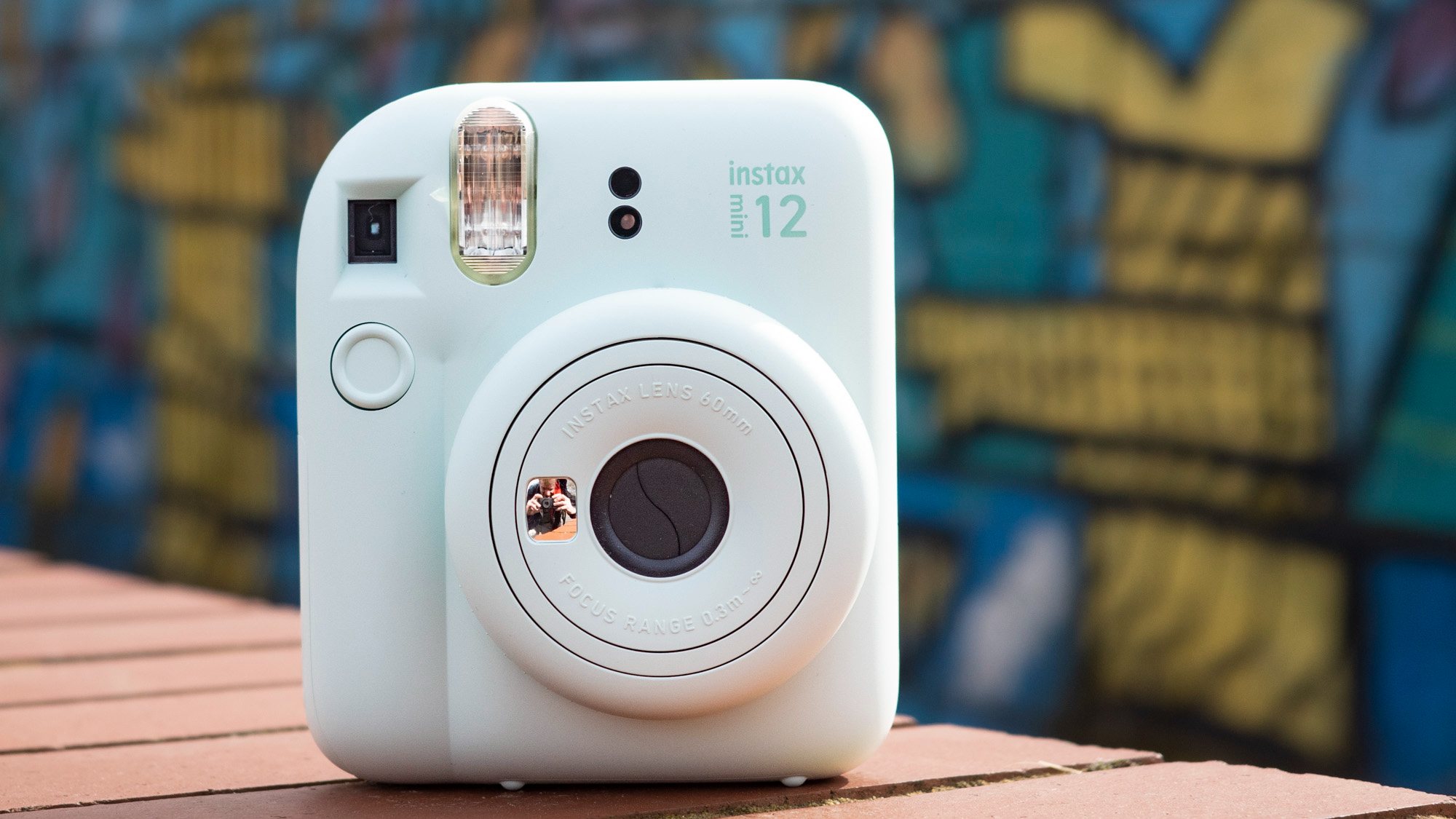
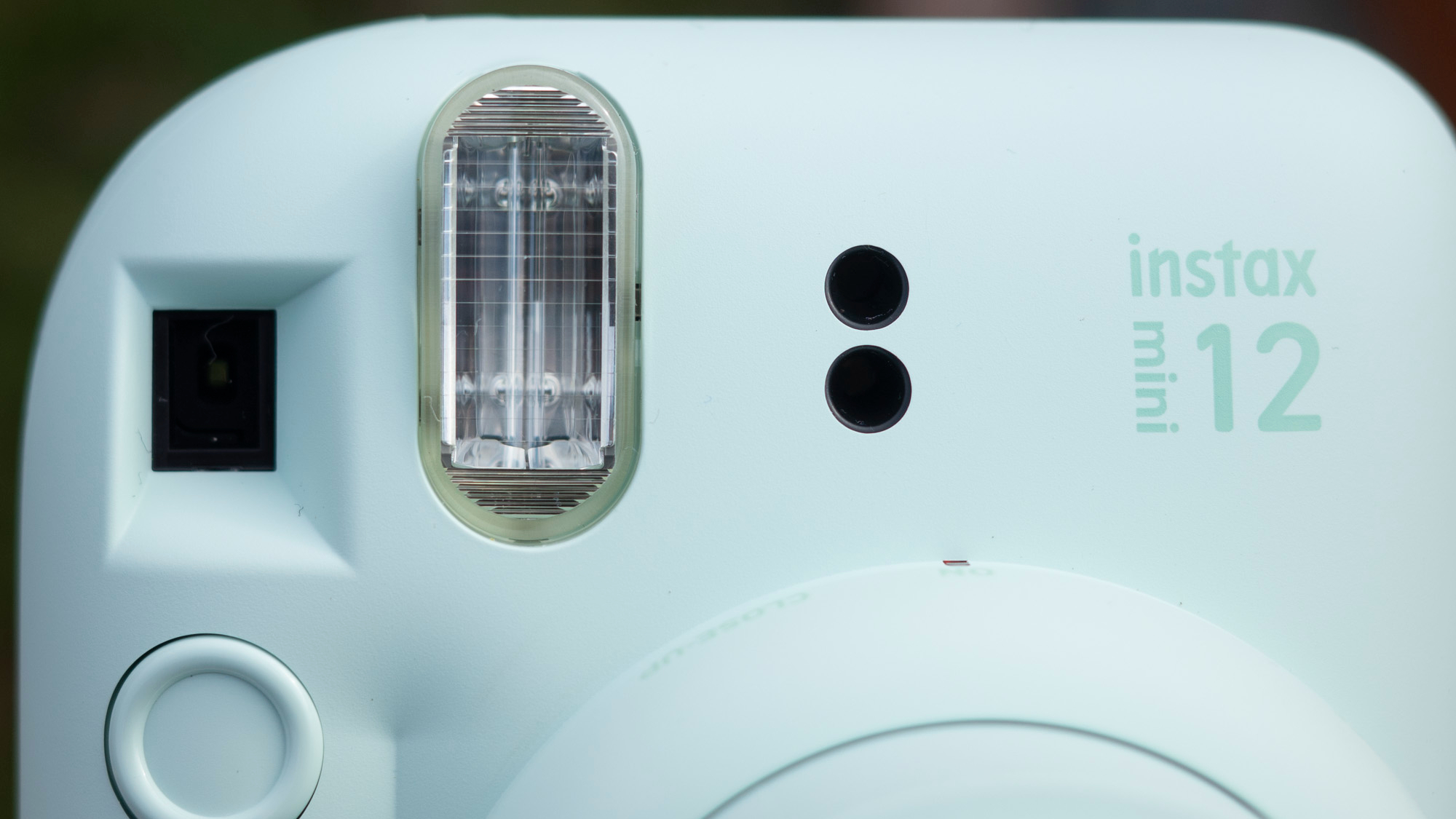
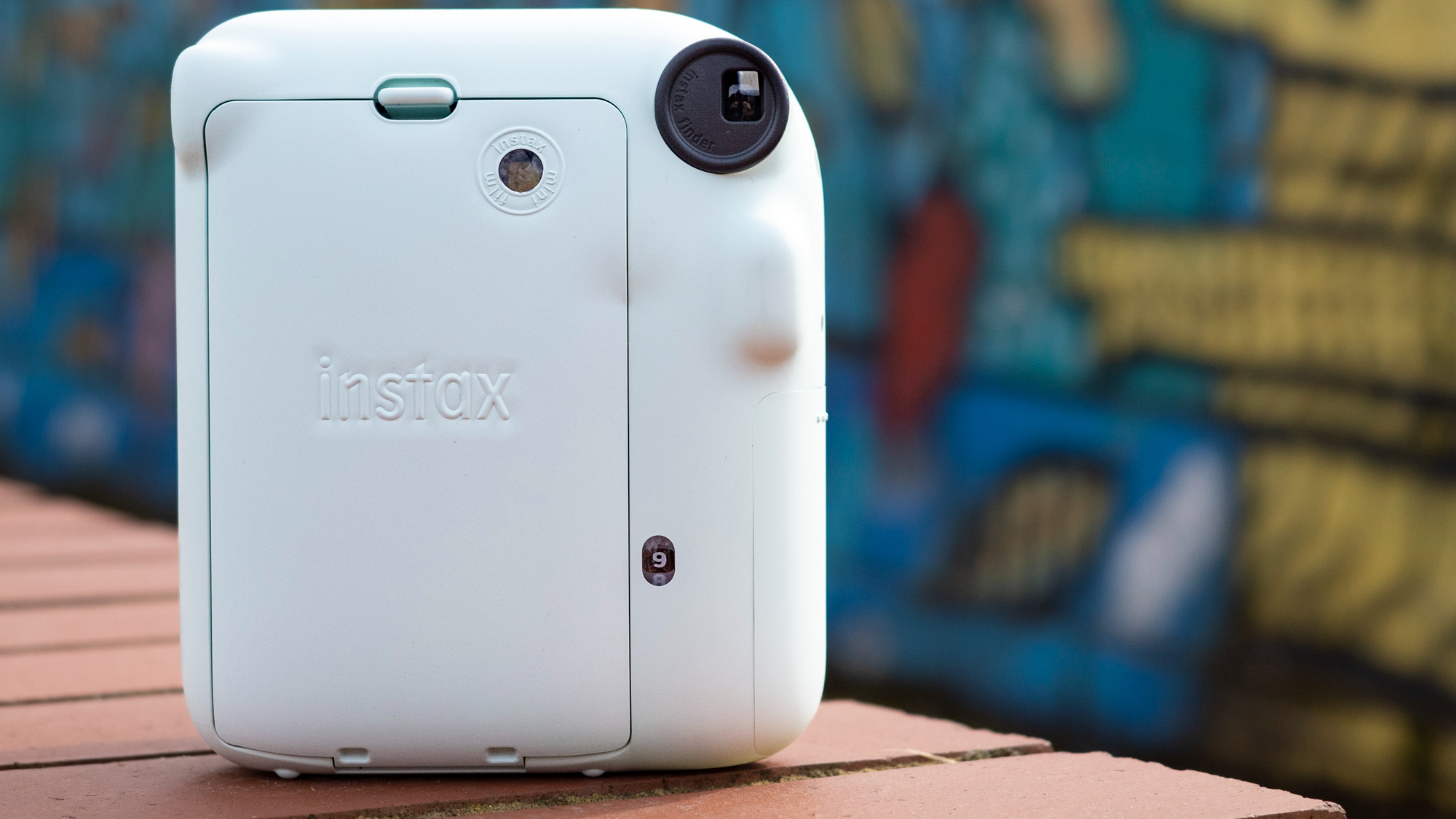

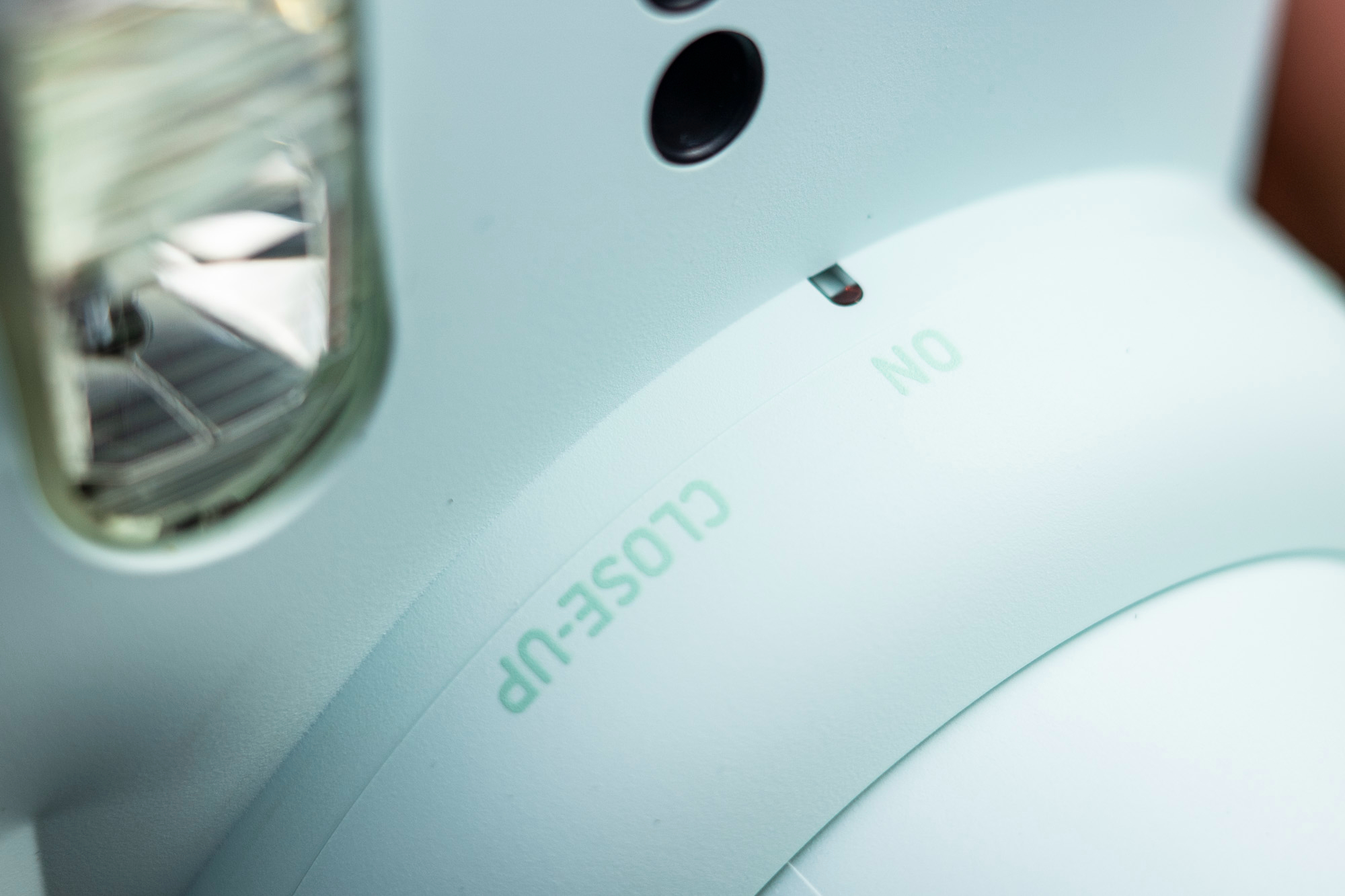
Specifications
Reasons to buy
Reasons to avoid
Fujifilm Instax Mini 12 sample images
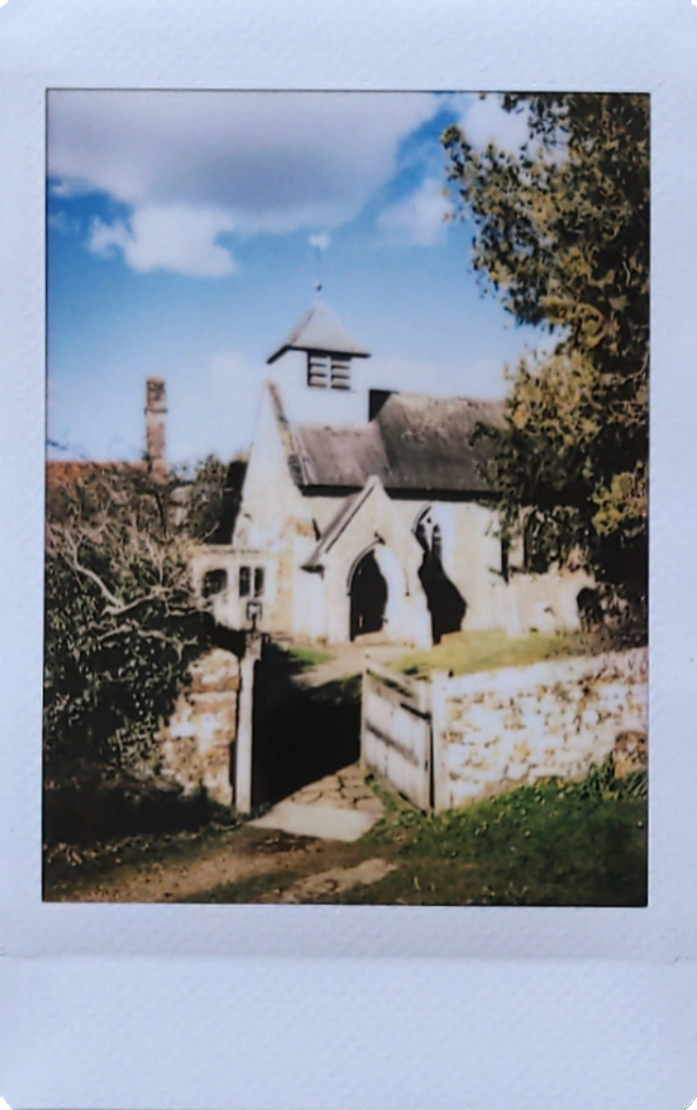
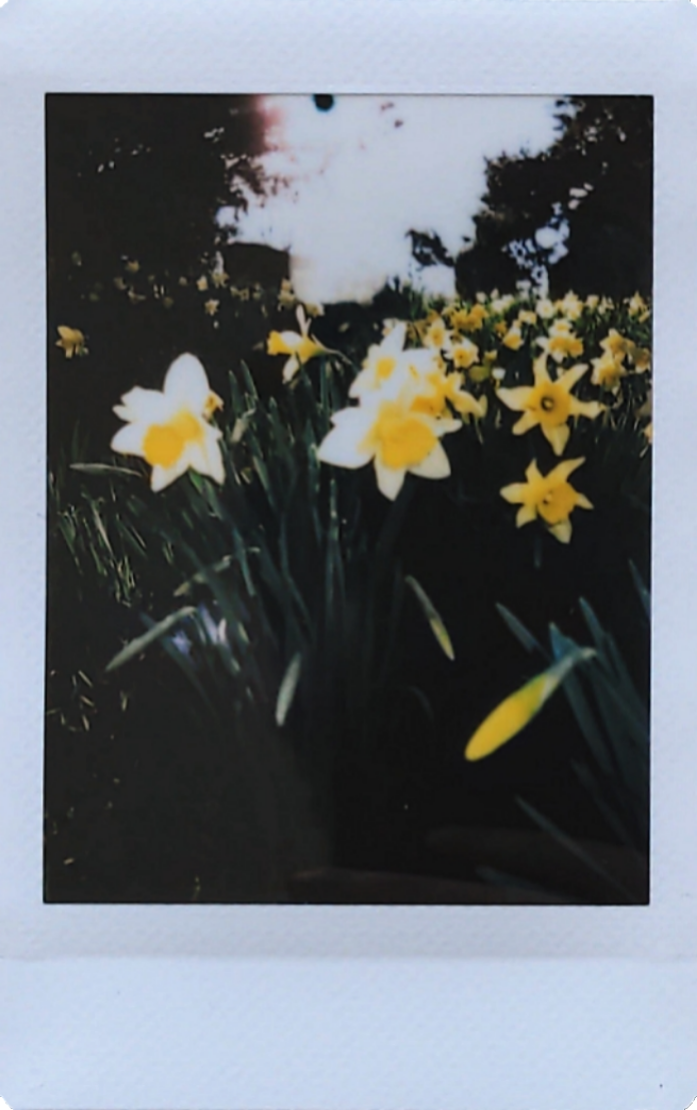
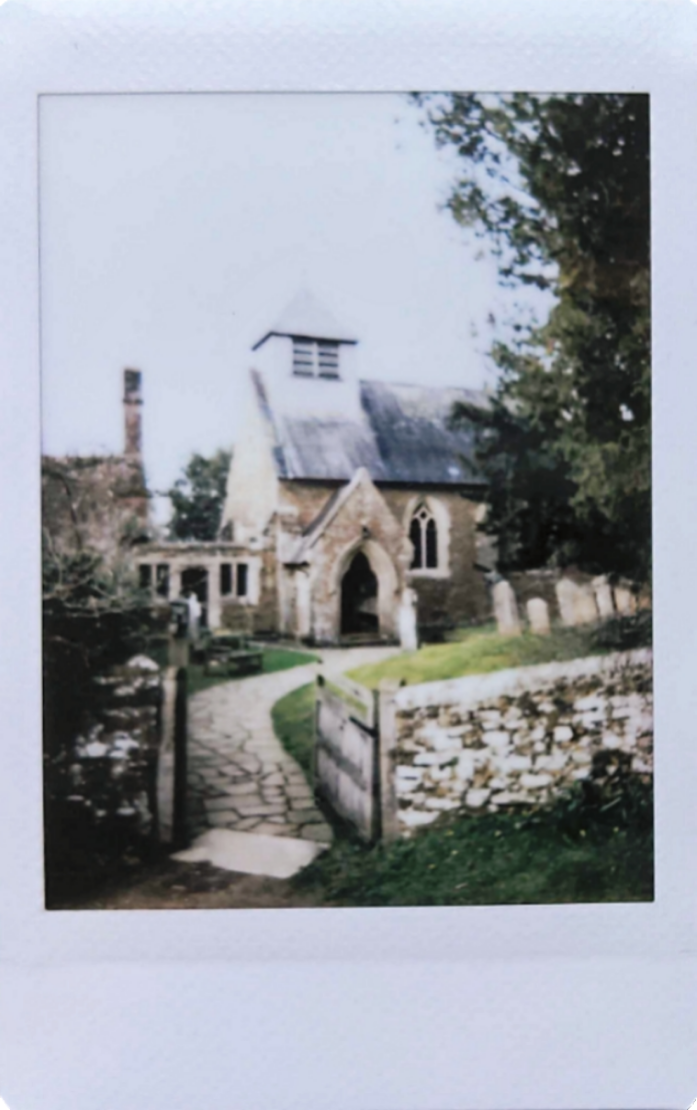
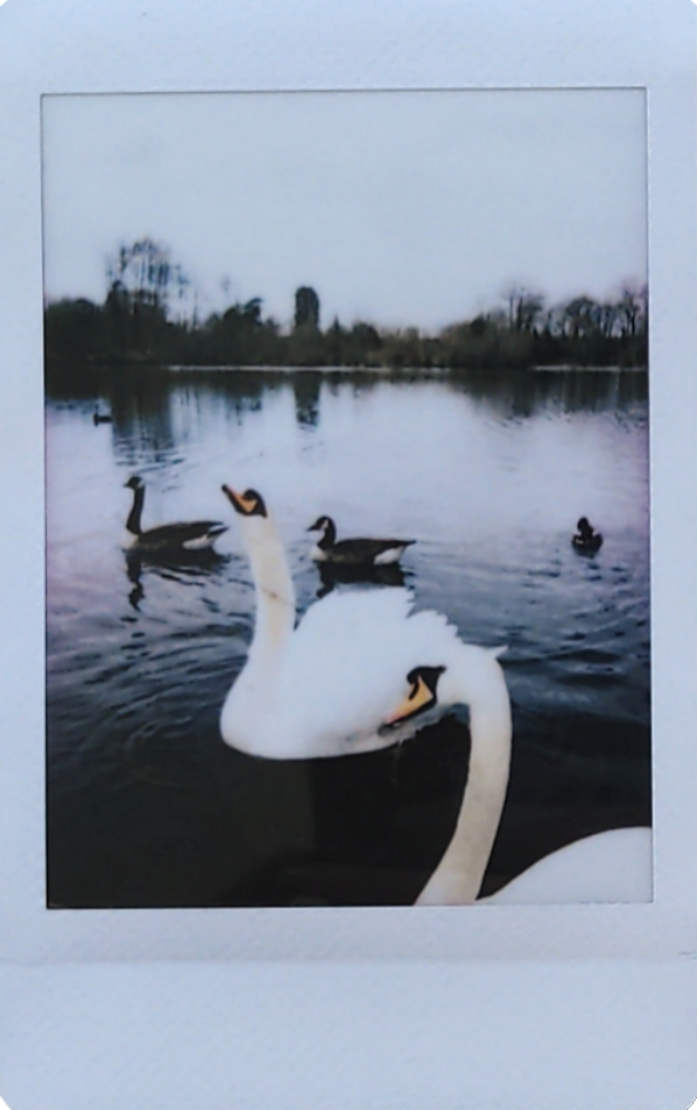
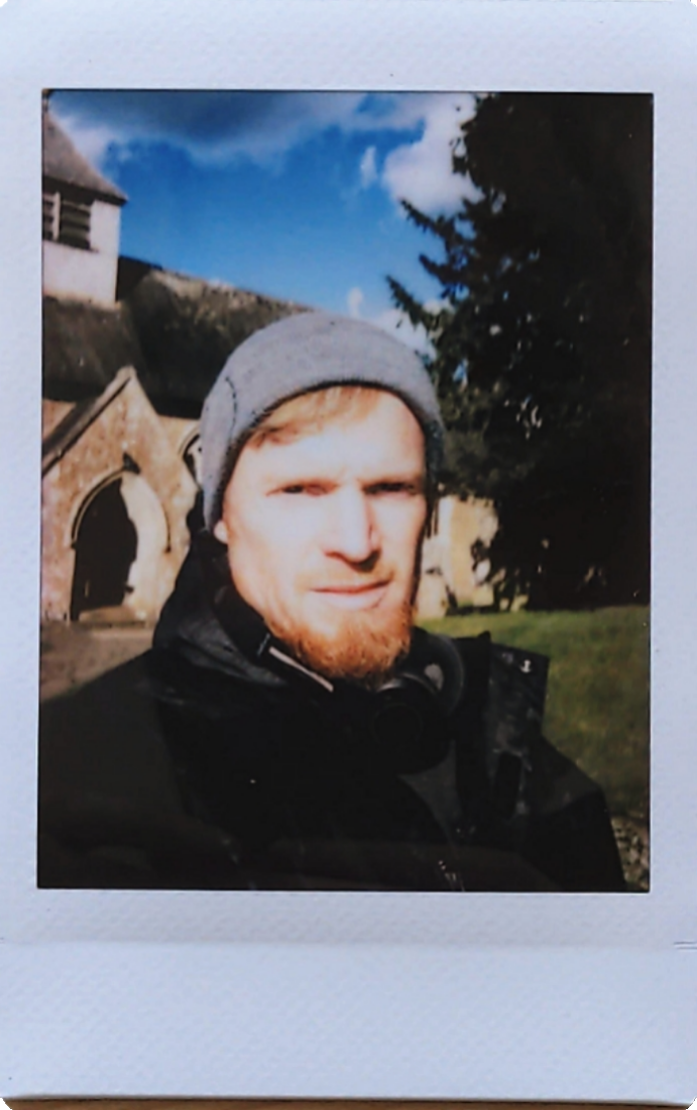
✅ You want point-and-shoot simplicity: Auto exposure control and affordable film refills make the Instax Mini 12 an accessible camera to shoot with.
✅ You want vibrant party prints: With rich vintage colors, Instax prints have a distinctively attractive look that’s great for capturing memories.
❌ You shoot in sunlight a lot: The Mini 12 tends to overexpose images in bright light, not helped by the always-on flash which fires every time.
❌ You want a tactile camera: The bubble-like design is fun, but it’s also slippery in the hand making it tricky to keep hold of at times.
When it comes to photo quality, the Fujifilm Instax Mini 12 can’t compete with present company. But if you want an instant camera that’s affordable, easy to use and fun to shoot with, we think the Mini 12 is a winner. Building on everything we loved about the Instax Mini 11, it makes it simple for beginners to create small but vibrant printed snaps.
The Mini 12 benefits from parallax correction, which we found a useful addition: it means what you see when framing is closer to what gets printed. Fujifilm has also repositioned the exposure sensor to get more accurate readings, although we found that the Mini 12 still overexposes in bright sunlight. We also found its design a little slippery to handle, but the lens controls are even more intuitive than before: you turn on the Mini 12 by twisting its lens, or activate the close-up mode by pulling it. This straightforward setup makes it even more appealing for parties and kids, especially when you factor in the affordable cost of film refills.
Read our in-depth Fujifilm Instax Mini 12 review
The best pro hybrid for sports and wildlife
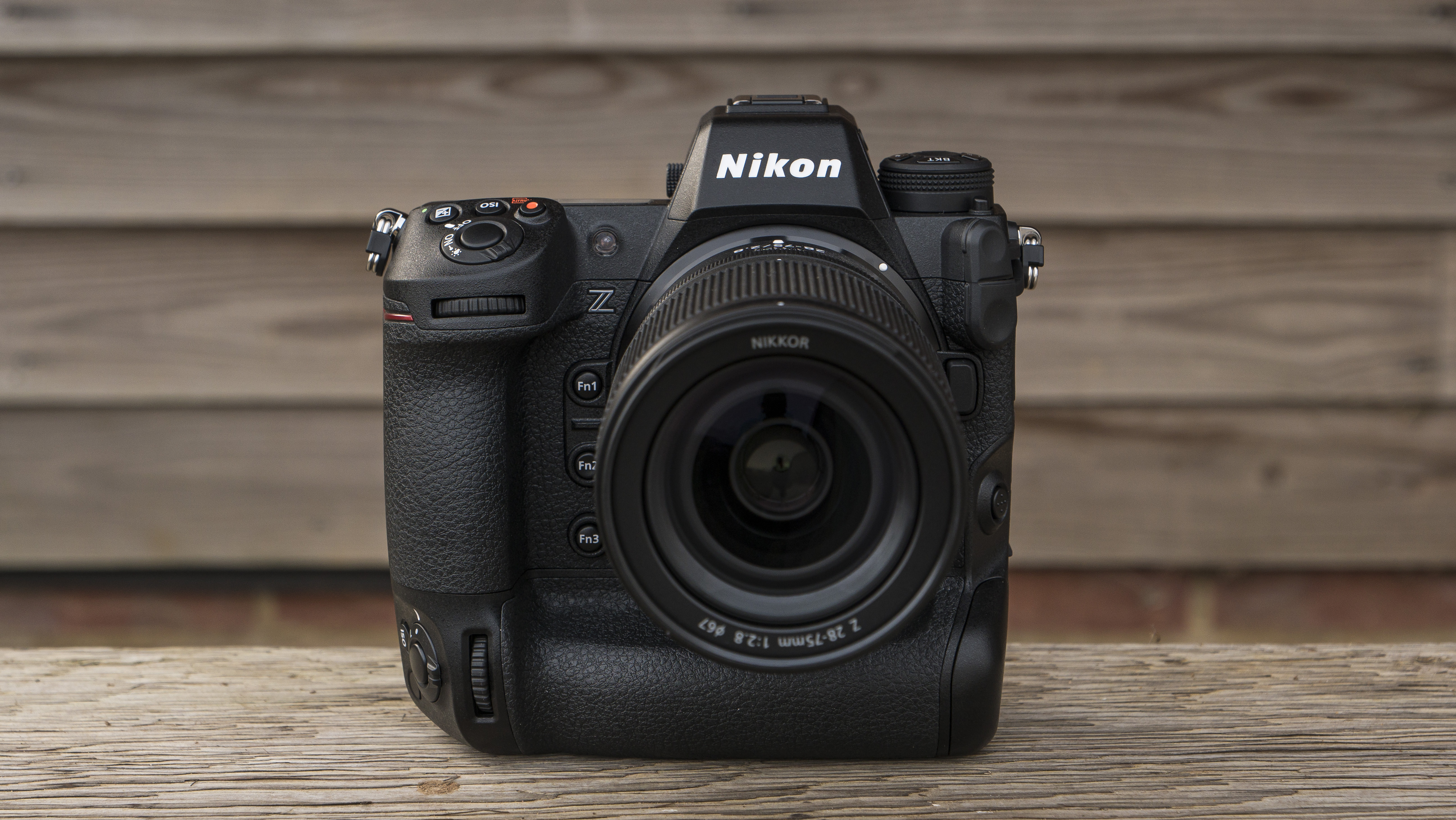

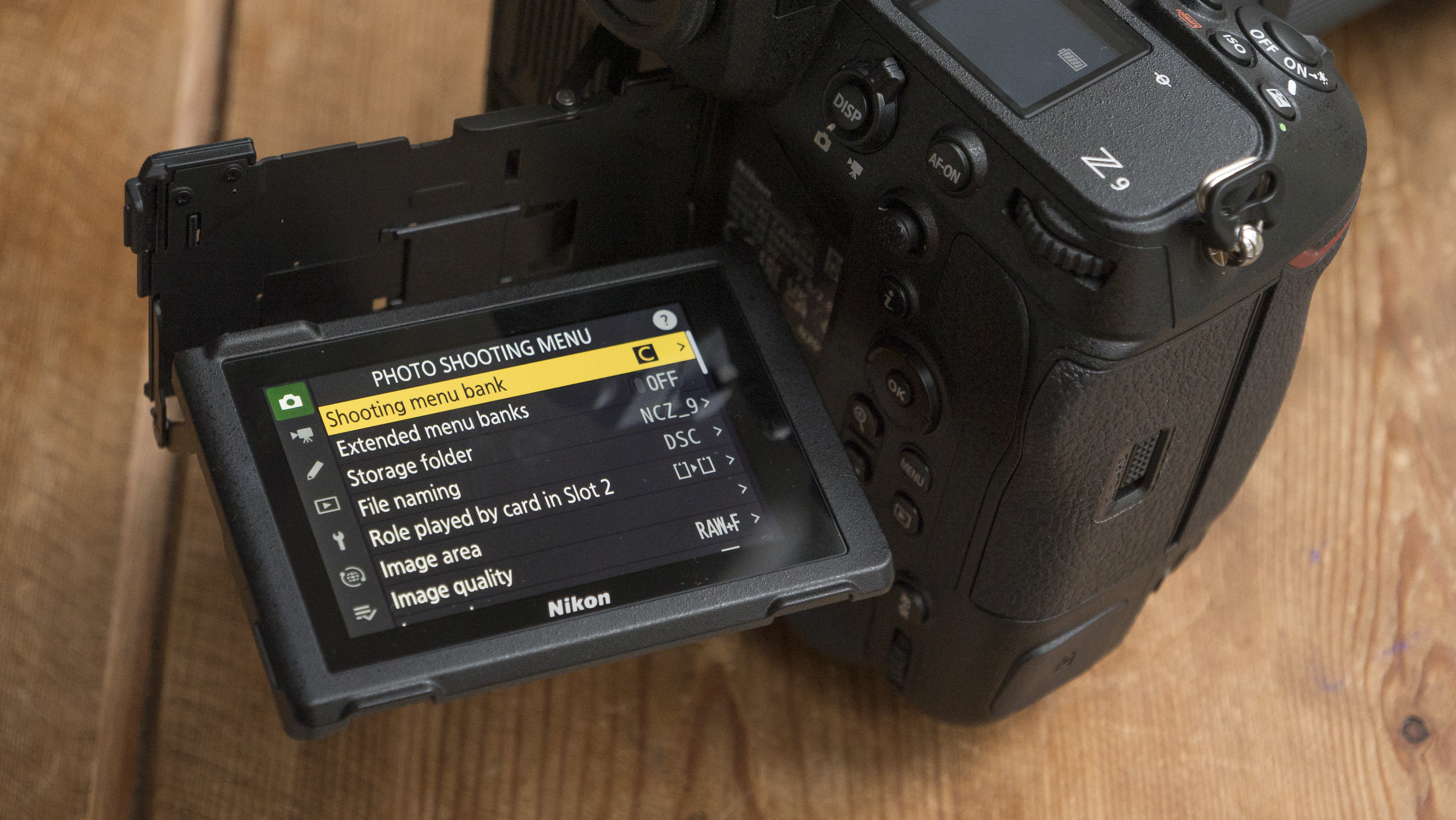
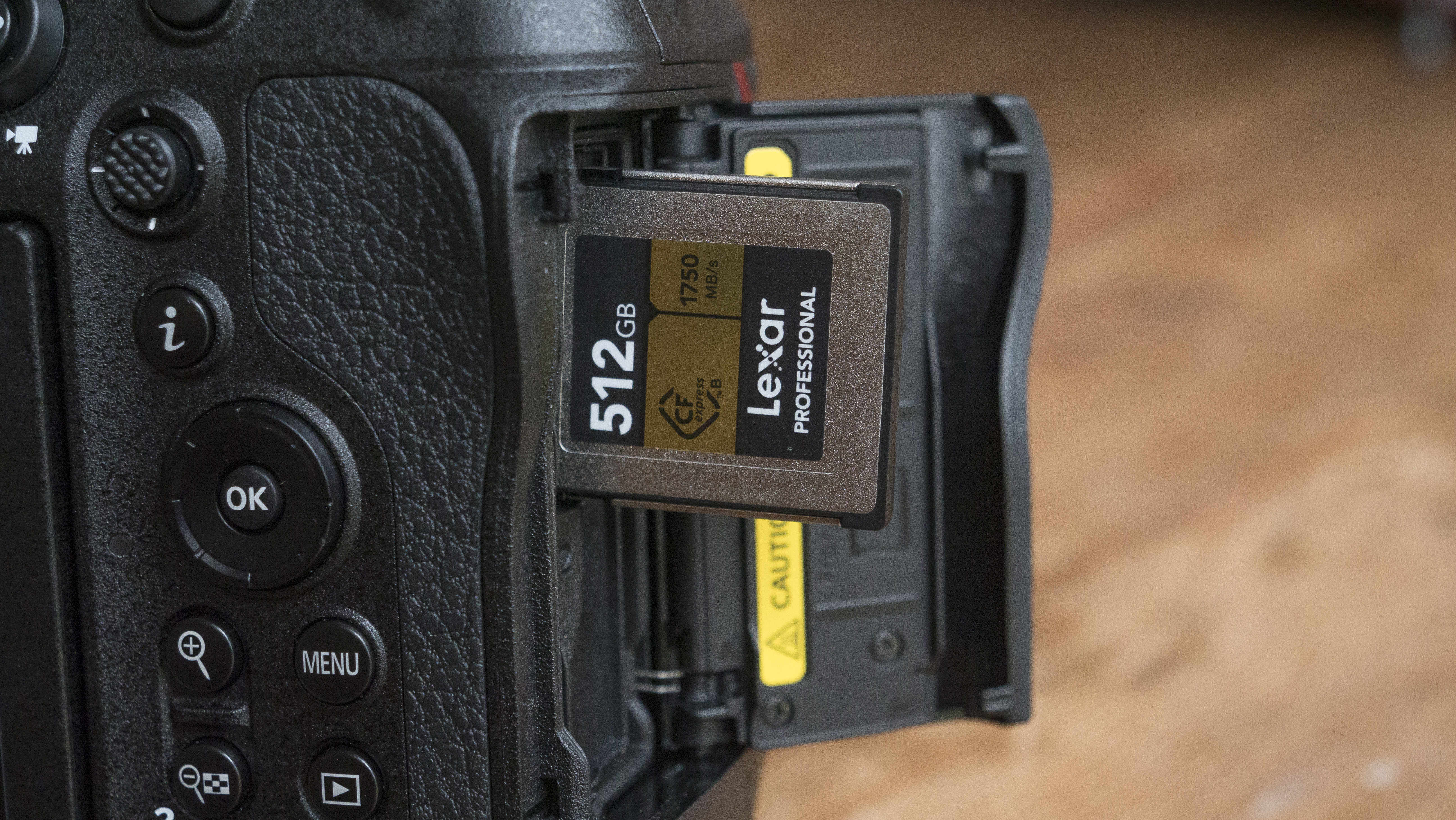

Specifications
Reasons to buy
Reasons to avoid
Nikon Z9 sample images

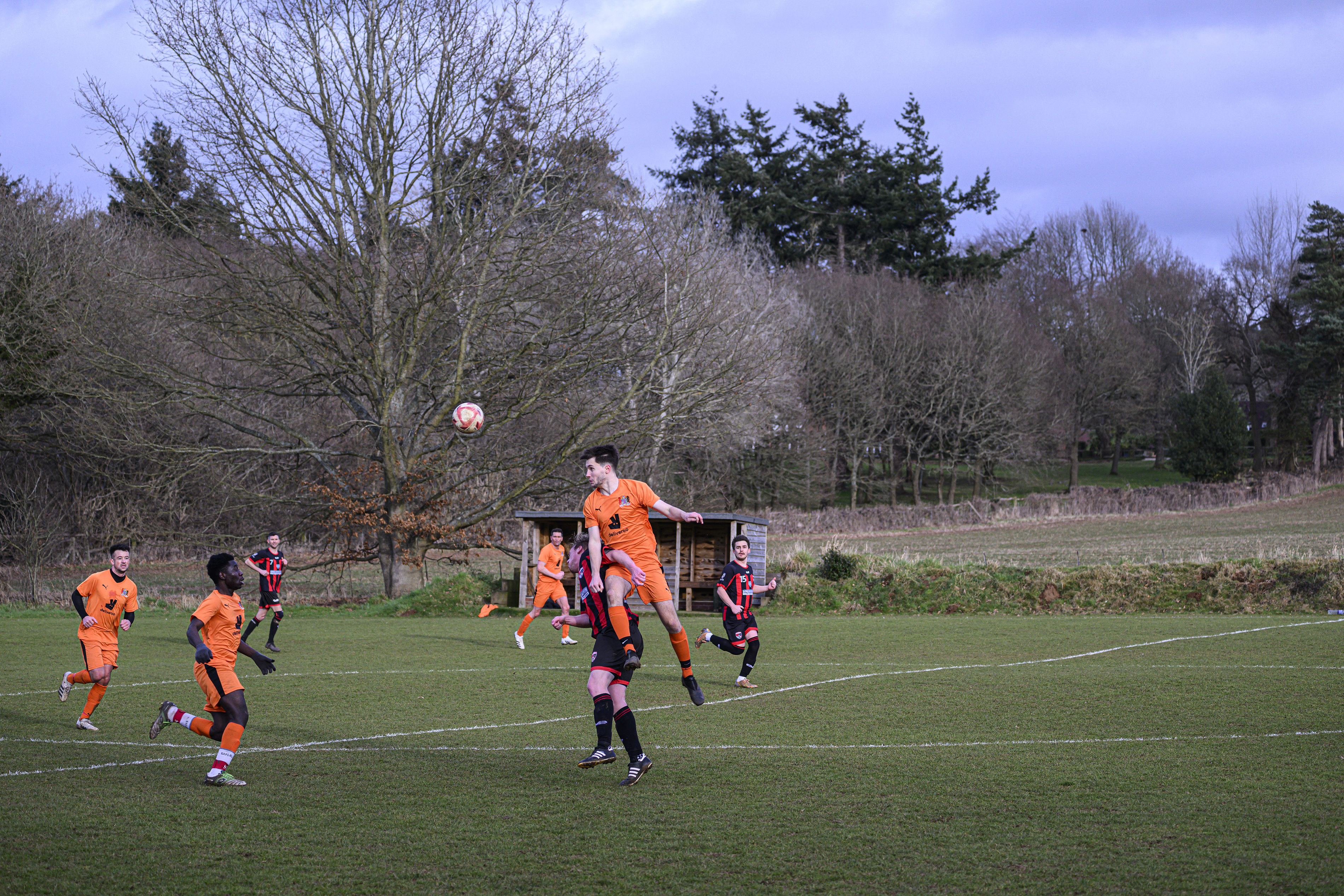



✅ You need a dependable camera for most situations: Pros especially need a reliable tool, first and foremost, and they won't be let down by the Nikon Z9.
✅ You want resolution and speed
What's seriously impressive about the Z9 is that it outguns the similarly-priced Nikon D6, while boasting more than twice the resolution
❌ You want a lightweight tool: Compared to the Canon EOS R3 and Sony A1, the Nikon Z9 is both heavy and bulky.
❌ You don't need everything in one camera: Given the smaller Z7 II has the same resolution for almost half the price, the Z9 could be more than you need.
Blazingly quick, the Nikon Z9 is a fantastic choice for discerning photographers who need a camera that can keep up with the most intensive sports and wildlife action. As the first pro-grade camera without a mechanical shutter, it was a groundbreaking model at launch. Subsequent firmware releases have only made it better. Alongside reliable Eye AF tracking, the Z9 is capable of capturing crisp video at 8K/60p or 4K/120fps. Our tests confirmed that stills are similarly fantastic, with the 45.7MP stacked CMOS sensor and excellent image stabilization combining to produce beautiful images.
Besides the price, the major drawback is the Z9's form factor. In our review, we found it a big, heavyweight beast. A two-way tilting touchscreen does add welcome versatility alongside the vertical grip, and weather-sealing complements Nikon's trademark build quality. But there are smaller, more affordable options out there if you don't need all of its flagship features. Nikon’s own Z7 II for example offers the same level of detail for stills in a tidier package.
Read our in-depth Nikon Z9 review
The best camera for outright image quality

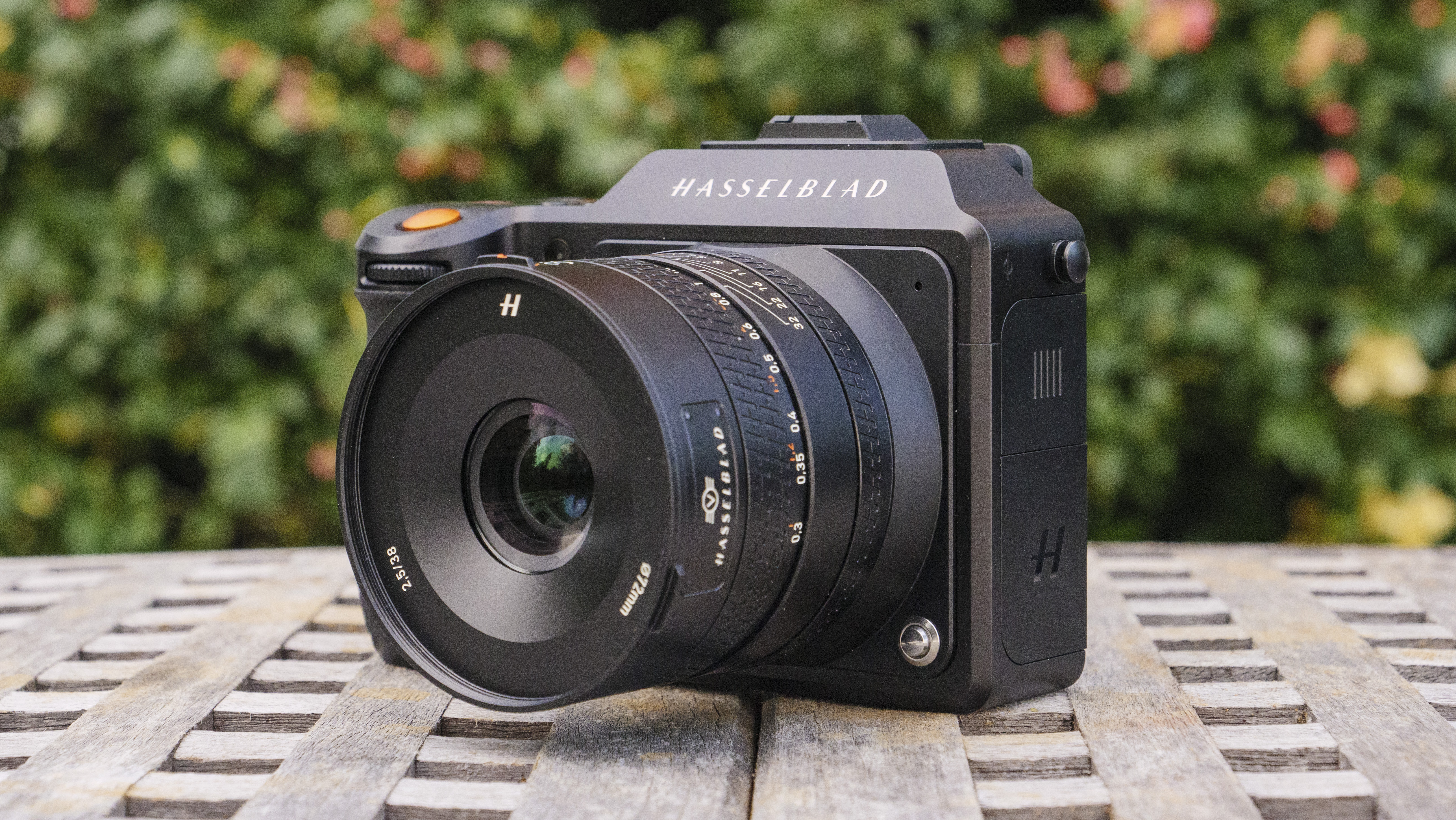
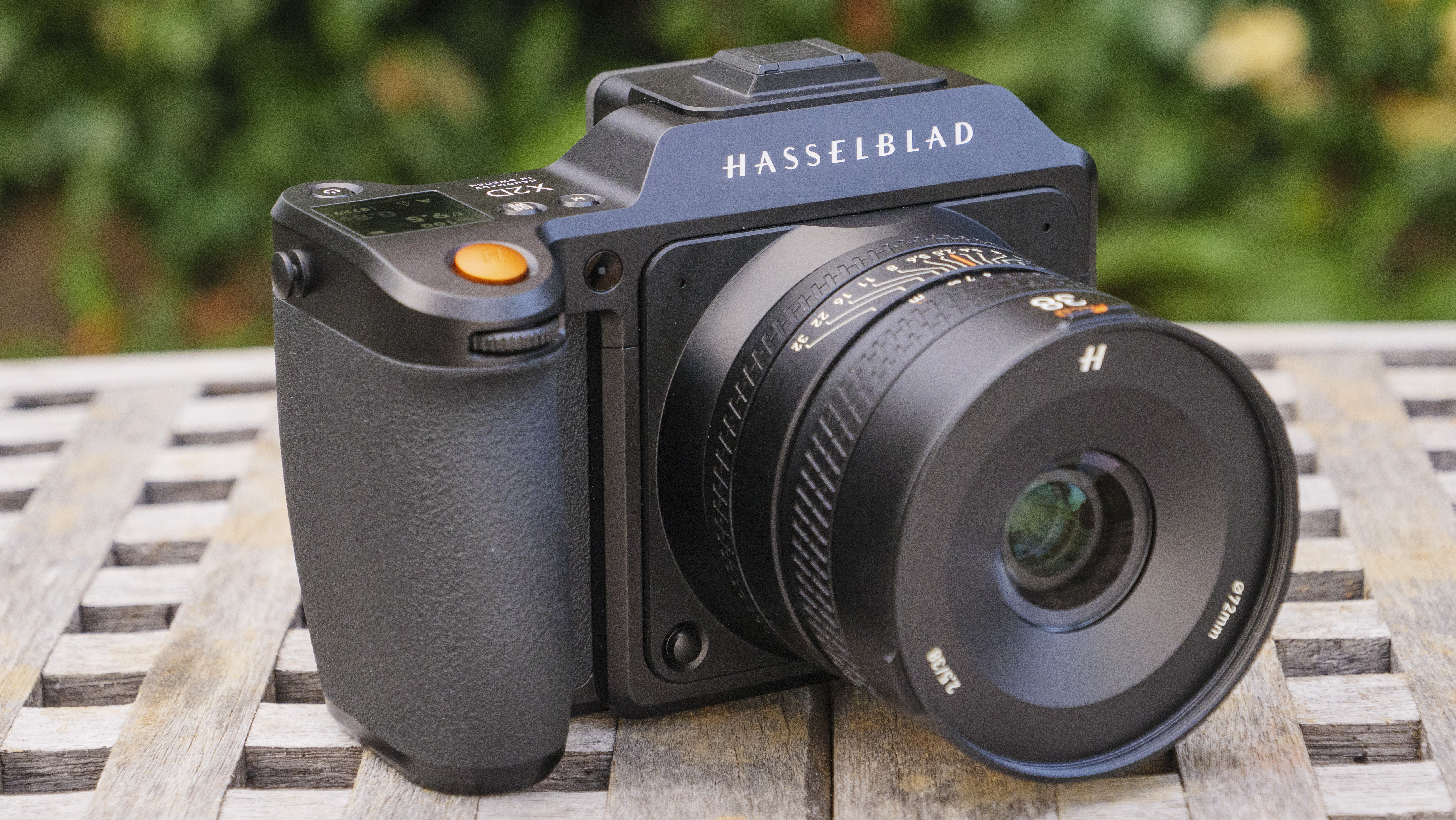

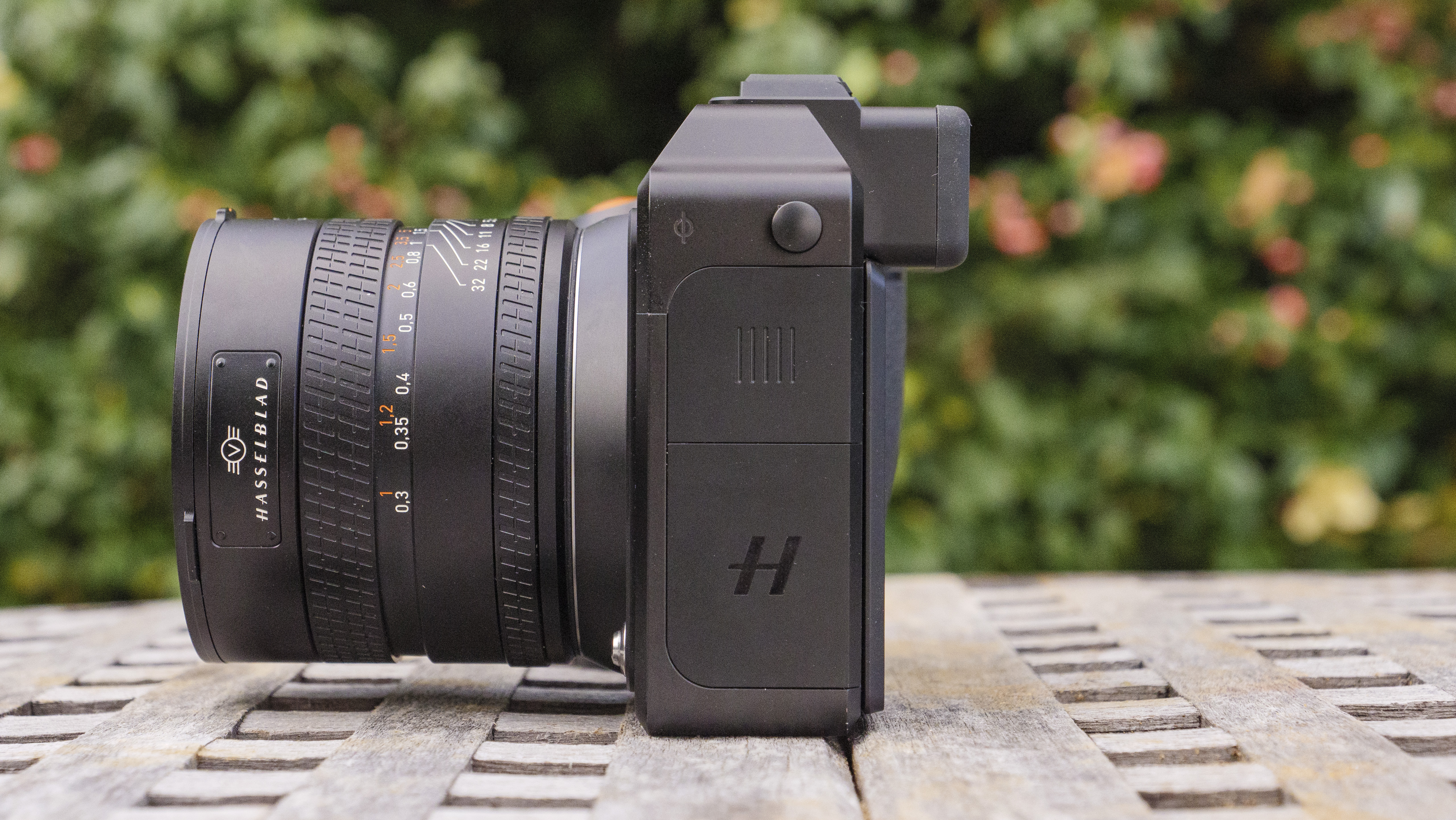
Specifications
Reasons to buy
Reasons to avoid
Hasselblad X2D 100C sample images
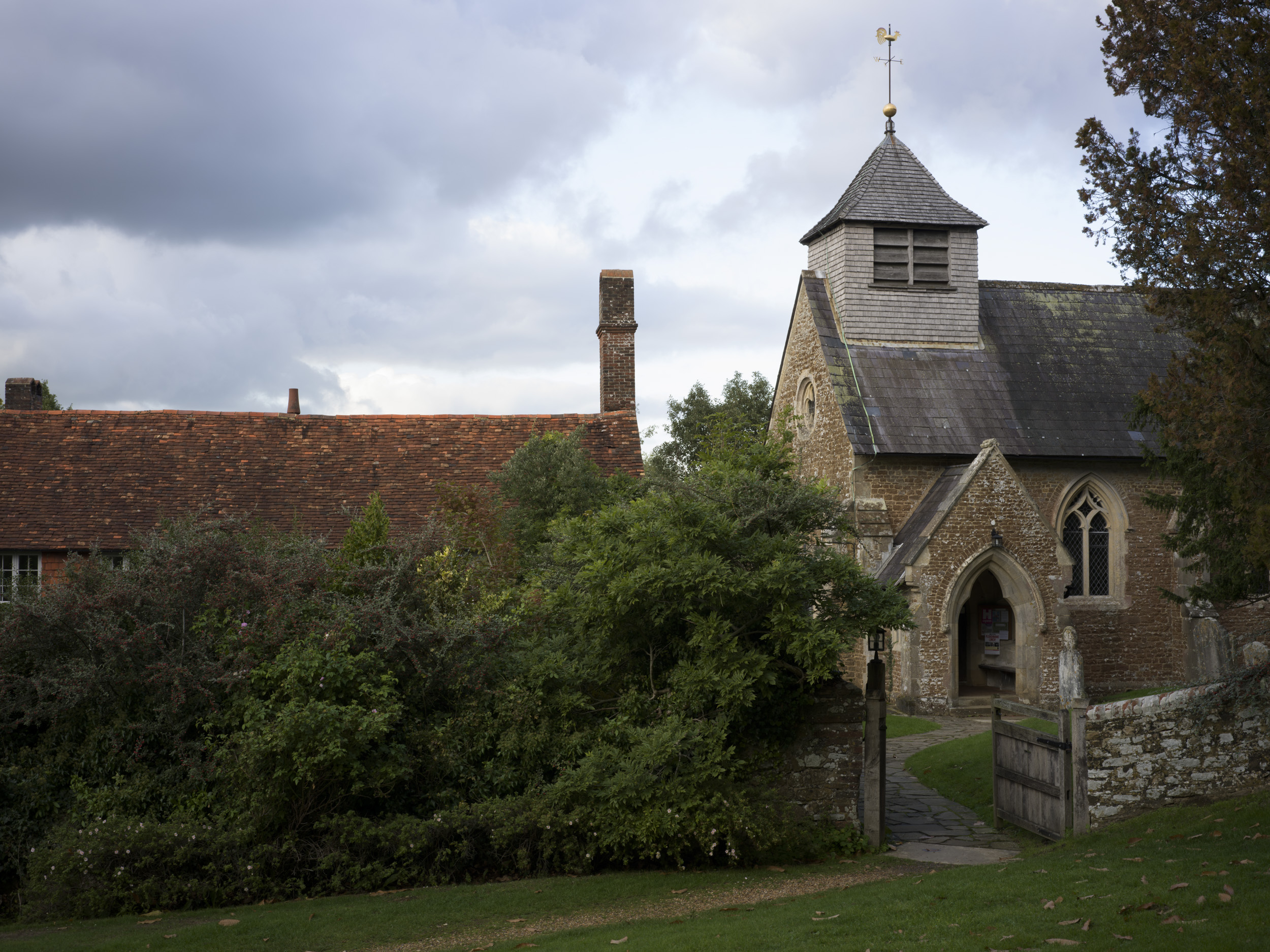
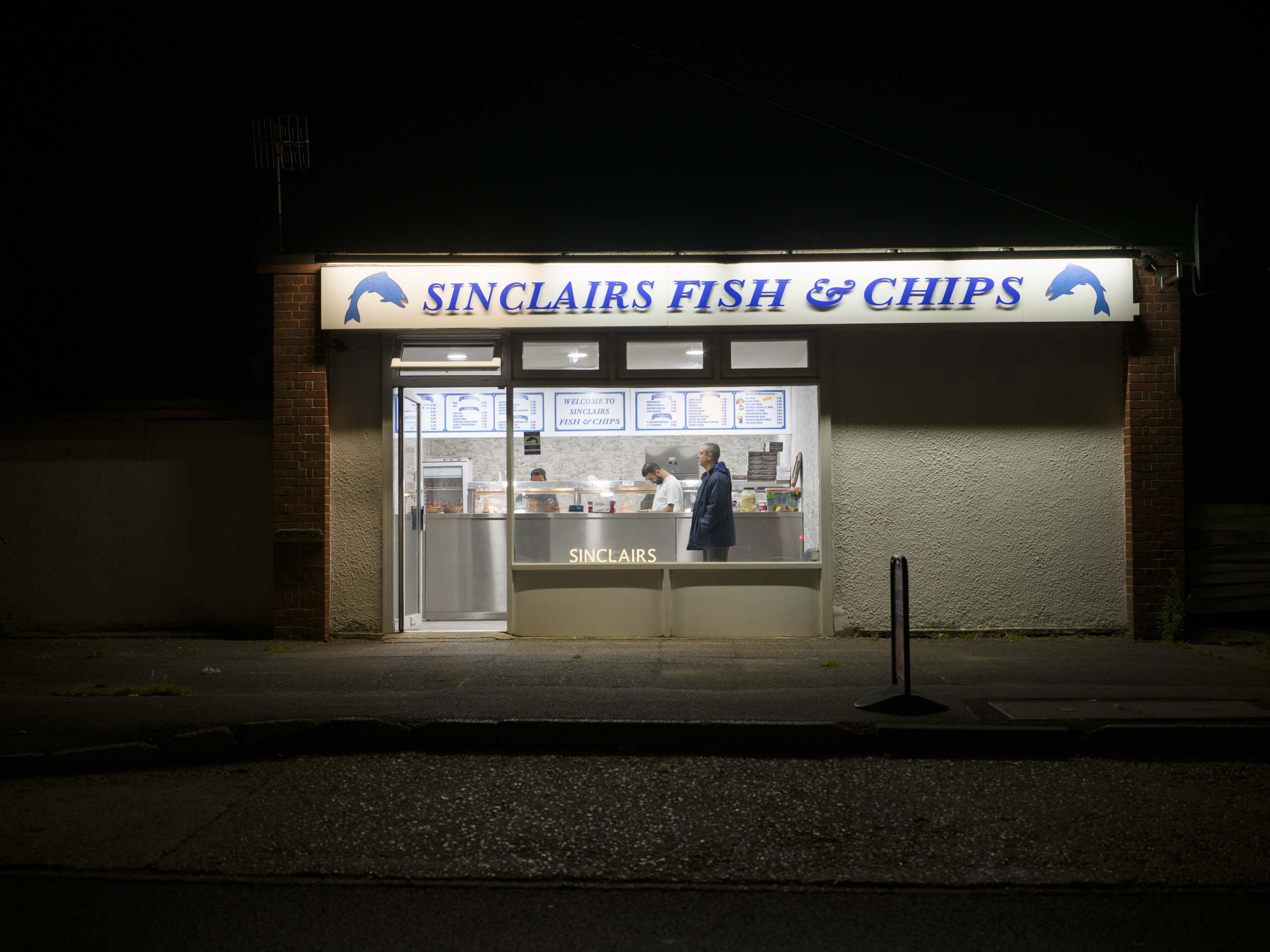
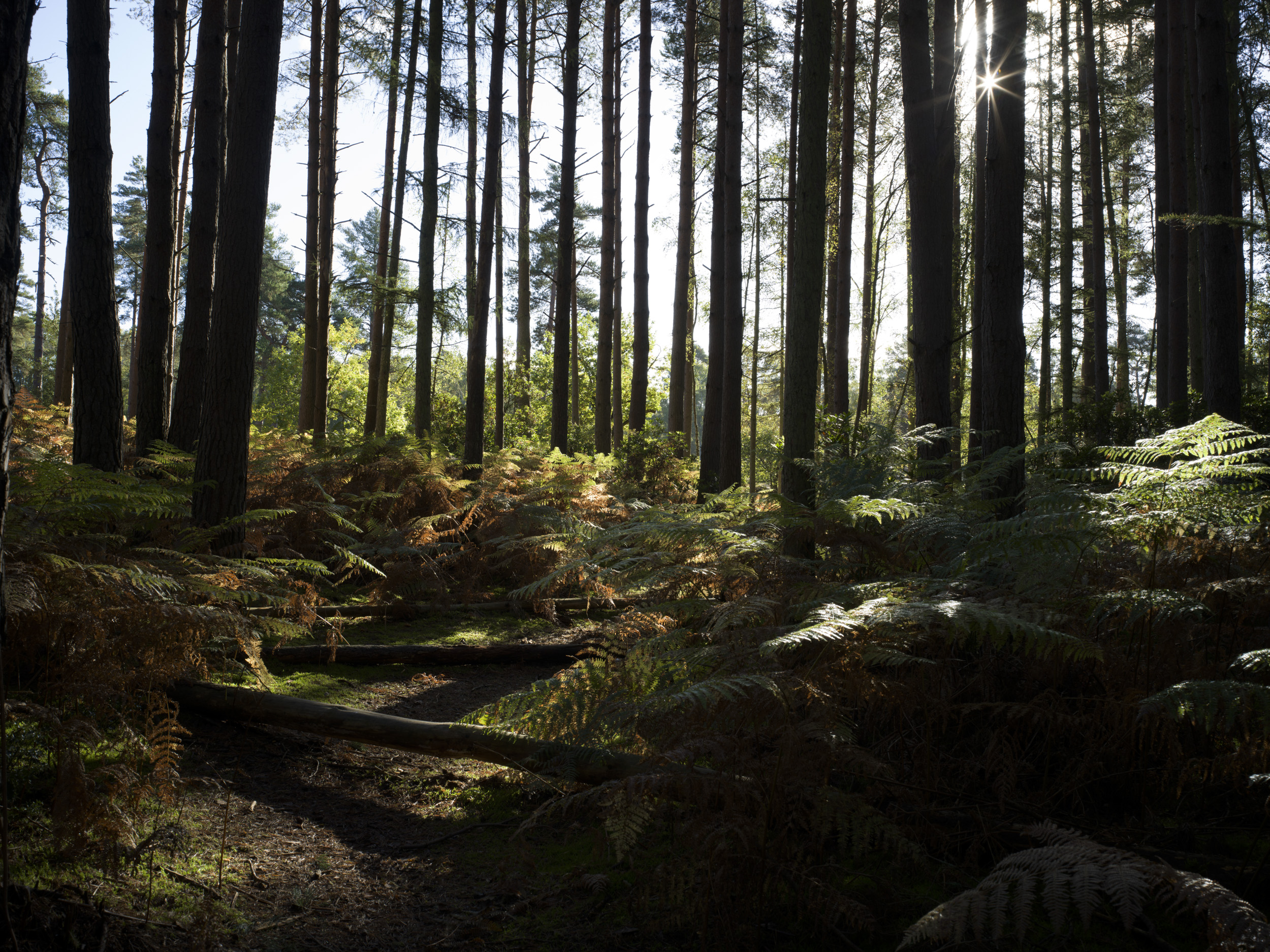
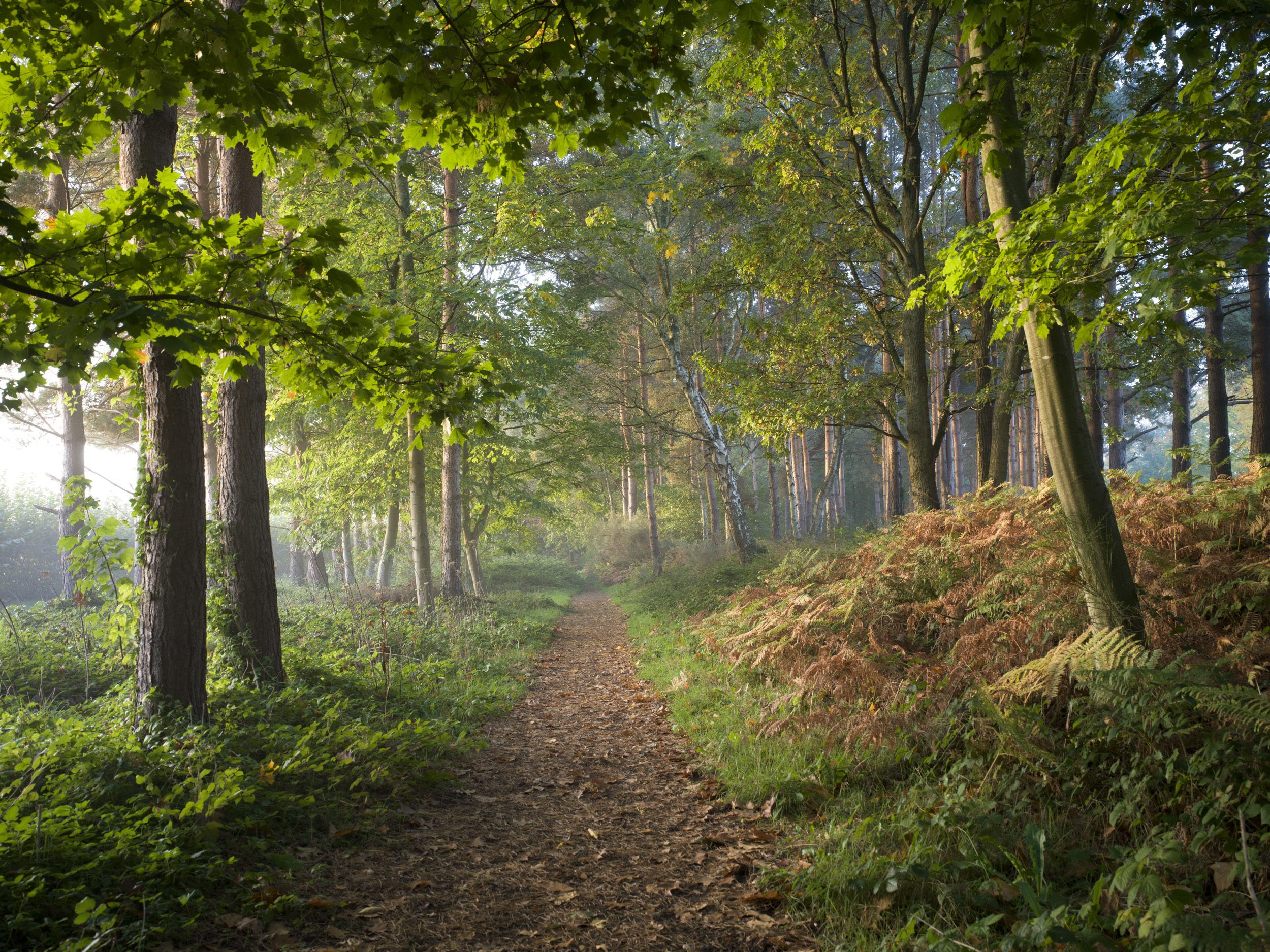
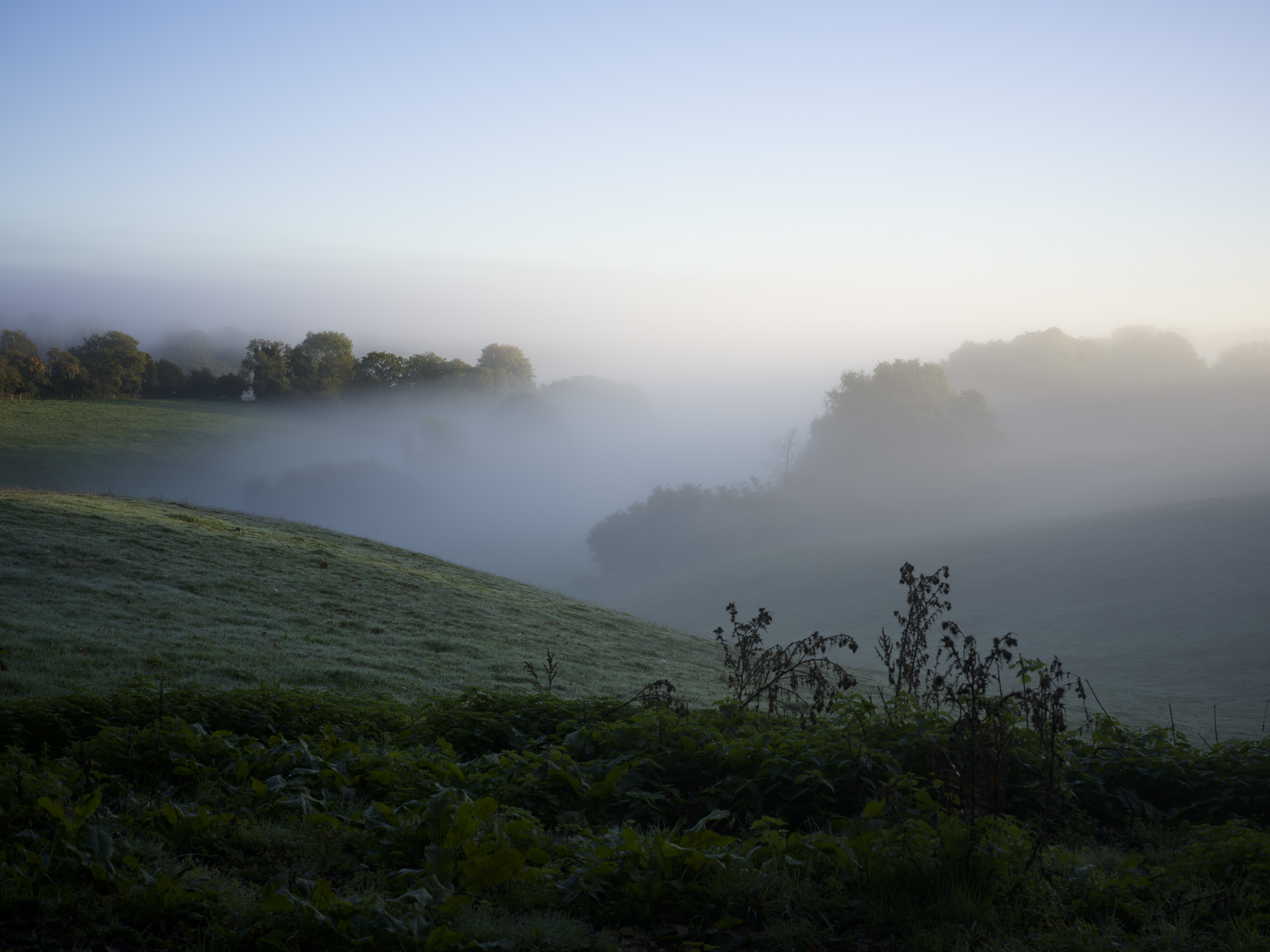
✅ You love design: Hasselblad X System cameras are the most beautifully designed digital cameras around with spot on handling, too.
✅ You’re a stickler for color: Where the X2D’s image quality truly stands out is in color rendition and dynamic range.
❌ You need to keep up with the action: Hasselblad's best autofocus yet is still slower than 10-year-old high-end DSLRs.
❌ You want all the features: The X2D is a purist photography experience and doesn't even record video.
If money is no object and you want the very best image quality, then the Hasselblad X2D 100C is our top pick. It’s very much a camera for photography purists – in fact it doesn’t shoot video at all – but it’s far from being outdated. We love its refreshing simplistic design and ergonomics that lets you focus on taking pictures. We also appreciated the convenience of its built-in 1TB of SSD storage. And then there’s its 100MP medium format sensor that produces images packed with detail and unmatched color rendition, while its in-body image stabilization – a first for Hasselblad – eliminates the need for a tripod, which was previously unthinkable for a medium format camera.
That’s not to say it doesn’t occupy a narrow niche: burst shooting tops out at 3.3fps, and even with speed enhancements, its autofocus still lags far behind the latest mirrorless models. Its native lens range is also lacking a proper telephoto option. Yet despite these drawbacks, the X2D is right up there with our favorite medium format cameras, and one to get with that winning lottery ticket.
Read our in-depth Hasselblad X2D 100C review
The best professional DSLR camera

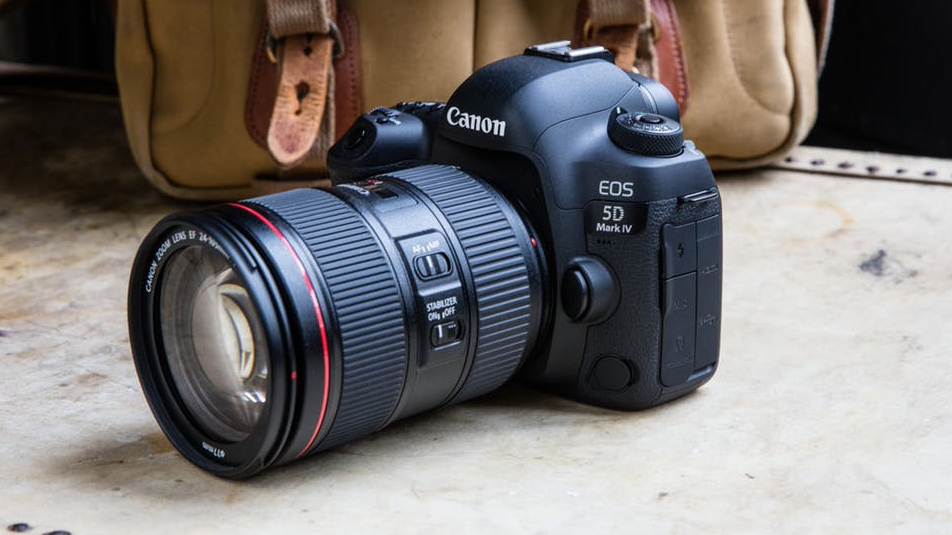
Specifications
Reasons to buy
Reasons to avoid
Canon EOS 5D Mark IV sample images
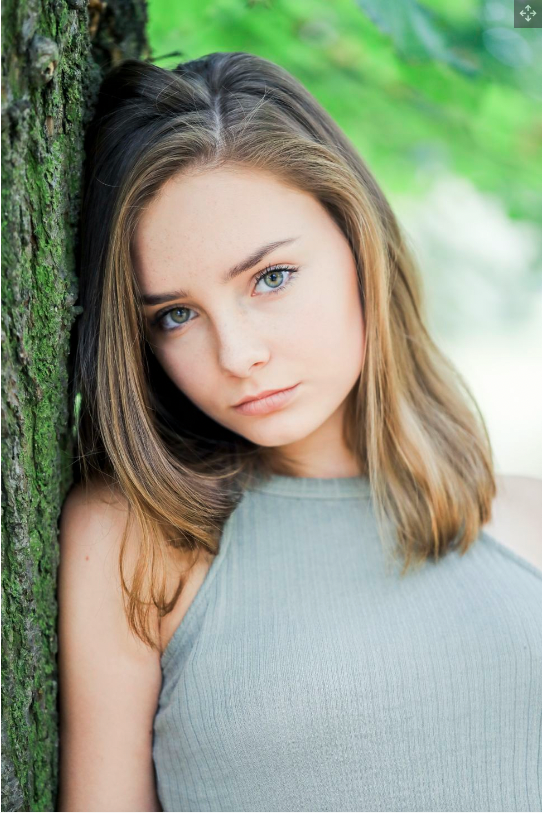
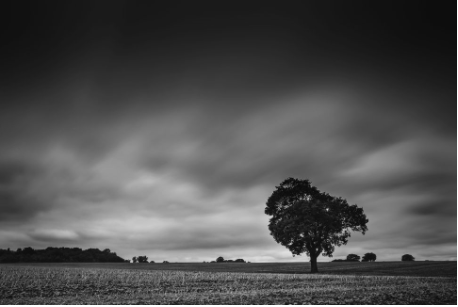
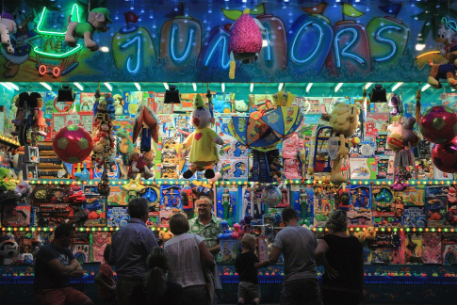

✅ You want the best DSLR performance: From autofocus to resolution, the EOS 5D Mark IV sets the bar for pro-grade DSLR models.
✅ You shoot a range of subjects: Whether you shoot landscapes or wildlife, the Mark IV's versatility means it can handle almost any scenario.
❌ You shoot a lot of video: DCI 4K video capture is a welcome addition, but a 1.64x crop limits is usefulness for videographers.
❌ You have a limited budget: Even compared to rivals like the Nikon D850, the Canon EOS 5D Mark IV commands a high price.
For professionals who prefer the feel of a DSLR, we think the Canon EOS 5D Mark IV is the best option available today. There’s no escaping that it represents a significant investment, but our review found that the Mark IV does plenty to justify the outlay for serious shooters. Predictably, its 30.4MP full-frame sensor turns out fantastic amounts of detail. Our tests revealed improved dynamic range and high ISO performance compared to the 5D Mark III. We were also impressed by the reliability of the metering system, while AF tracking performed reliably well, even with a bias towards the center of the frame.
Though at times we wished for a vari-angle display, the touchscreen interface is still a welcome addition, and a neat complement to the large viewfinder. All this in a package that feels well put together and wonderfully familiar. Provided video isn’t high on your agenda – there’s a heavy 1.64x crop on 4K footage – we think the EOS 5D Mark IV is a fantastically well-rounded and versatile DSLR for photography.
Read our in-depth Canon EOS 5D Mark IV review
Find savings on Canon cameras with our Canon promo codes.
Also consider
Since 2008, we've reviewed hundreds of cameras and whittling this list down to 12 entries was not easy. There are plenty of alternatives for each of the entries above, so let's take a look at each one:
Best Nikon Z6 III alternatives – Sony A7 IV and Canon EOS R6 Mark II: Sony's A7 IV is the slowest of these three options, but it delivers the sharpest stills thanks to a higher-resolution 33MP sensor. Canon's EOS R6 Mark II has more in common with the Z6 III, but Nikon's model has the edge in many areas, especially handling. Meanwhile, you could save some cash by opting for the Nikon Z6 II instead – for many scenarios it offers the same picture quality.
Best alternative hybrids for pros – Canon EOS R5 Mark II / Nikon Z8 and Sony A1 II: The EOS R5 Mark II was our camera of the year for 2024 – a huge upgrade from the EOS R5 in every way being faster and more reliable, with stacked sensor, near-perfect autofocus and useful AI-powered editing features. Likewise, the Z8 is probably Nikon's best-ever camera, offering almost everything the Nikon Z9 can do but in a smaller and cheaper package. Where the Z9 is better for sports pros is its larger body and better battery life. Most recently, Sony launched the A1 II, its own best-ever camera with refined handling, 50MP stills, 8K video and blazing fast speed and autofocus. However, it's the priciest of the bunch, by some margin.
Best for speed – Sony A9 III: A mirrorless speed machine with a global shutter, the A9 III has unbelievable burst speeds, incredibly reliable autofocus and suffers from zero rolling shutter. You’ll pay for the privilege, but this is a remarkable tool for high-speed action photography.
Best premium instant – Polaroid I-2: It doesn’t come cheap and neither does I-type film, but the Polaroid I-2 delivers an arsenal of shooting options, thanks to its full manual exposure controls, sharp lens and impressive LiDAR autofocus. You also get Bluetooth control via the app.
Best creative instant – Fujifilm Instax Mini 99: A well-built and grown-up instant camera, the Instax Mini 99’s intuitive controls make it easy for beginners to use, while also offering experienced photographers the flexibility of creative controls. You’ll need to budget for film refills, though.
Best money-no-object compact – Leica Q3: A premium compact like no other, the Leica Q3 is incredibly expensive but also incredible to shoot with. A beautifully built camera that feels wonderful in the hand, its 60.3MP sensor and fixed 28mm prime lens are capable of stunning results.
Best affordable medium-format – Fujifilm GFX 100S II: One of the best medium format cameras for most people, the GFX 100S II offers excellent ergonomics, reliable image stabilization and superb image quality from its 102MP sensor – all at a lower price than the flagship GFX100 II.
Best cheap mirrorless – Canon EOS R100: A pared-back version of the Canon EOS R50, the R100 features the same 24MP APS-C at a lower price. Sitting at the bottom of Canon’s RF mount mirrorless range, it isn’t packed with features, but it’s a very affordable entry point.
How to choose the best camera for you
The main thing to look at when buying a digital camera is sensor size. Larger isn't always better, but it is a good guide to what kind of camera it is, how expensive the lenses will be, and who it's aimed at. In general, Micro Four Thirds and APS-C cameras are for both hobbyists and pros, while full-frame models tend to be strictly for advanced photographers with bigger budgets. Compact cameras with 1-inch sensors are for travel zooms and everyday photography.
Other features to look out for are viewfinders (electronic or optical), which are considered essential by most photographers, and handling. If you're likely to want to use longer lenses, then a good grip is essential. You should also consider which lenses you're likely to need for your favorite types of photography – for example, bright prime lenses are better for portraits and street shooting, while wide-angle zooms are more useful for landscapes. Deciding which camera system, including lenses, is the best for you is often better than choosing a camera in isolation.
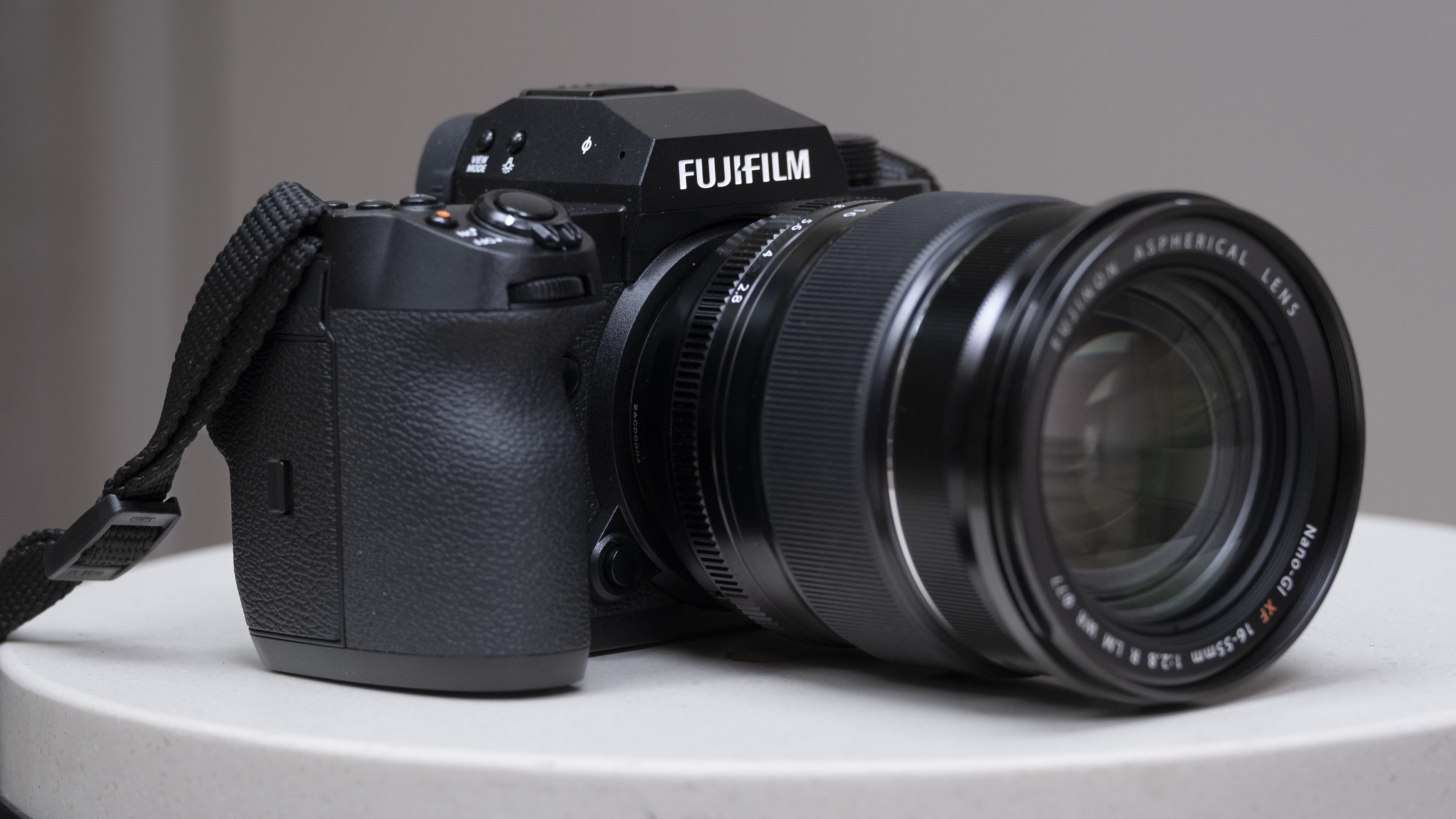
What type of camera is best for photography?
As you’ll find in our comprehensive buying guide above, there’s no single factor that defines what type of camera is best for photography. From sensor size to resolution, there are many aspects to bear in mind when choosing a stills camera, which is why it’s a good idea to consider the feedback from our real-world tests when deciding.
The importance of each of these factors will come down to your preferred style of shooting. Objectively speaking, the larger a camera’s sensor, the more light it can gather – and the higher its resolution, the sharper its images will be. That’s why we rate mirrorless cameras such as the Sony A1 II so highly for their stills performance: its 50.1MP full-frame sensor is the class of the field.
But the question isn’t necessarily that simple. The highest resolutions tend to be overkill unless you’re a professional photographer. Equally, full-frame cameras are less travel-friendly due to the size of their sensors. For that reason, you might prefer a mirrorless camera with a high-resolution APS-C sensor, such as the Fujifilm X-H2. Or if you’re just starting out, the best photography camera for you could be an APS-C model with a lower resolution, such as the Canon EOS R10.
The elephant in the room is whether a DLSR is better than a mirrorless camera for photography. For a full analysis of this question, it’s worth reading our mirrorless vs DSLR camera guide. The short summary is that most manufacturers regard mirrorless cameras as the future of photography, with the latest models offering unrivalled performance and results. But that doesn’t necessarily mean you should discount DSLR models, as you can read below.

Are DSLRs best for photography?
DSLRs were long the byword for 'serious' photography, but they're no longer at the top the camera tech tree. Mirrorless cameras, which replace the DSLR's optical viewfinder with a wholly electronic EVF, are now the beneficiaries of the camera giants' latest lenses and autofocus systems. Neither Canon nor Nikon has released a new DSLR in years. That's why our list above is dominated by mirrorless cameras, rather than DSLRs.
That doesn't necessarily mean you shouldn't consider buying a DSLR for photography. Their main benefit now is value for money – their lack of an electronic viewfinder means they're usually cheaper than mirrorless equivalents, and their maturity means they have a wide range of affordable lenses. Classic DSLRs like the Canon EOS 6D are also excellent second-hand buys. But the smarter long-term investments are now mirrorless cameras.

Meet the team
Collectively, our team of reviewers has amassed over a hundred years of camera experience and testing, covering all of the latest and greatest cameras in the last 20 years.

As Cameras Editor, Tim looks after all cameras content on Tech Radar. This includes buying guides, opinions, reviews and news, and covers anything from mirrorless cameras to film and smartphones. He has been cutting his teeth in the photo and video industry for almost 20 years.

Mark is TechRadar's Senior news editor and has been a technology journalist since 2004. Formerly Trusted Reviews and TechRadar's cameras editor, Mark has tested cameras over many years from all of the leading brands.

Amy has been writing about cameras, photography and associated tech since 2009. Amy was once part of the photography testing team for Future Publishing working across TechRadar, Digital Camera, PhotoPlus, N Photo and Photography Week.
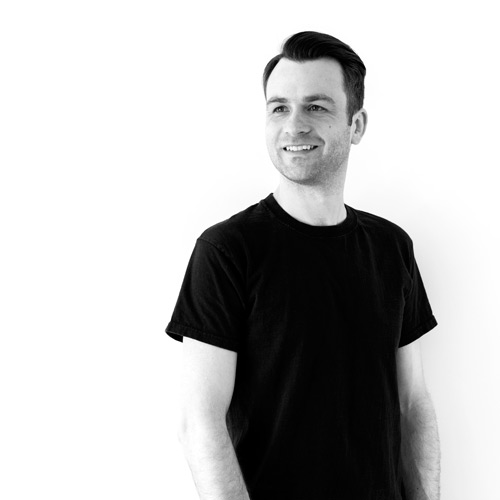
James Abbott is a professional photographer and freelance photography journalist. He contributes articles about photography, cameras and drones to a wide range of magazines and websites where he applies a wealth of experience to testing the latest photographic tech.
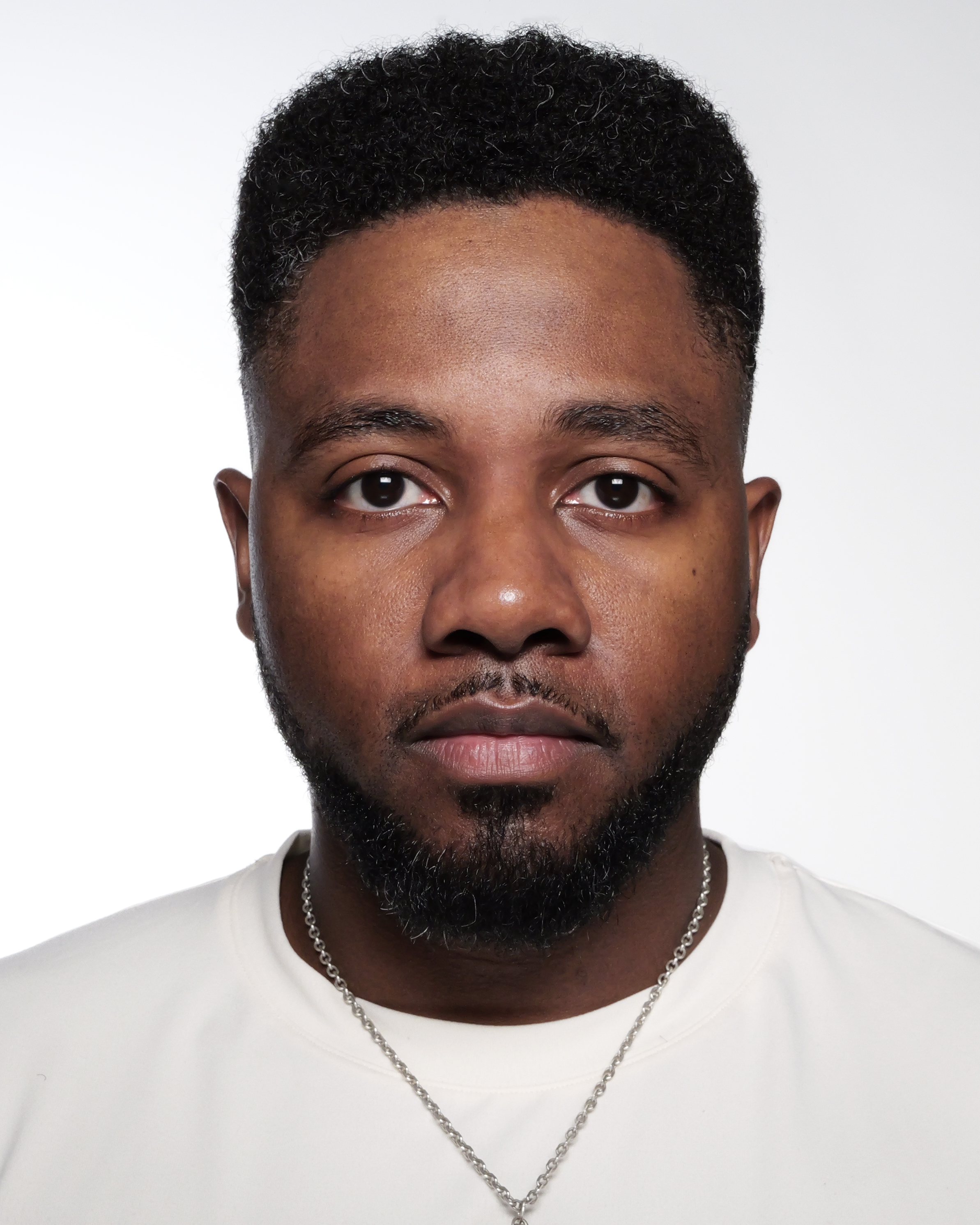
Jon Devo is a seasoned professional with 20 years of experience in photography and videography. After studying Journalism and Psychology at City University London in 2009, he transitioned into presenting and journalism. Jon is the founder of Devoted Creatives, a photo and video studio based in West London.
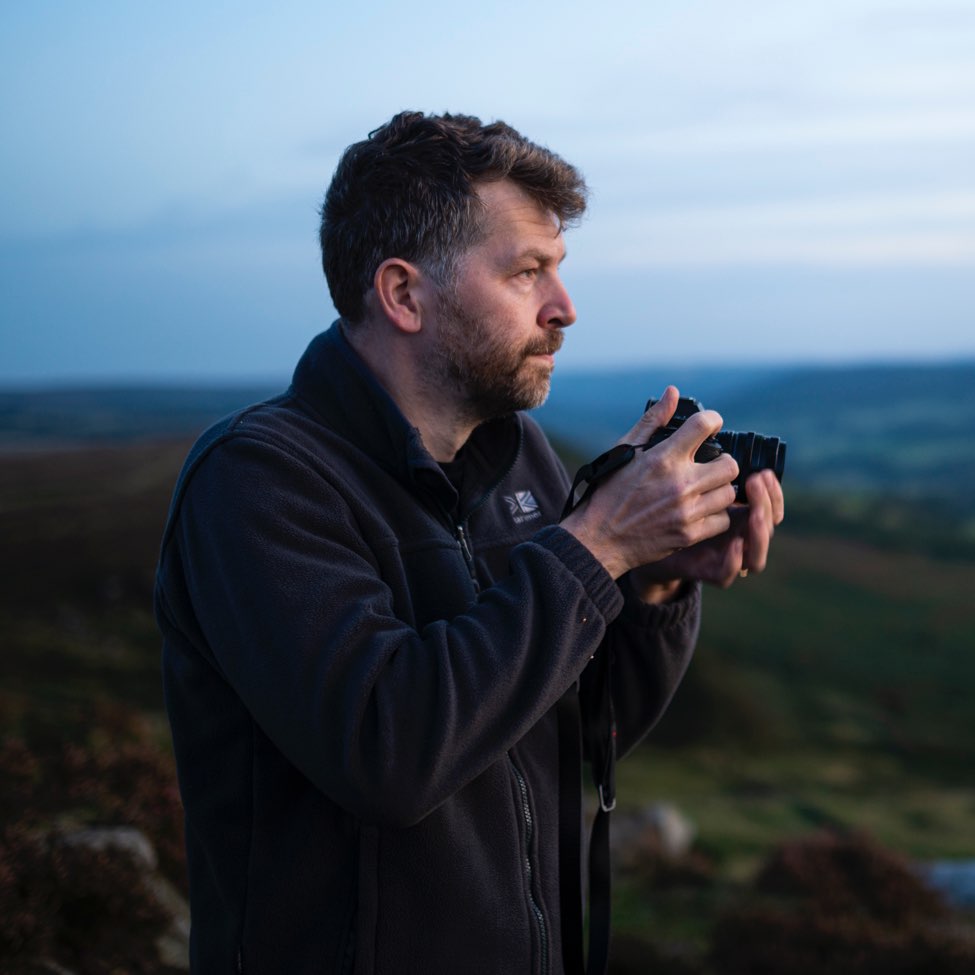
Richard Sibley is a photographer and writer passionate about travel and landscape photography. With over 15 years of experience writing and reviewing in the photo industry, he was formerly Deputy Editor at Amateur Photographer magazine and has had his words and images published in numerous other magazines and websites.
How we test cameras
☑️ 100s of cameras reviewed
☑️ 15 years of product testing
☑️ Over 16,000 products reviewed in total
☑️ Nearly 200,000 hours testing tech
The best cameras for photography don't going to come cheap these days, and so it's important to read up on real-world tests such as TechRadar's which are the most revealing way to understand a camera's performance and character, so we focus heavily on those, along with standardized tests for factors like ISO performance.
To start with, we look at the camera's design, handling and controls to get a sense of what kind of photographer it's aimed at and who would most enjoy shooting with it. When we take it out on a shoot, we'll use it both handheld and on a tripod to get a sense of where its strengths lie, and test its startup speed.
Regarding performance, we use the fastest supported memory card type (whether that's UHS-I, UHS-II, CFexpress and so on) and make sure it's formatted, then shoot photos in both raw and JPEG (if available). We have standardized camera settings to test burst shooting (1/250 sec, ISO 200, continuous AF) – we then select the various burst shooting modes and shoot sequences in front of a stopwatch to record how long sequences last, the number of frame and how quickly the buffers clears, repeating the test for both raw and JPEG files.
In various lighting conditions, we also test the camera's different autofocus modes (including Face and Eye AF) in single point, area and continuous modes. We also shoot a range of photos of different styles (portrait, landscape, low light, macro/close-up) in raw and JPEG to get a sense of metering and its sensor's ability to handle noise and resolve fine detail.

If the camera's raw files are supported by Adobe Camera Raw, we'll also process some test images to see how we can push areas like shadow recovery. And we'll also test its ISO performance across the whole range to get a sense of the levels we'd be happy to push the camera to.
Battery life is another important consideration. We start our test with a fully charged battery and run our usual camera testing until the battery has reached zero. We then count how many shots were possible and check that number against the camera's official CIPA rating – the results can differ for better or for worse. Finally, we test the camera's video skills by shooting some test footage at different frame-rates and resolutions, along with its companion app.
We then take everything we've learned about the camera and factor in its price to get a sense of the value-for-money it offers, before reaching our final verdict.
Sign up for breaking news, reviews, opinion, top tech deals, and more.

Tim is the Cameras editor at TechRadar. He has enjoyed more than 15 years in the photo video industry with most of those in the world of tech journalism. During his time as Deputy Technical Editor with Amateur Photographer, as a freelancer and consequently editor at Tech Radar, Tim has developed a deeply technical knowledge and practical experience with cameras, educating others through news, reviews and features. He’s also worked in video production for Studio 44 with clients including Canon, and volunteers his spare time to consult a non-profit, diverse stories team based in Nairobi. Tim is curious, a keen creative, avid footballer and runner, and moderate flat white drinker who has lived in Kenya and believes we have much to enjoy and learn from each other.
- Mark WilsonSenior news editor
- Chris Rowlands